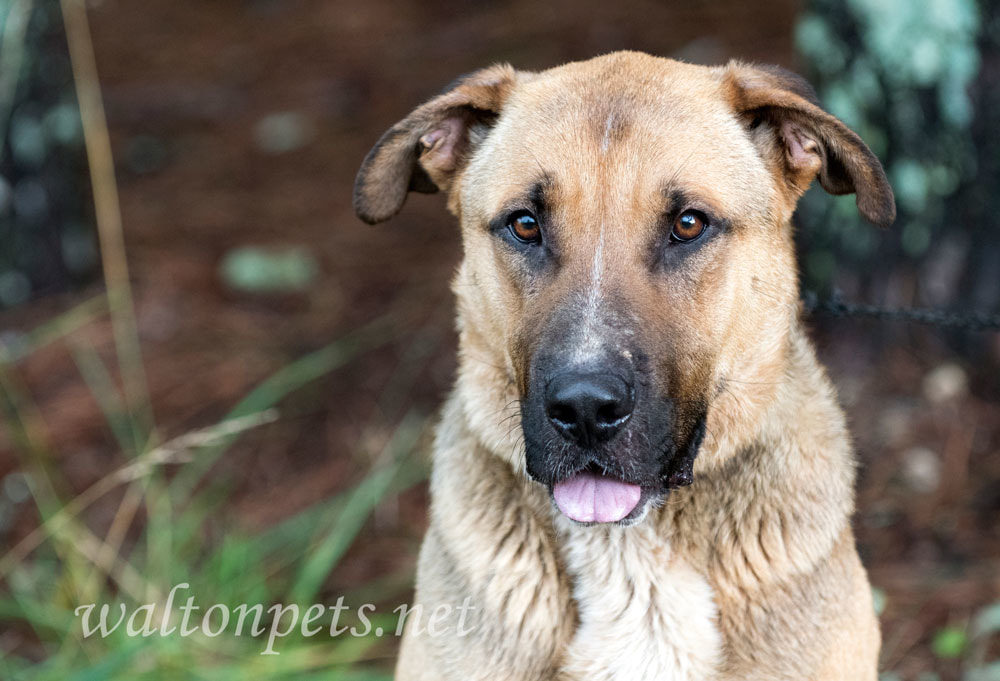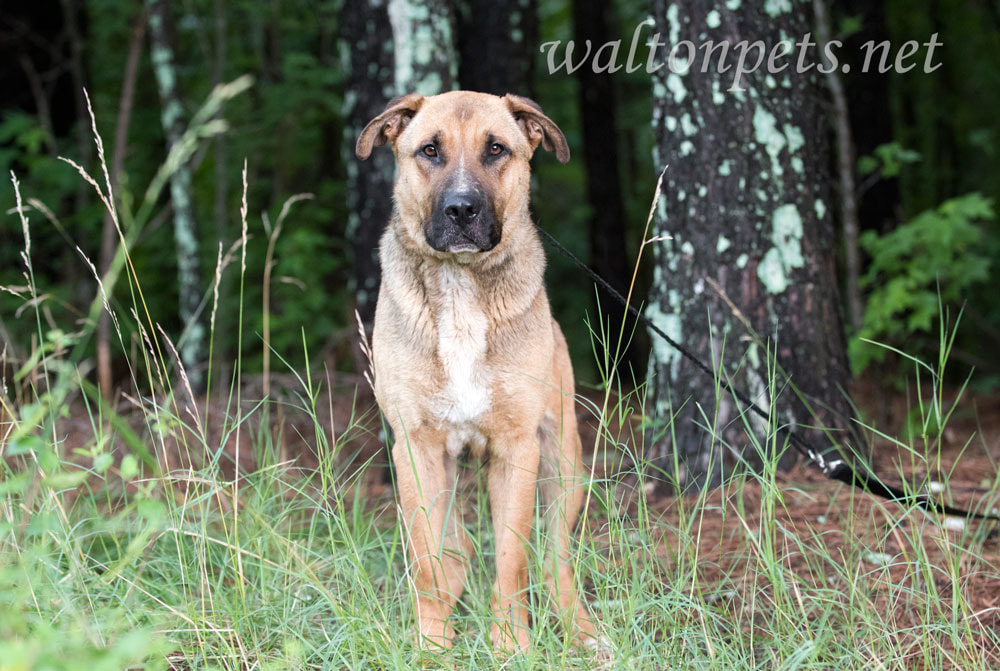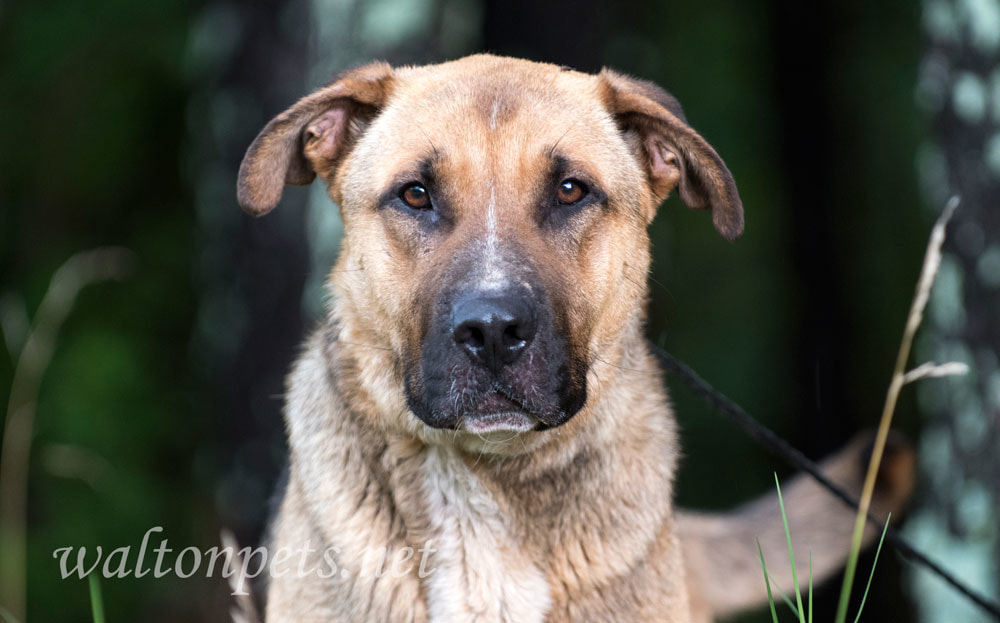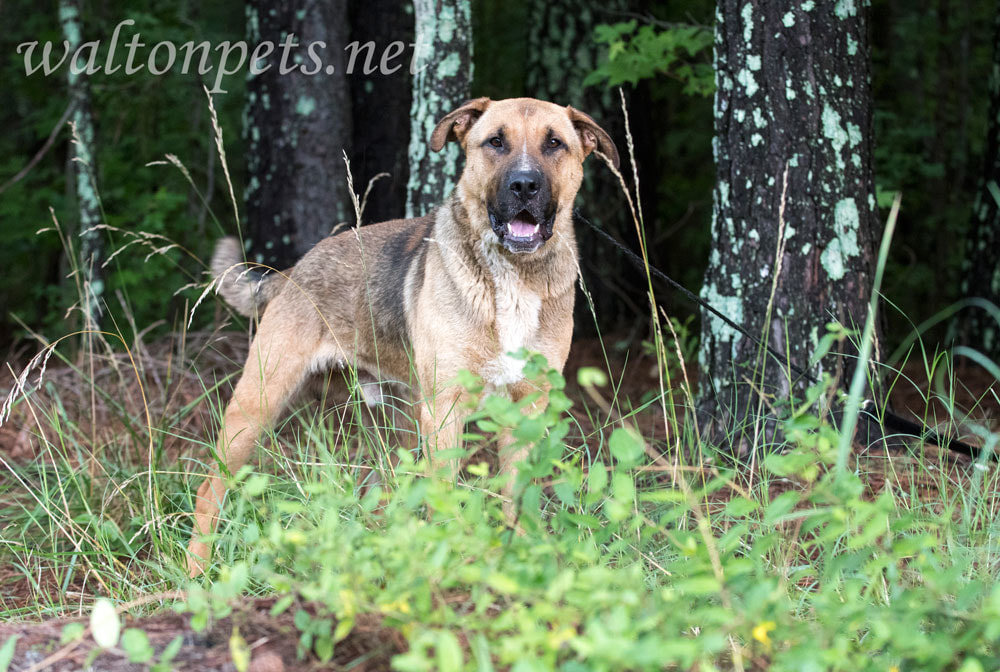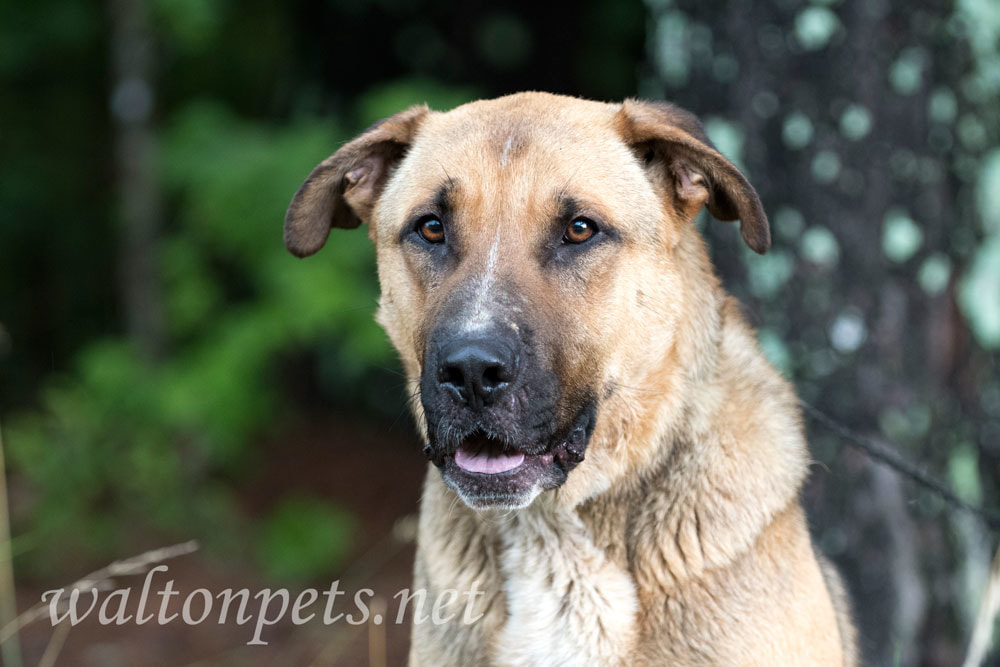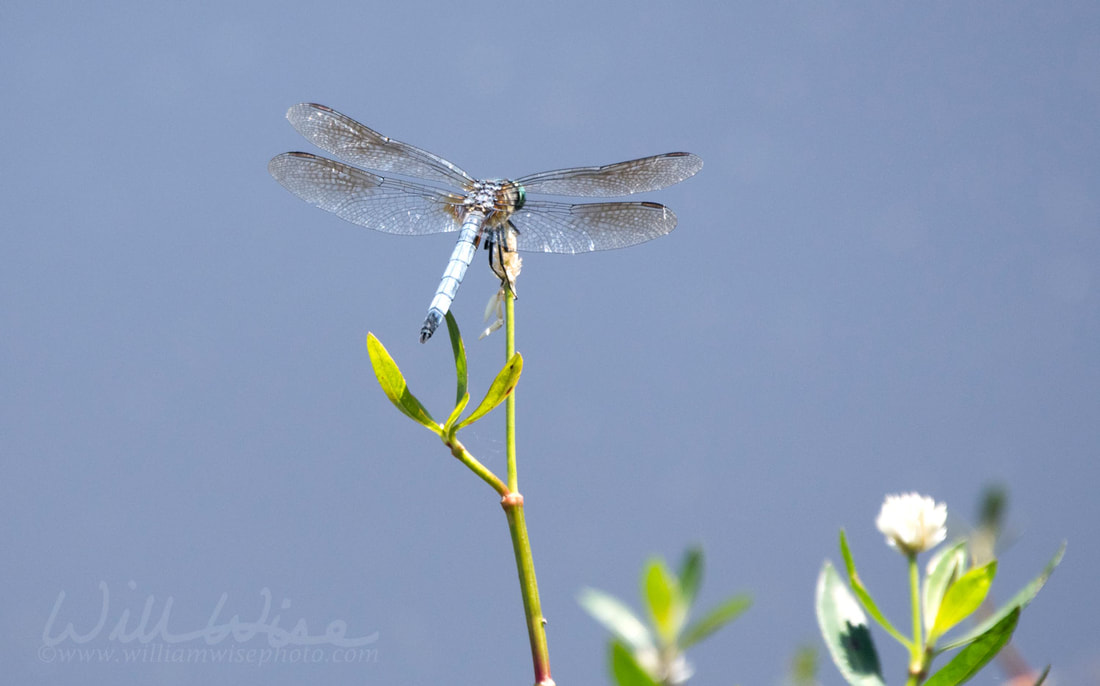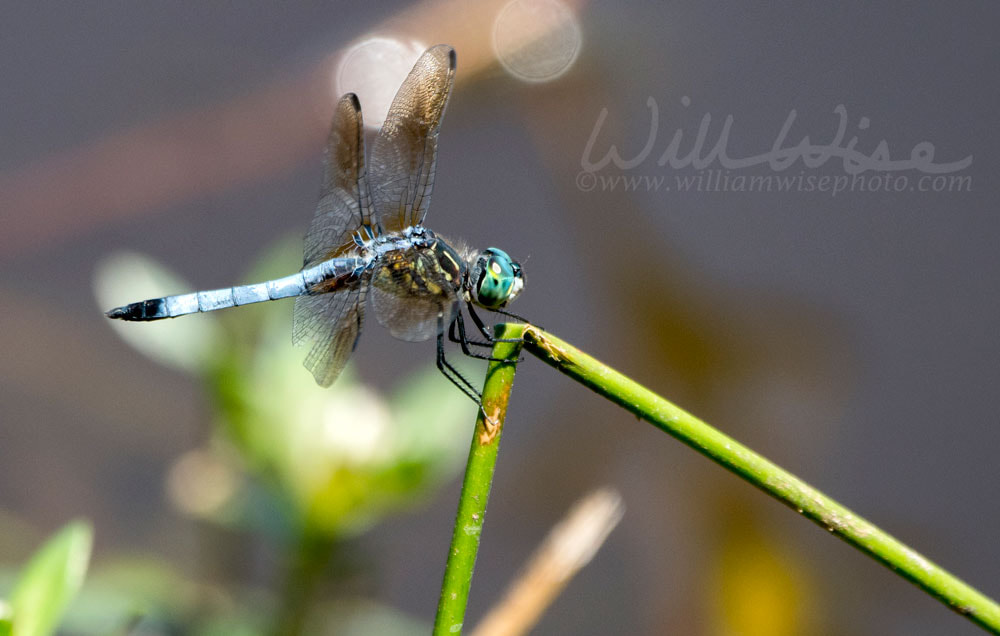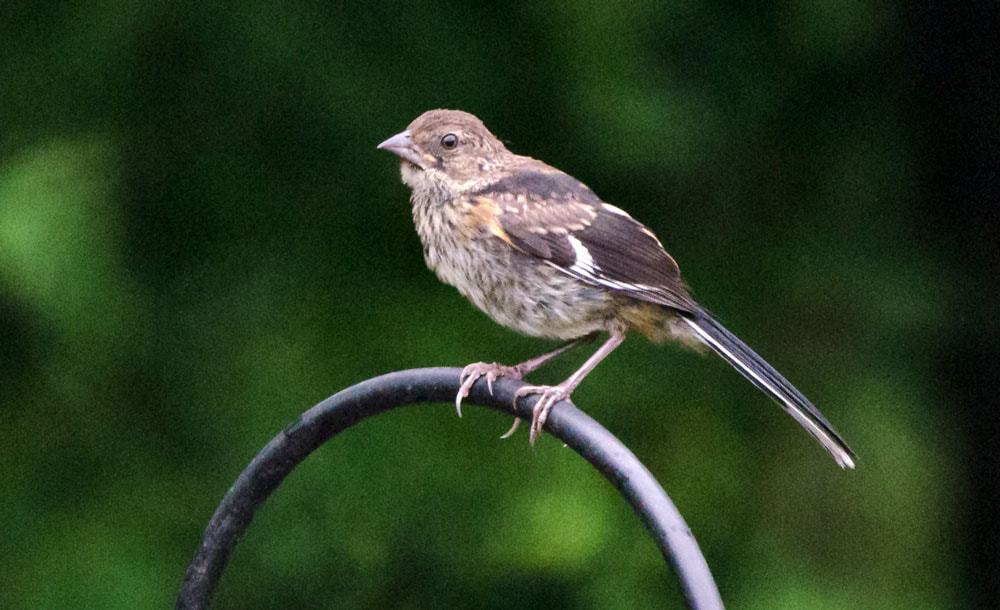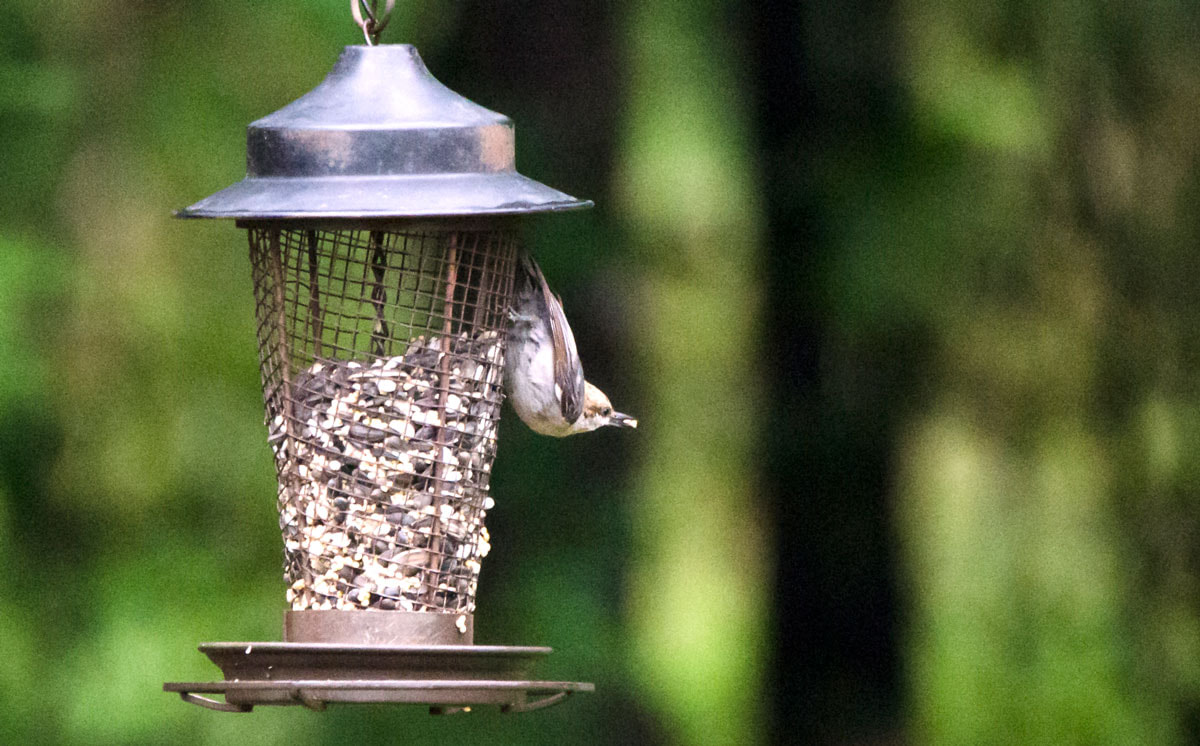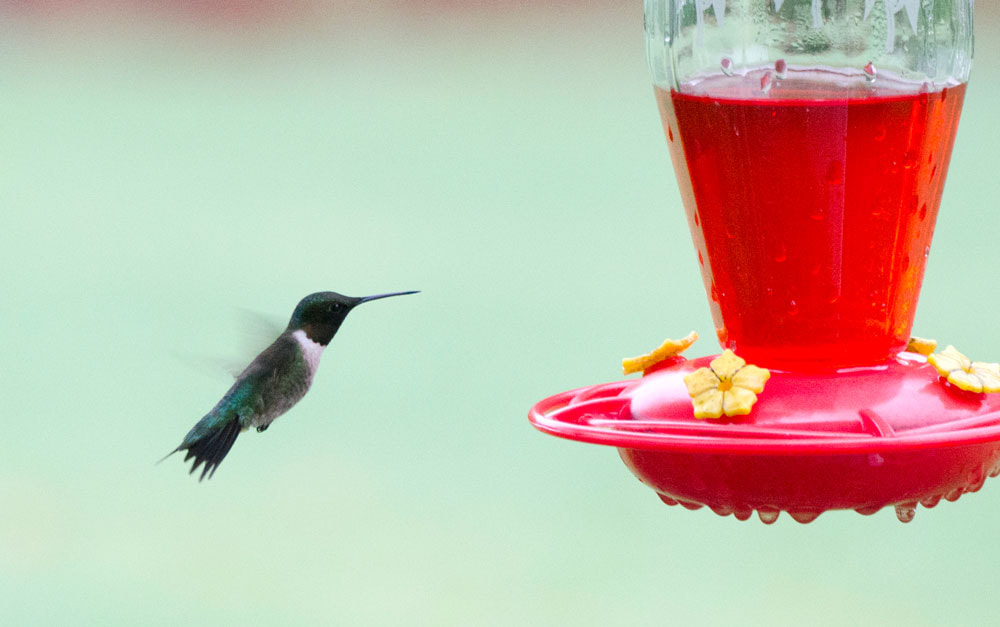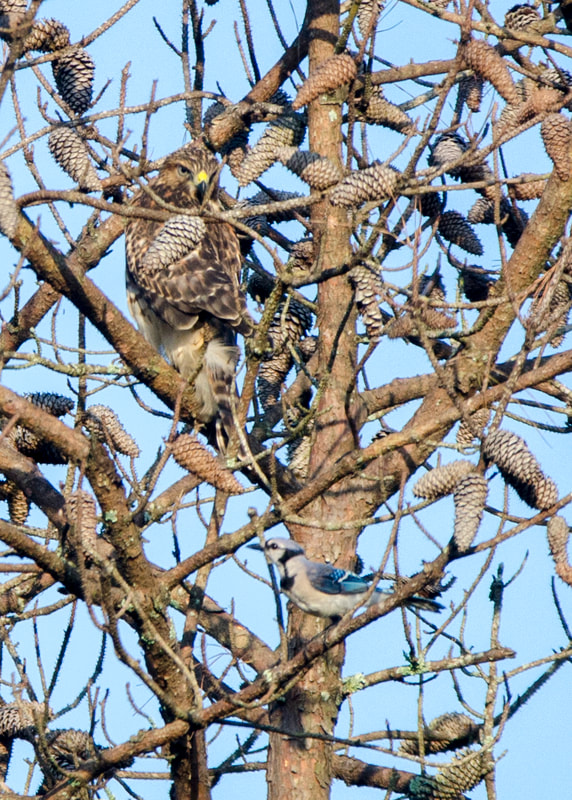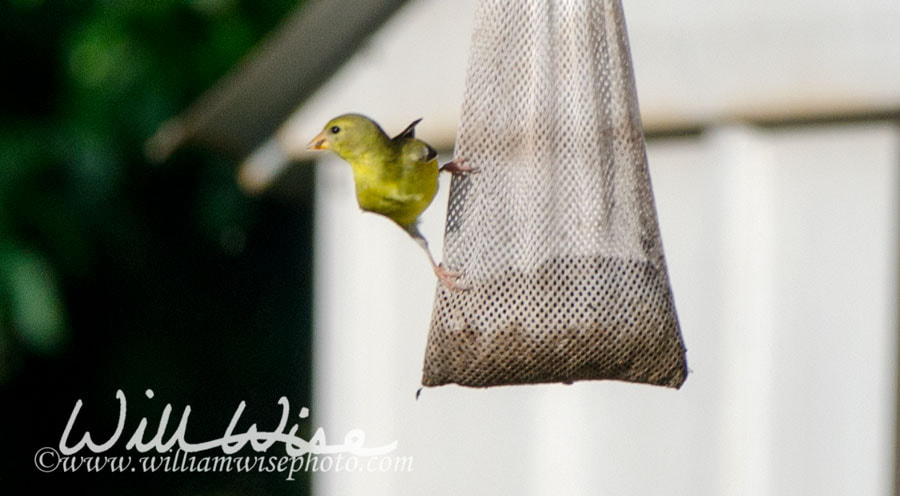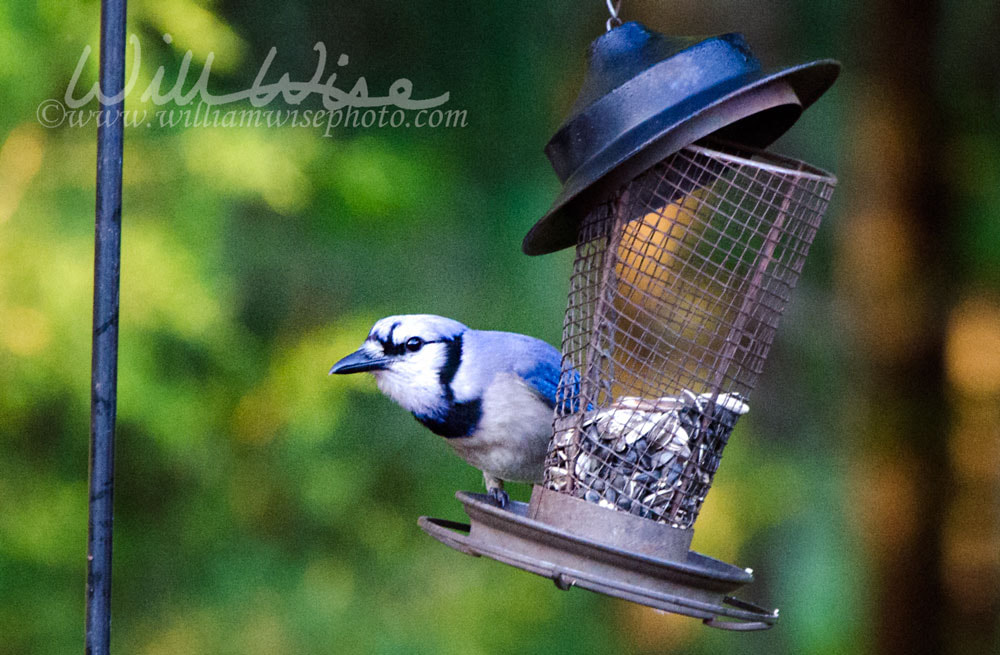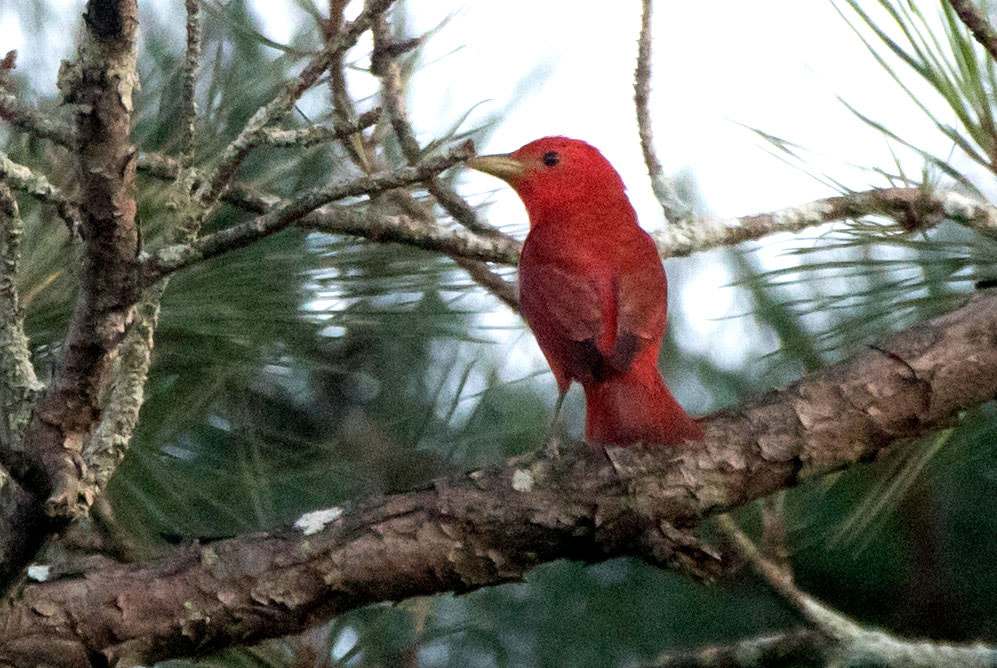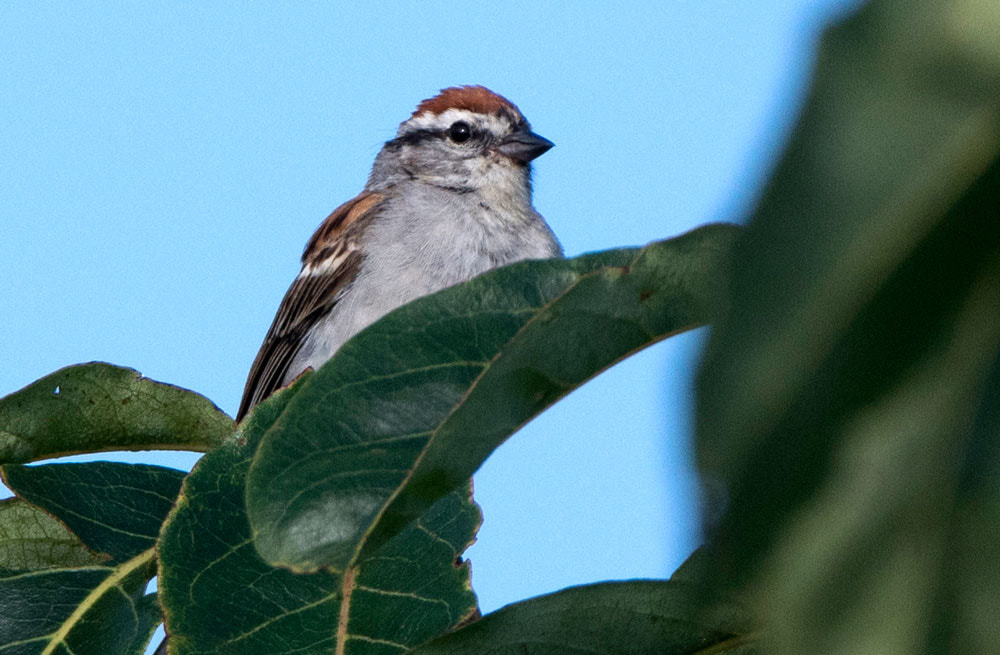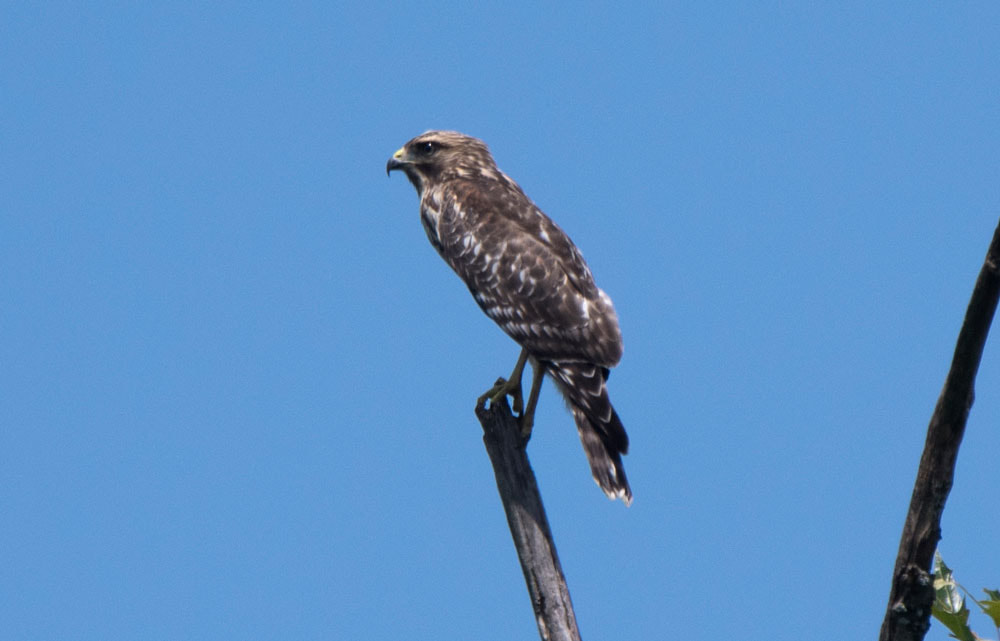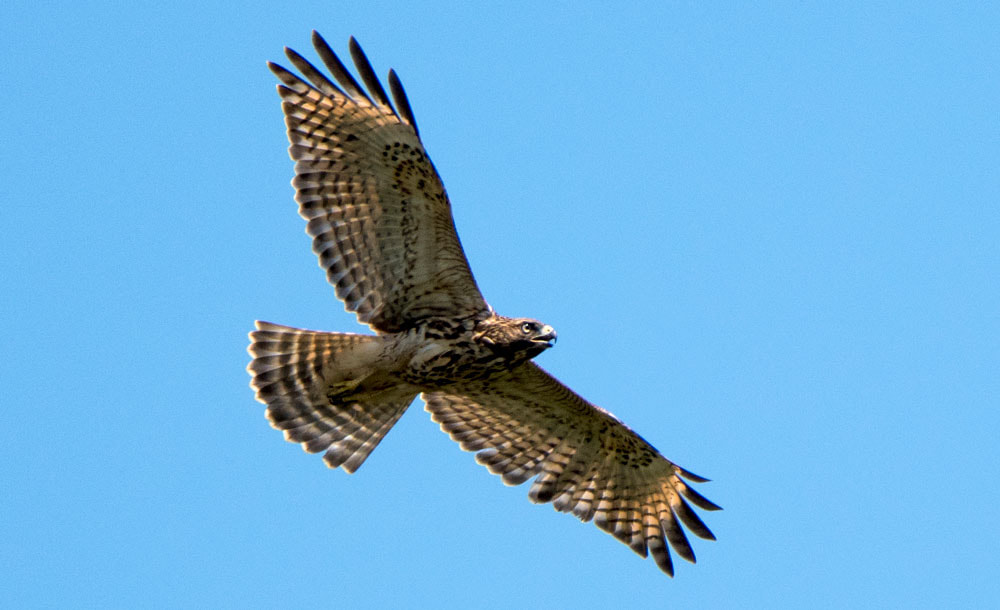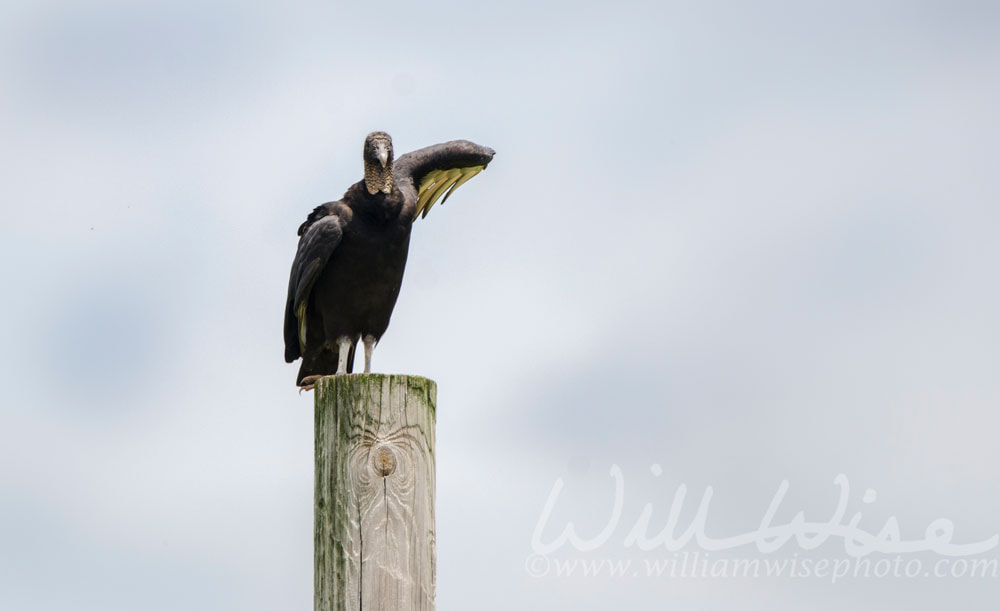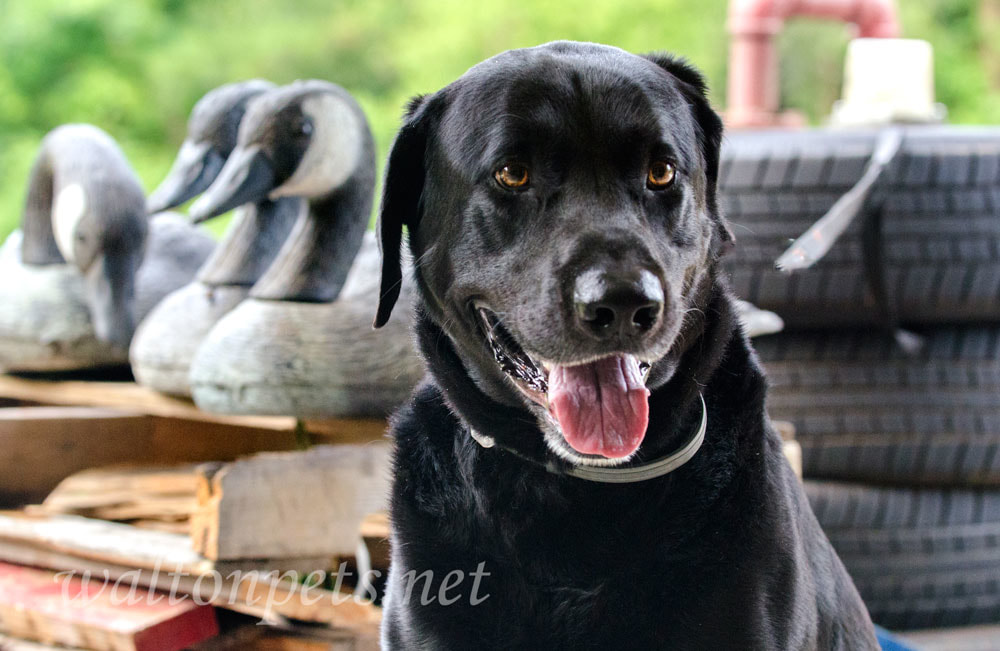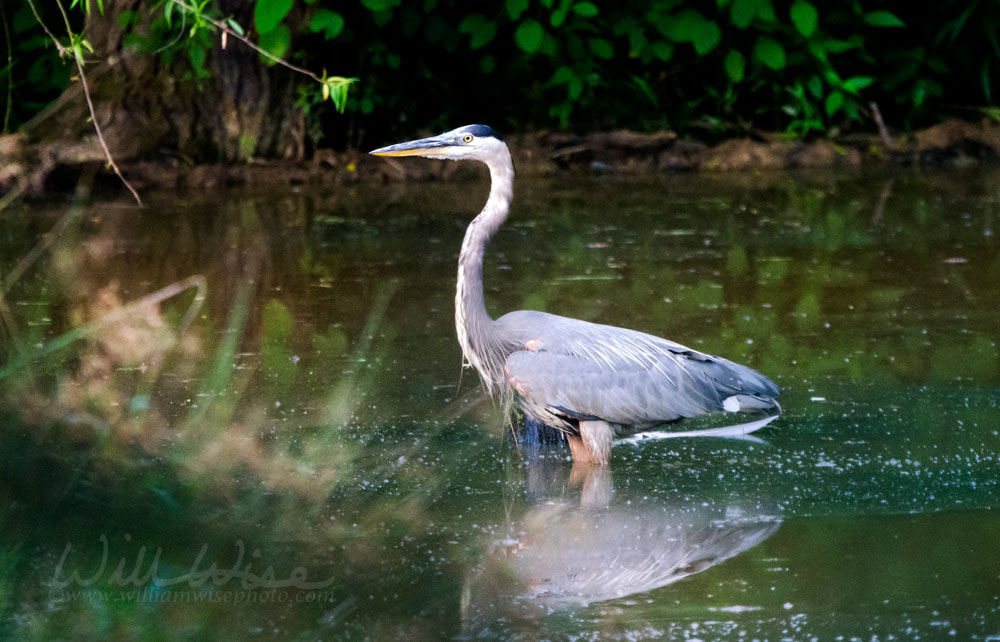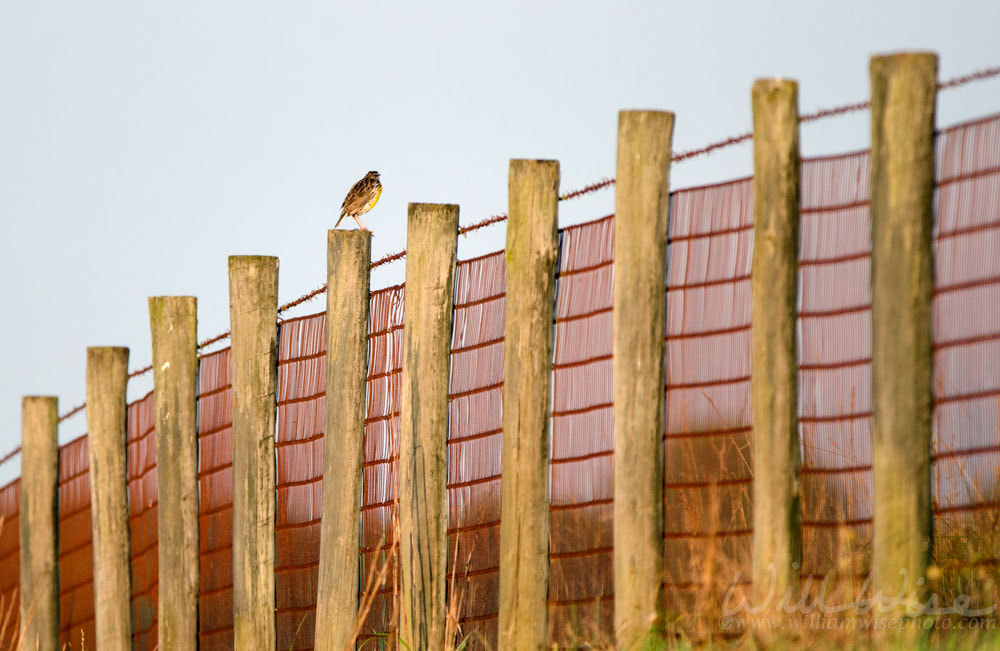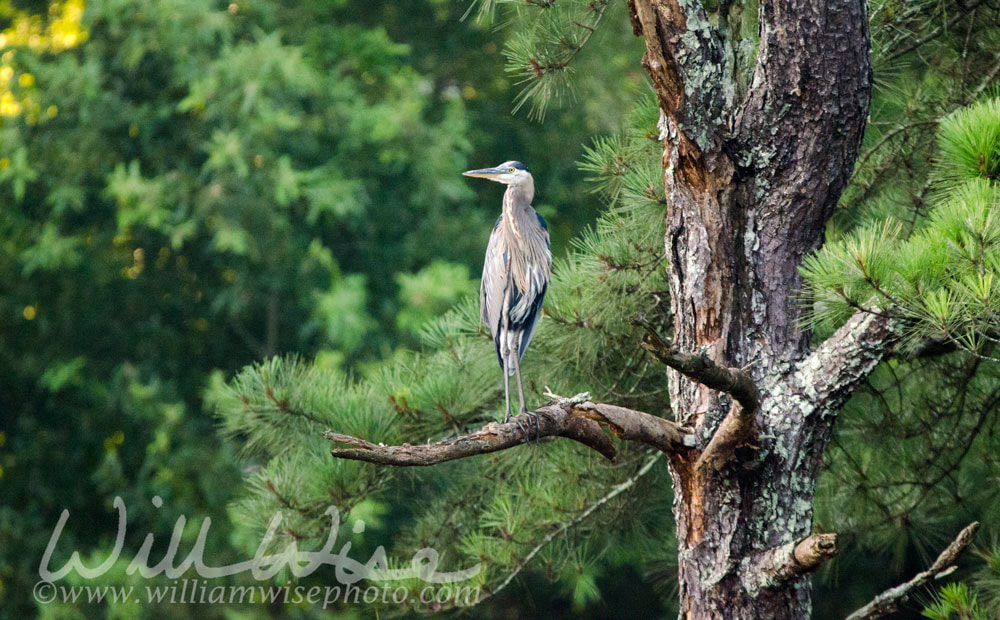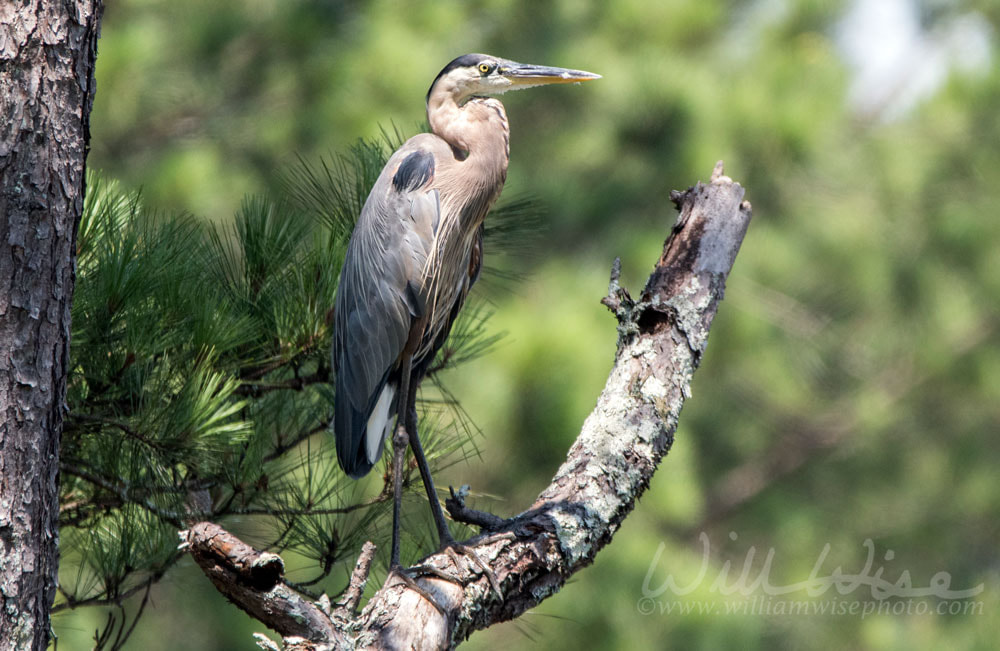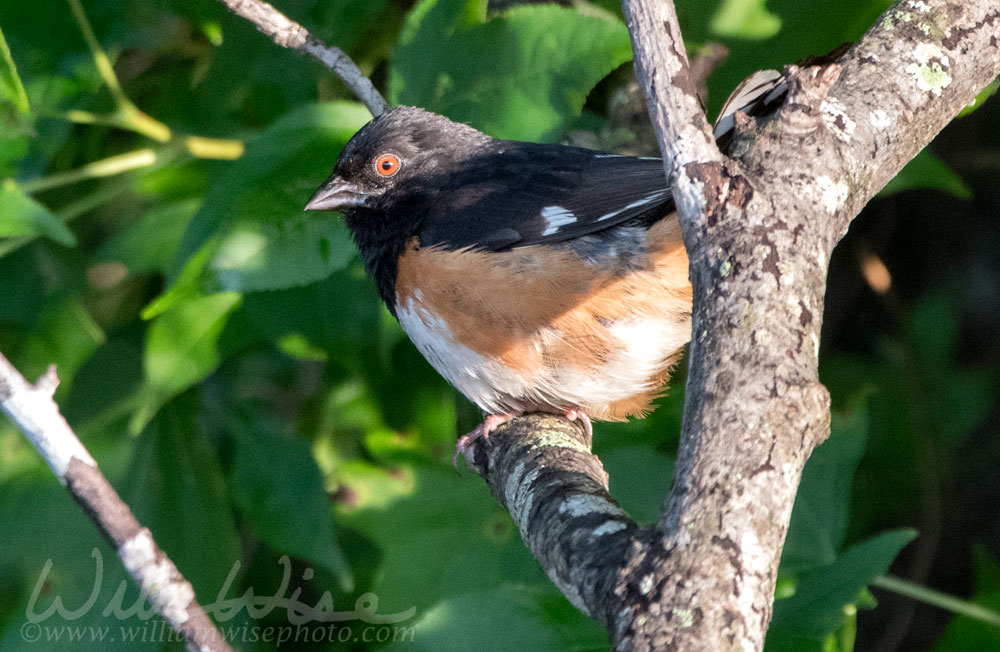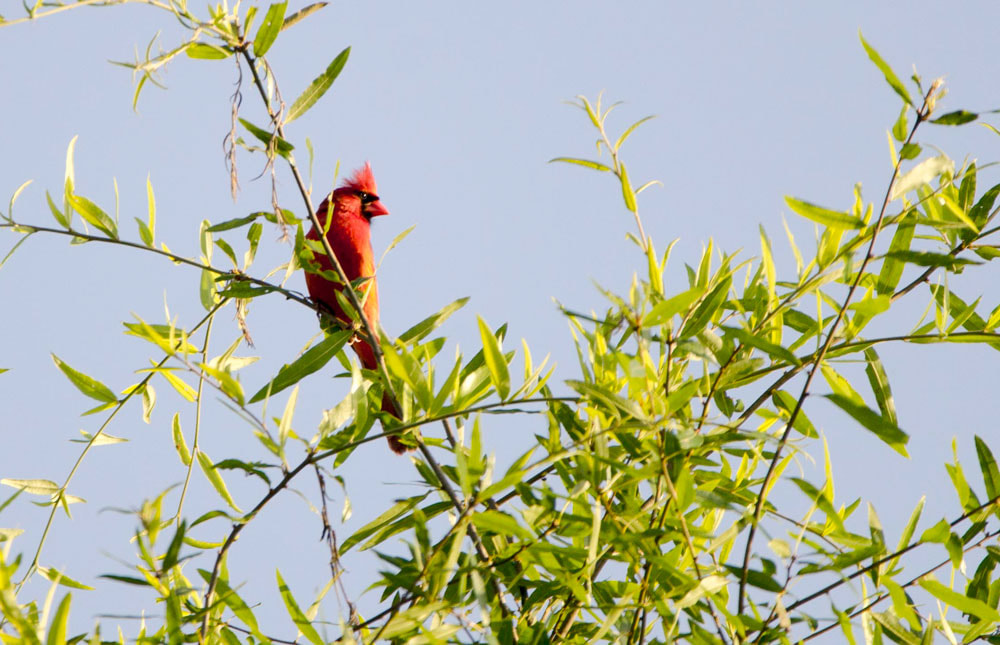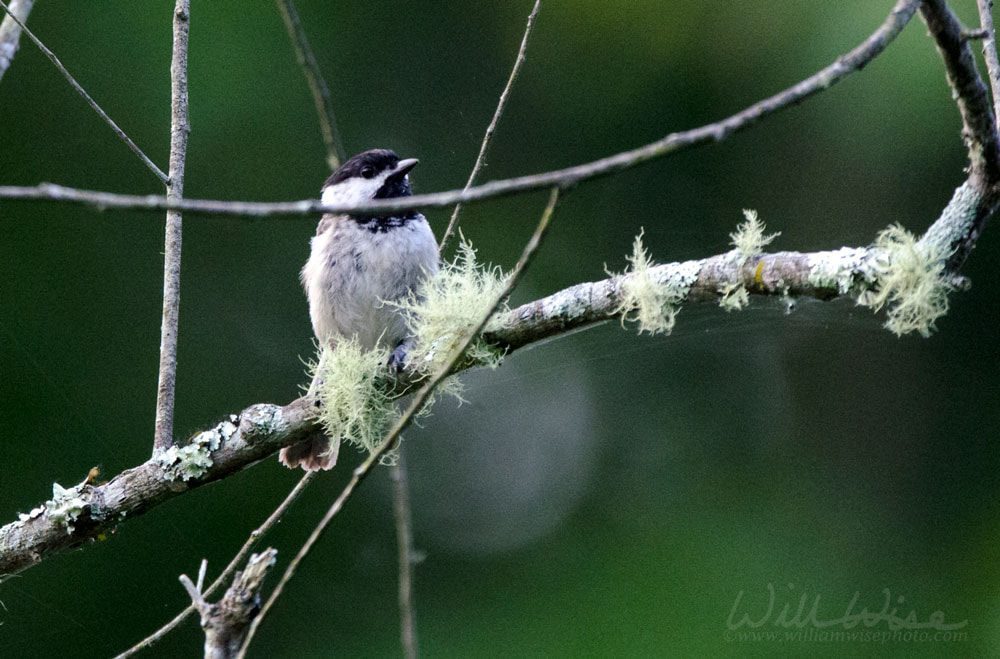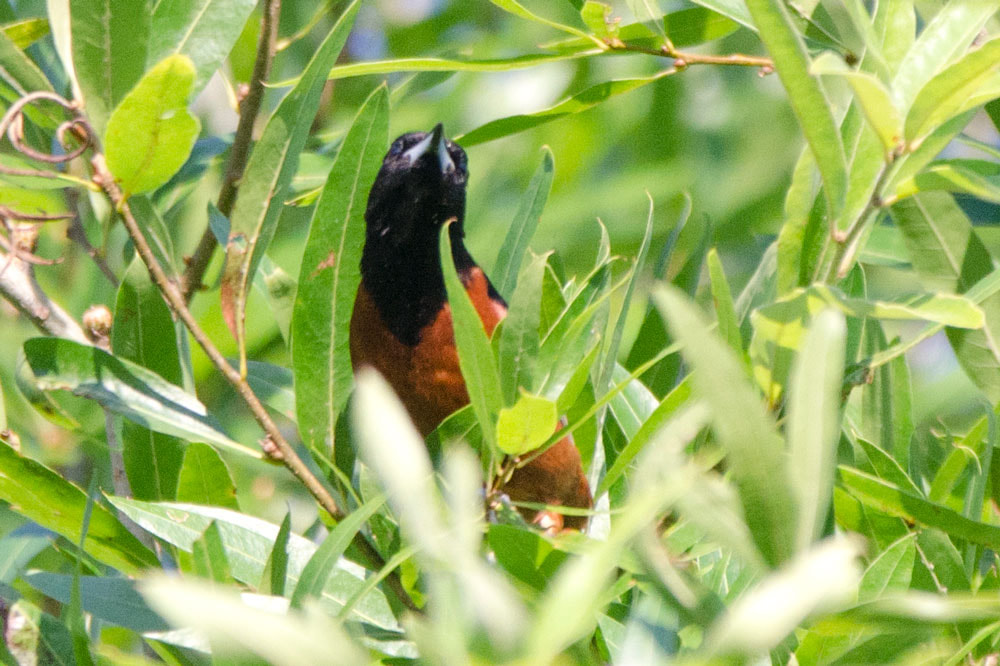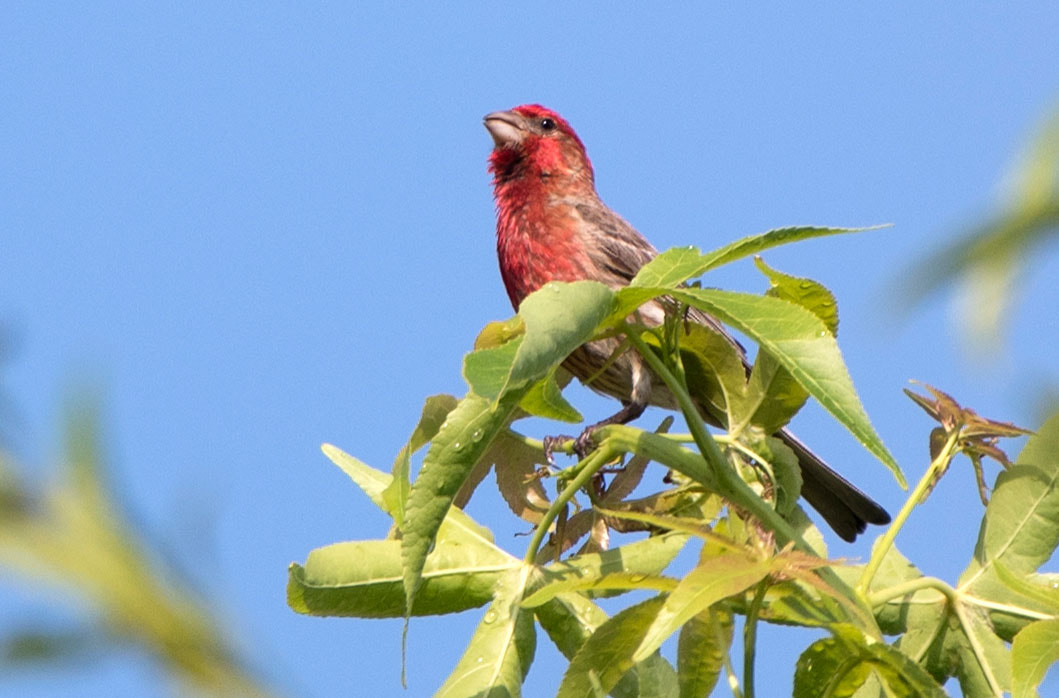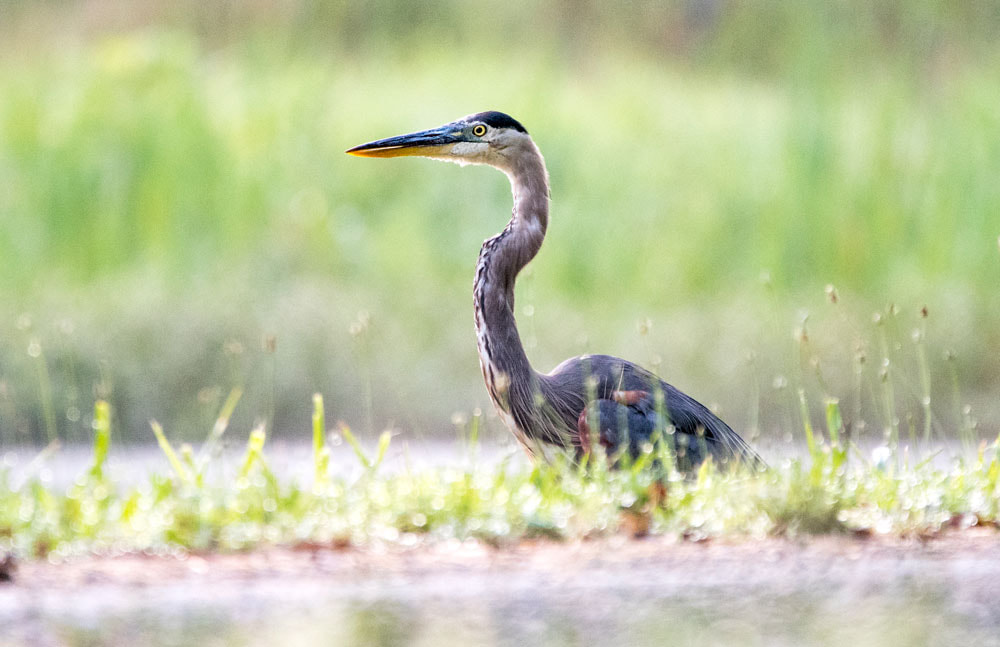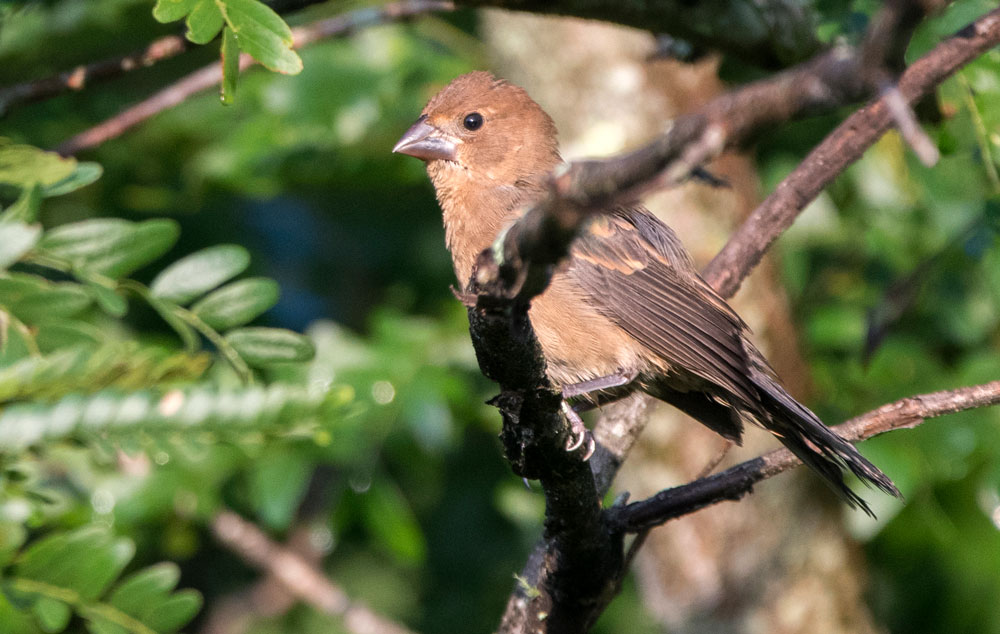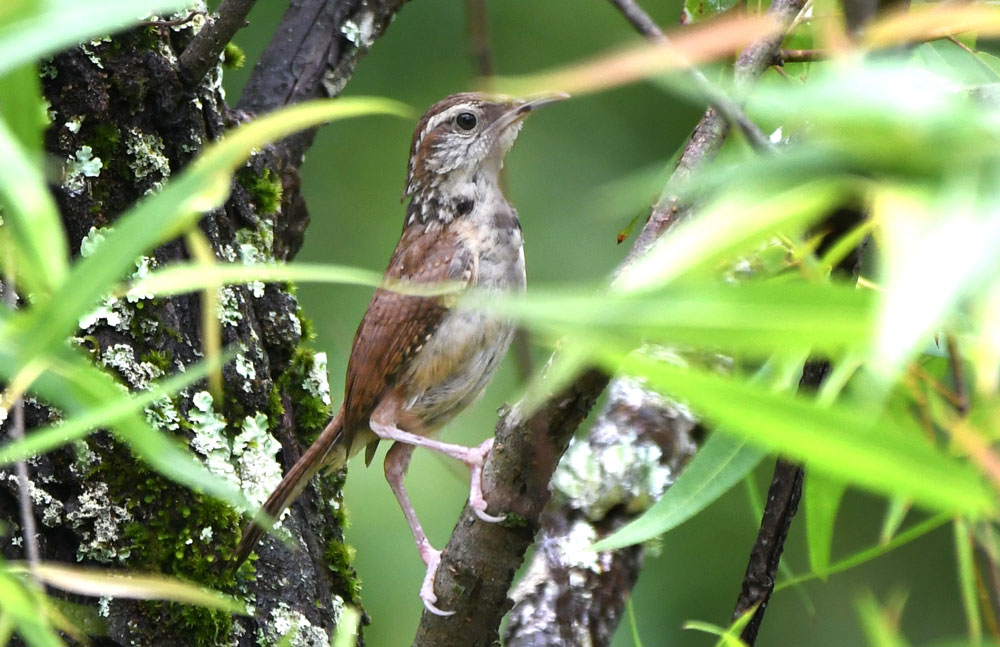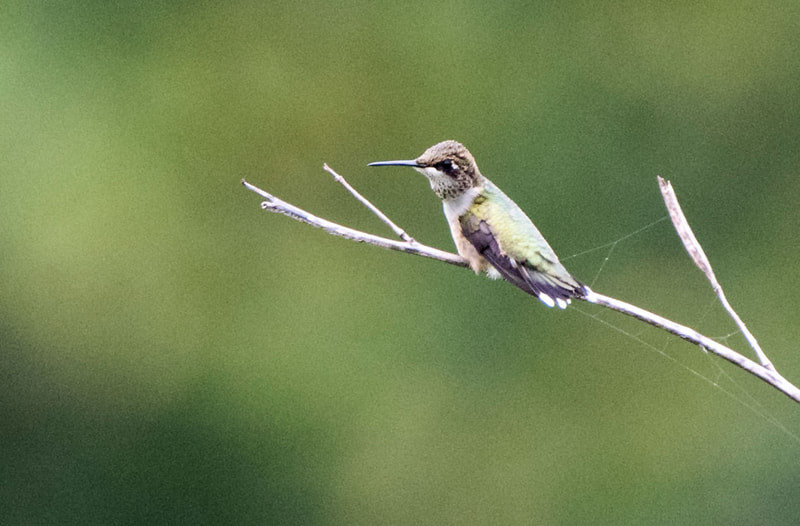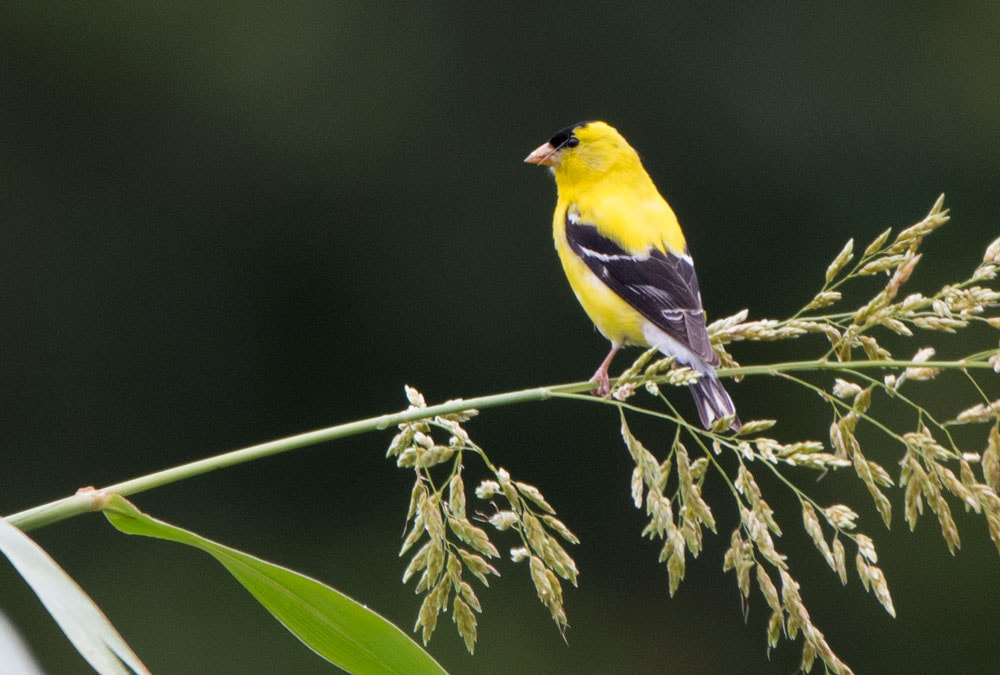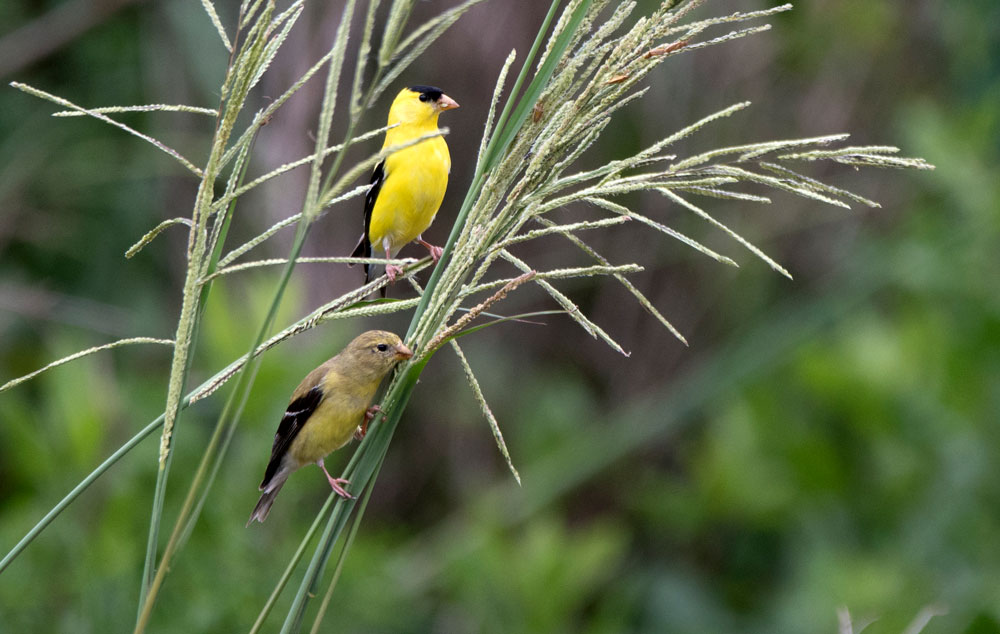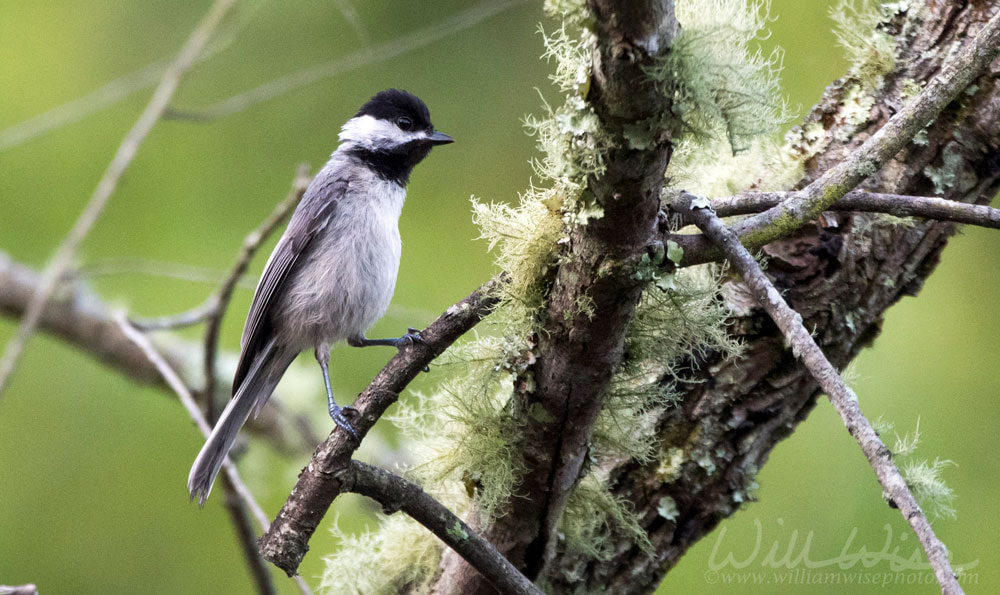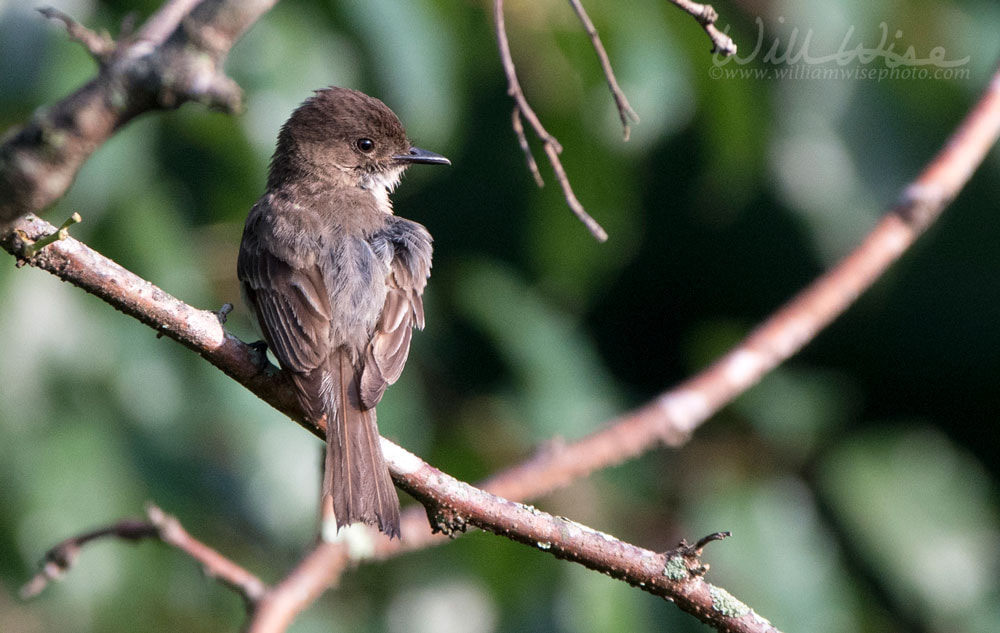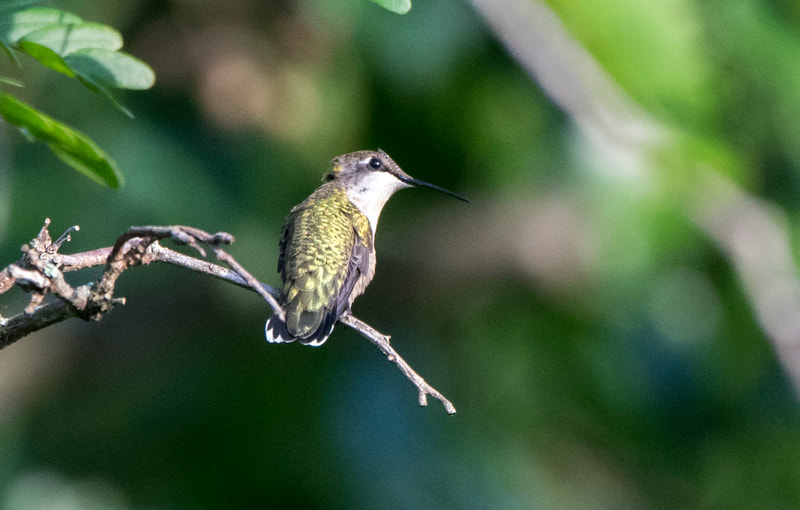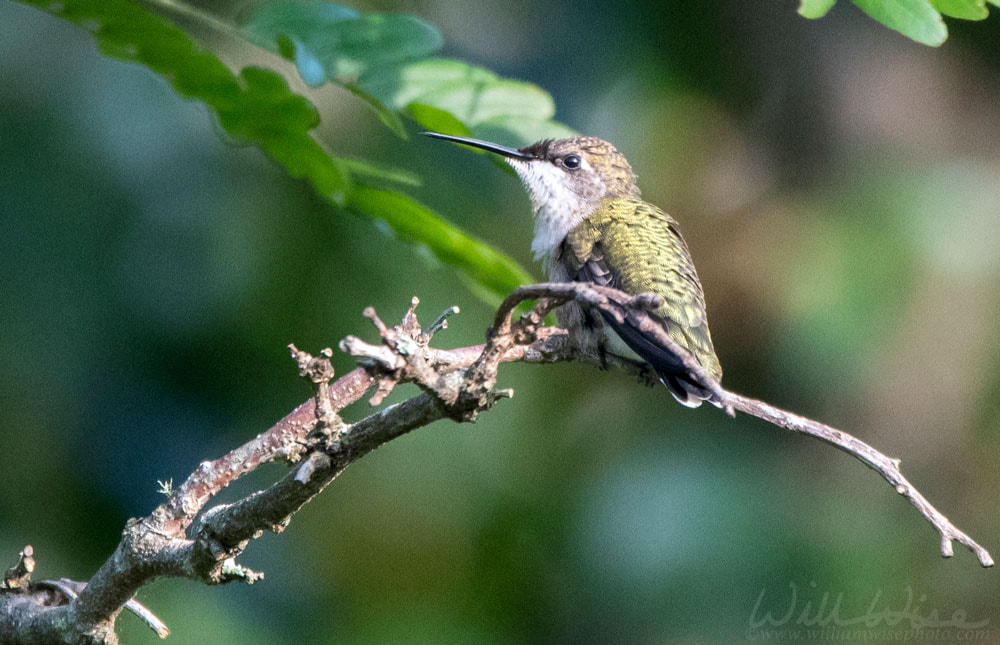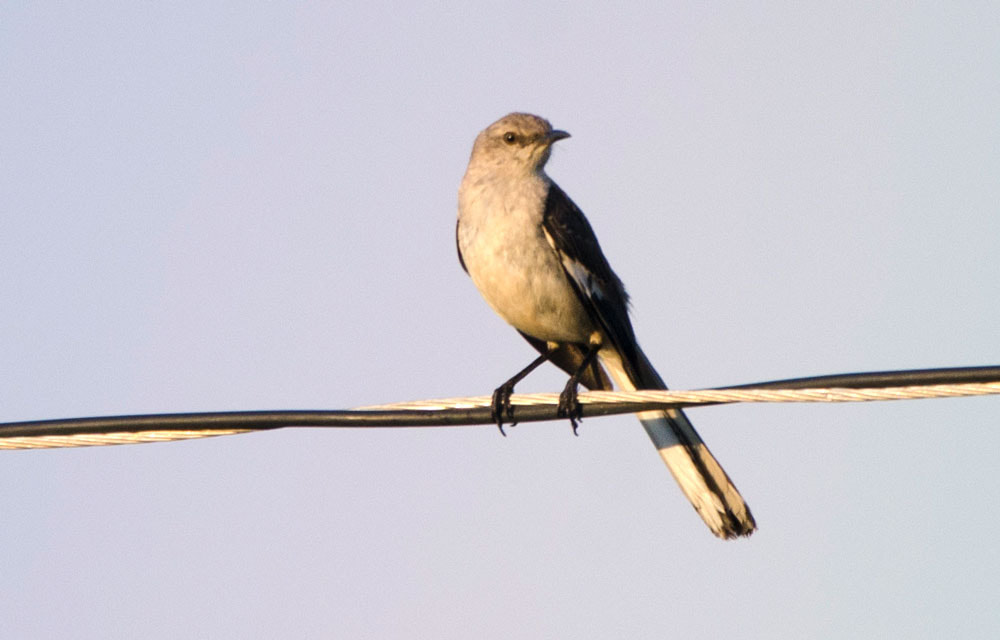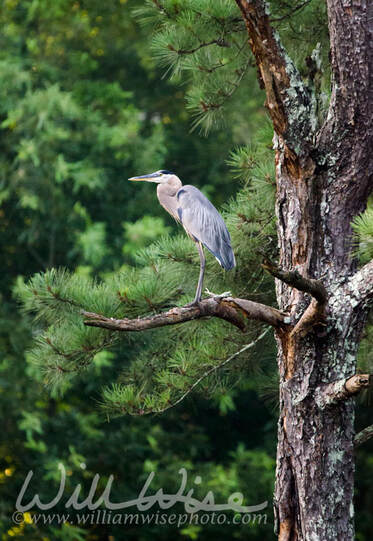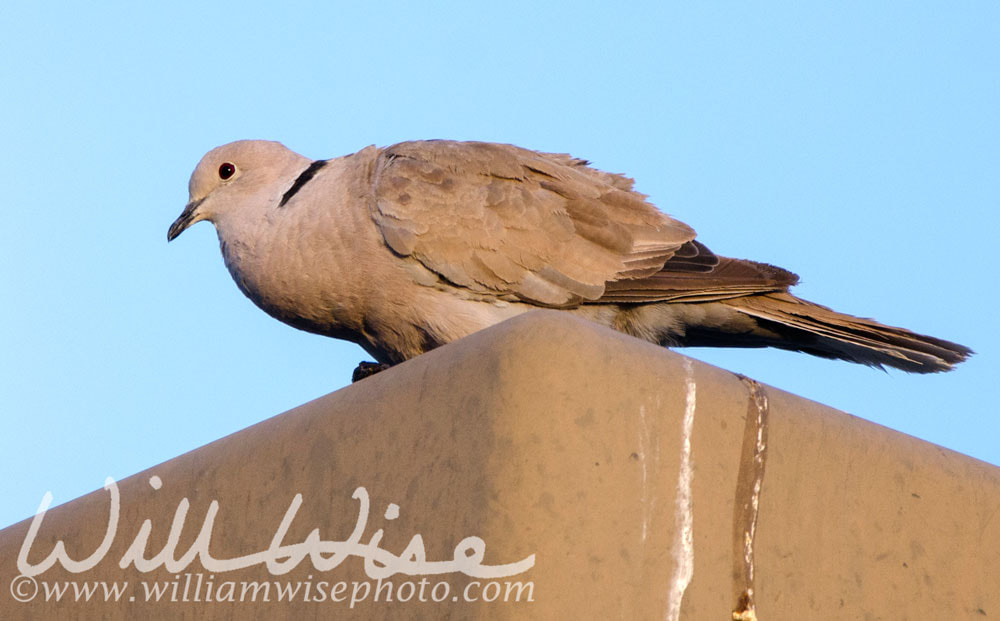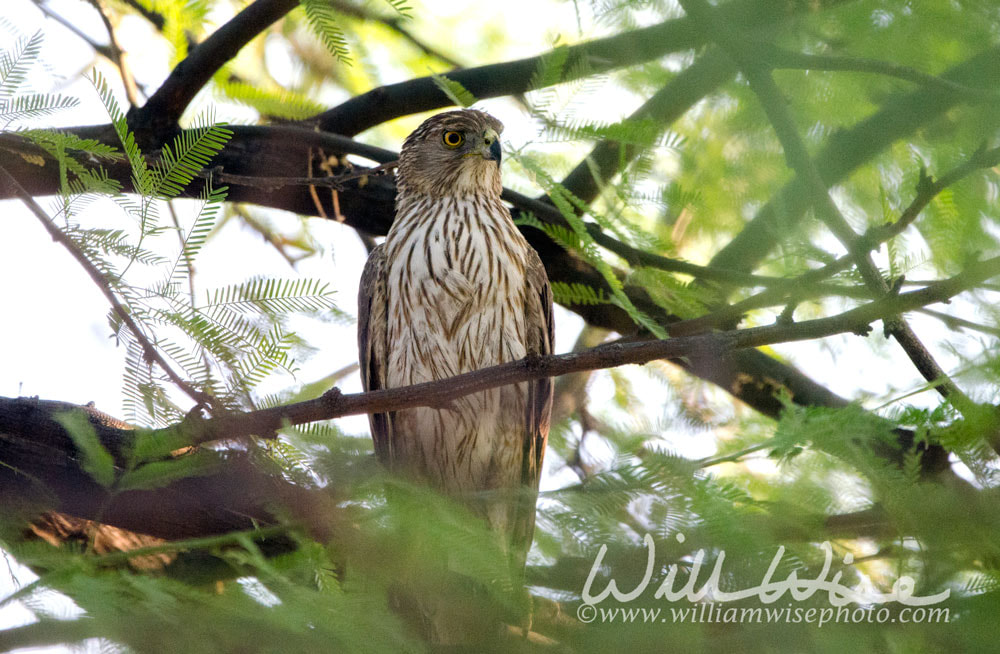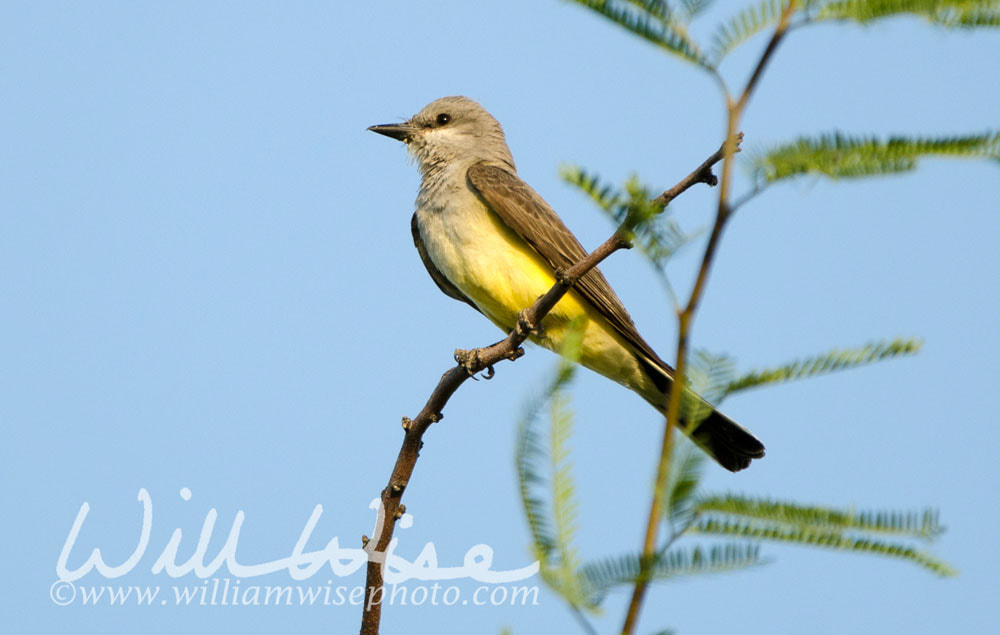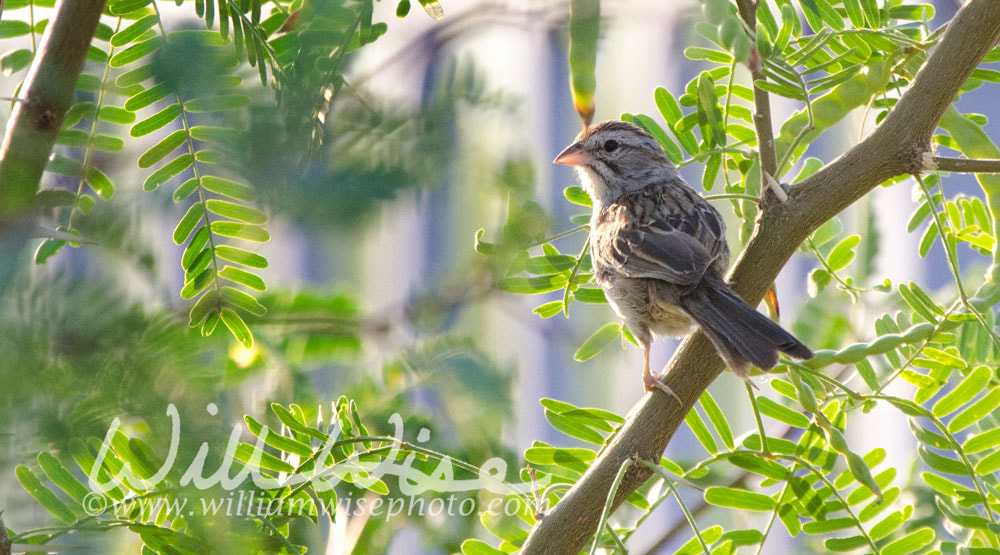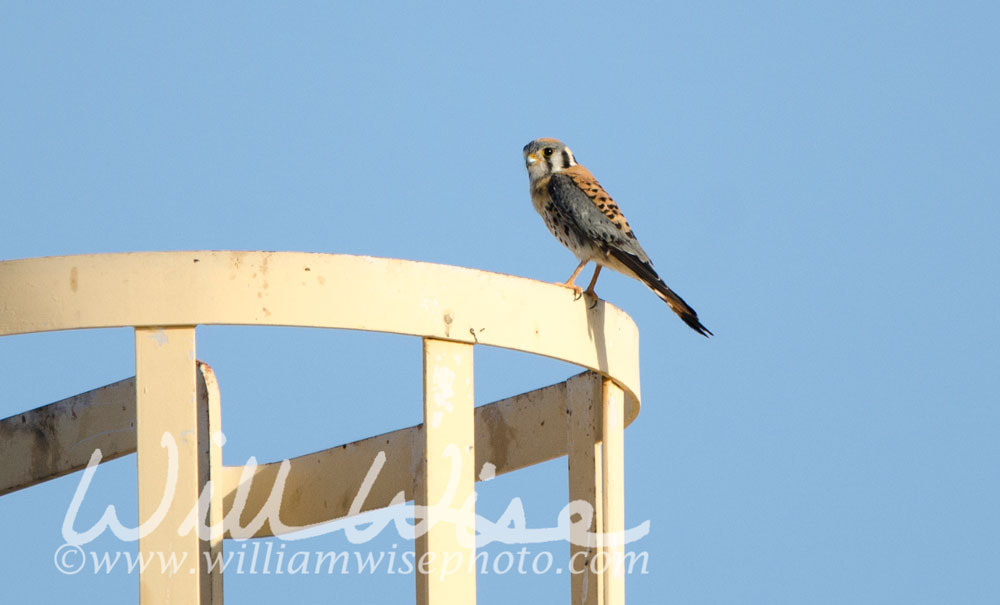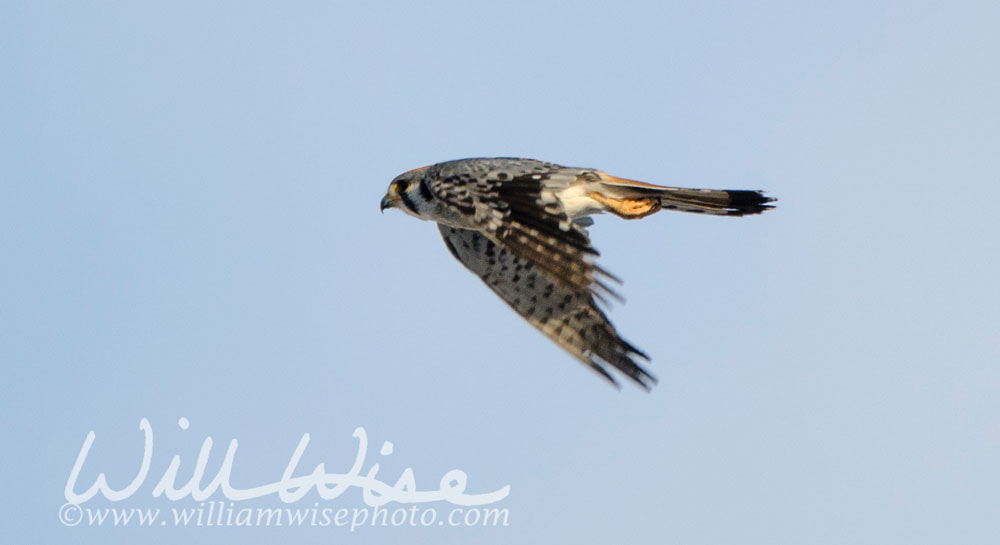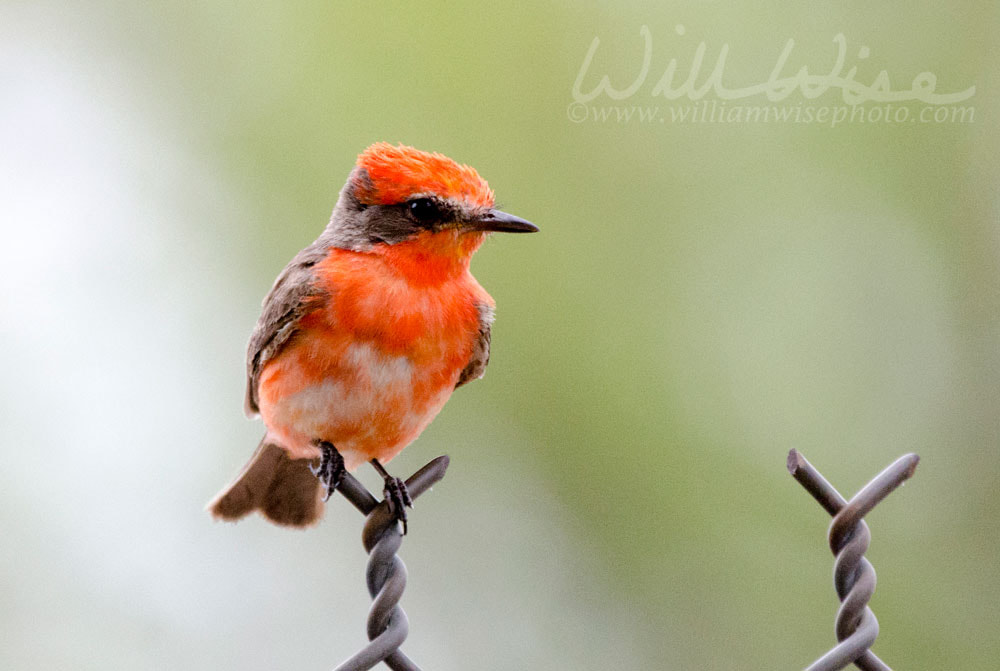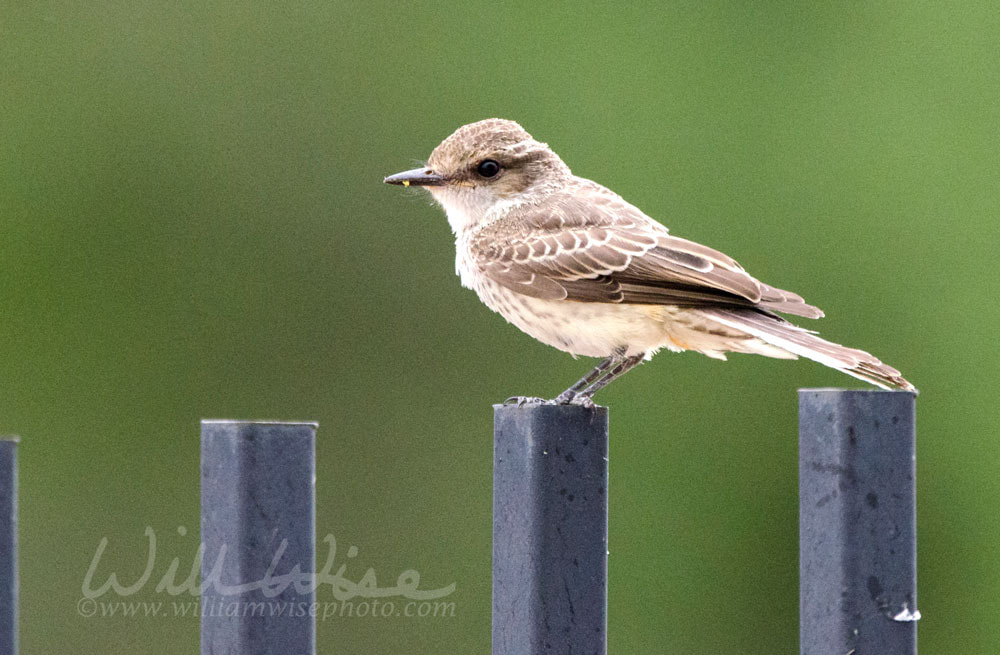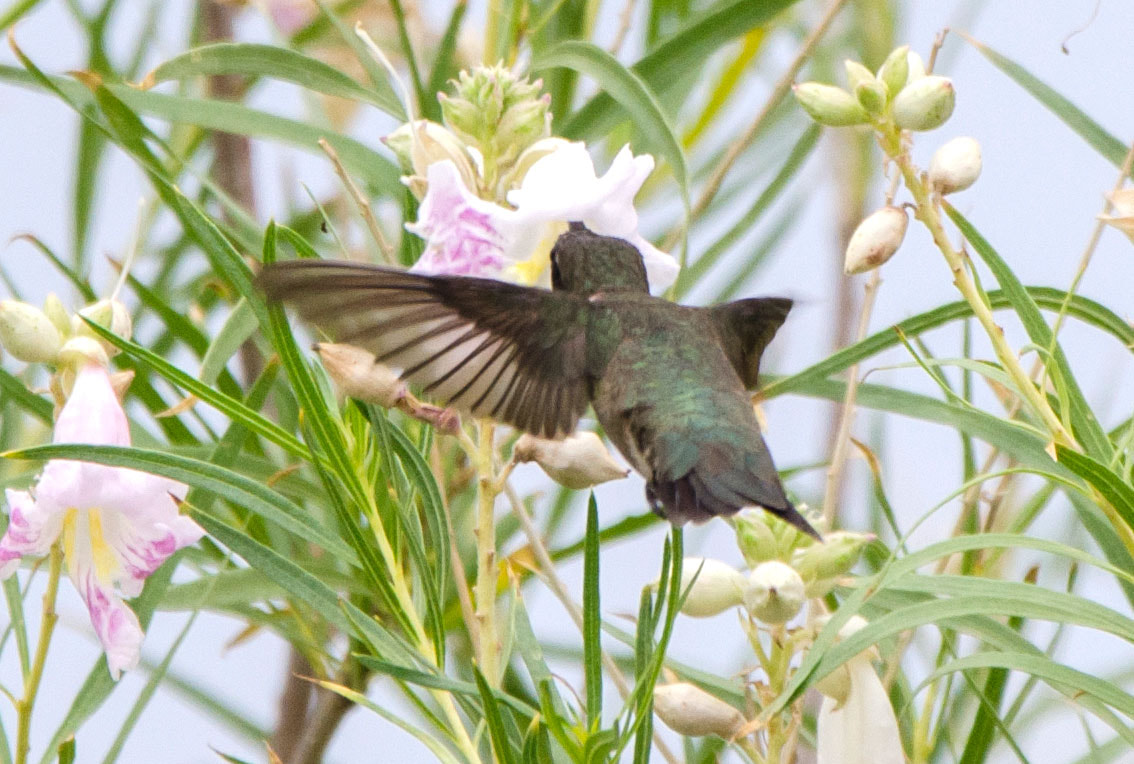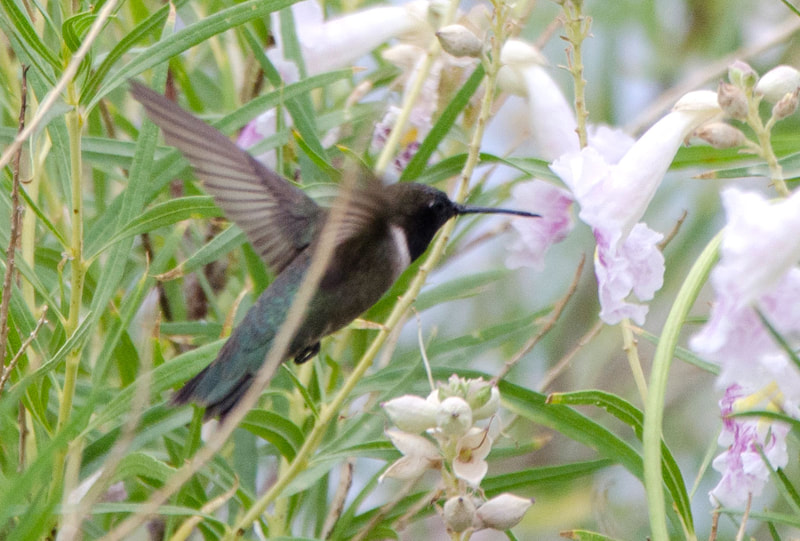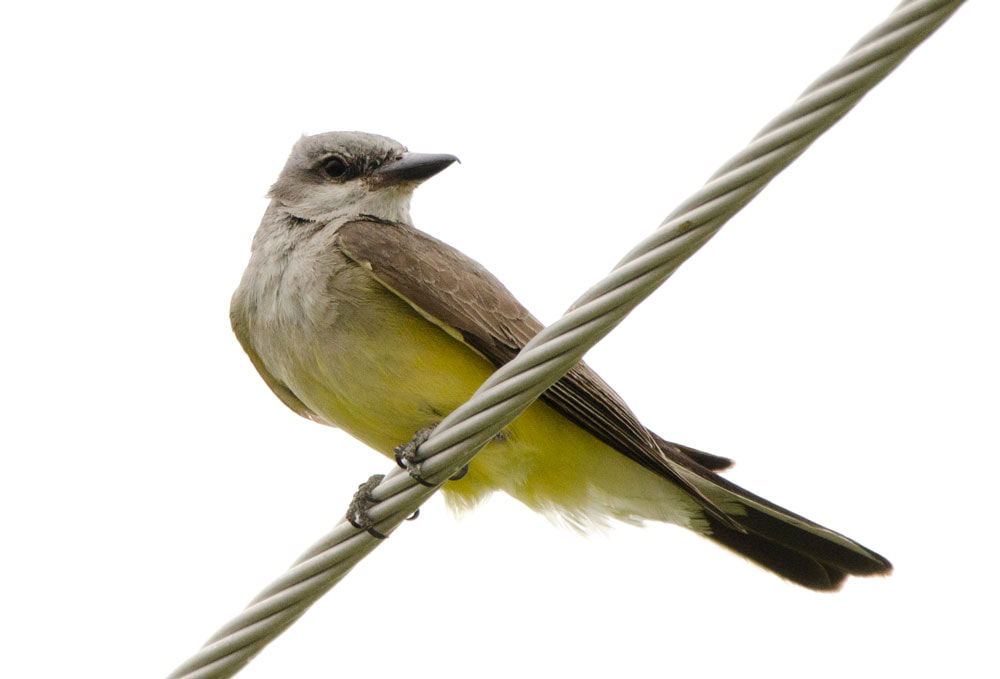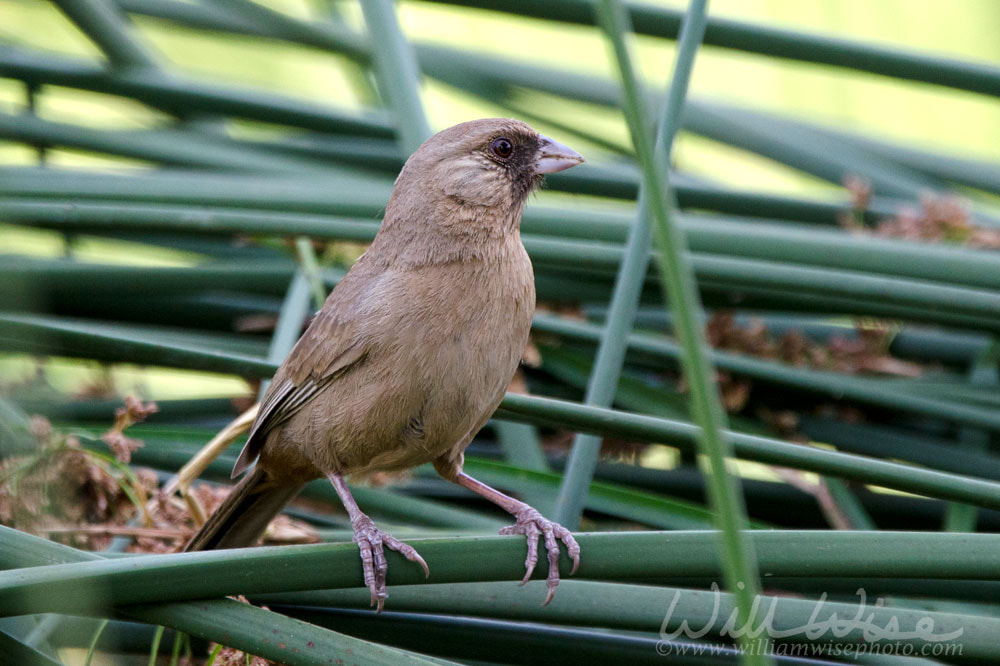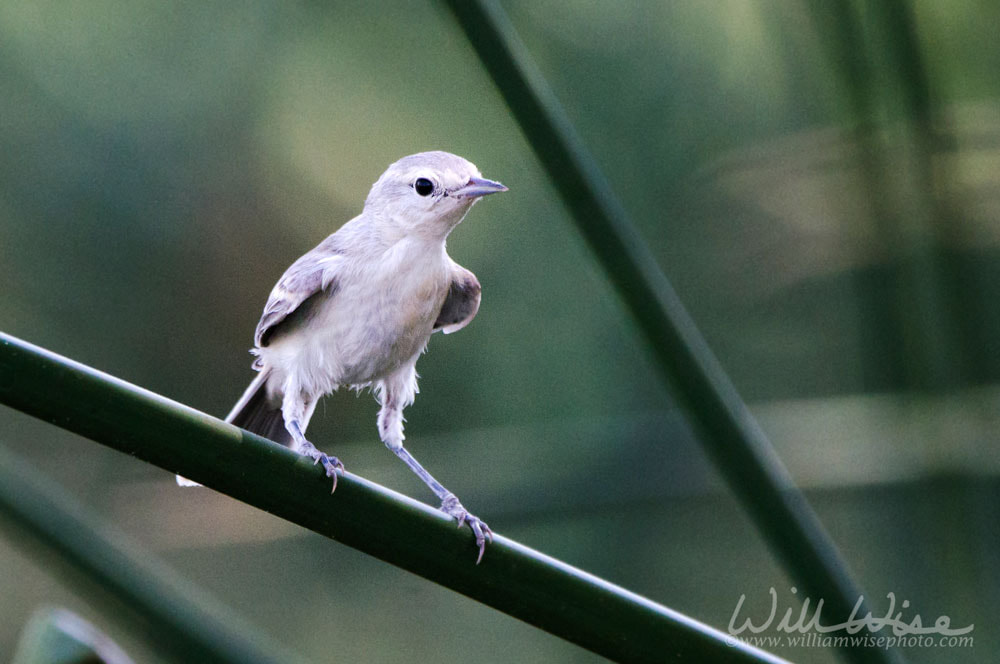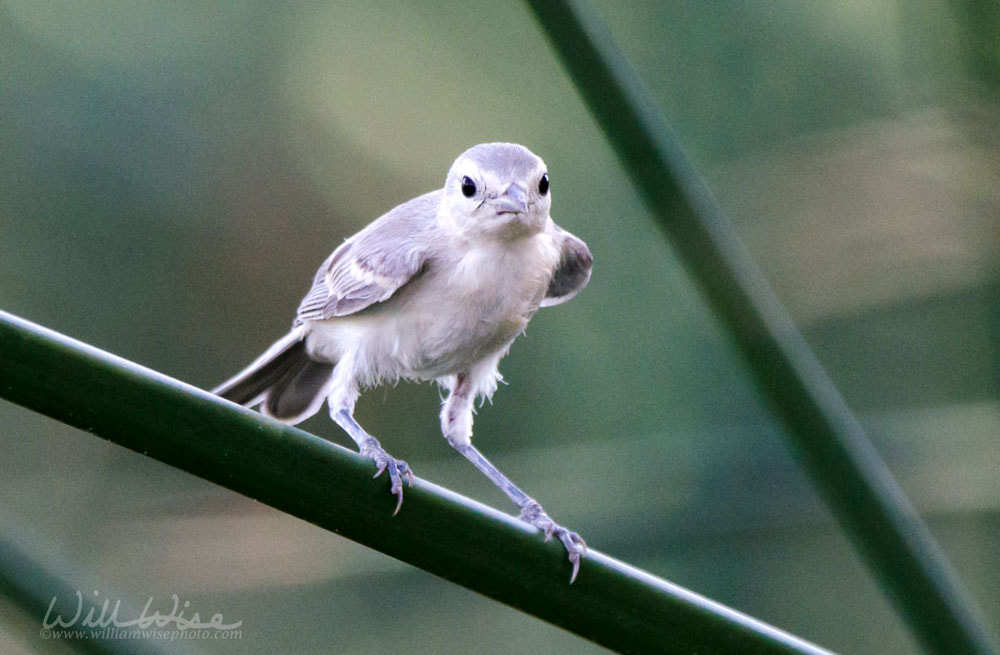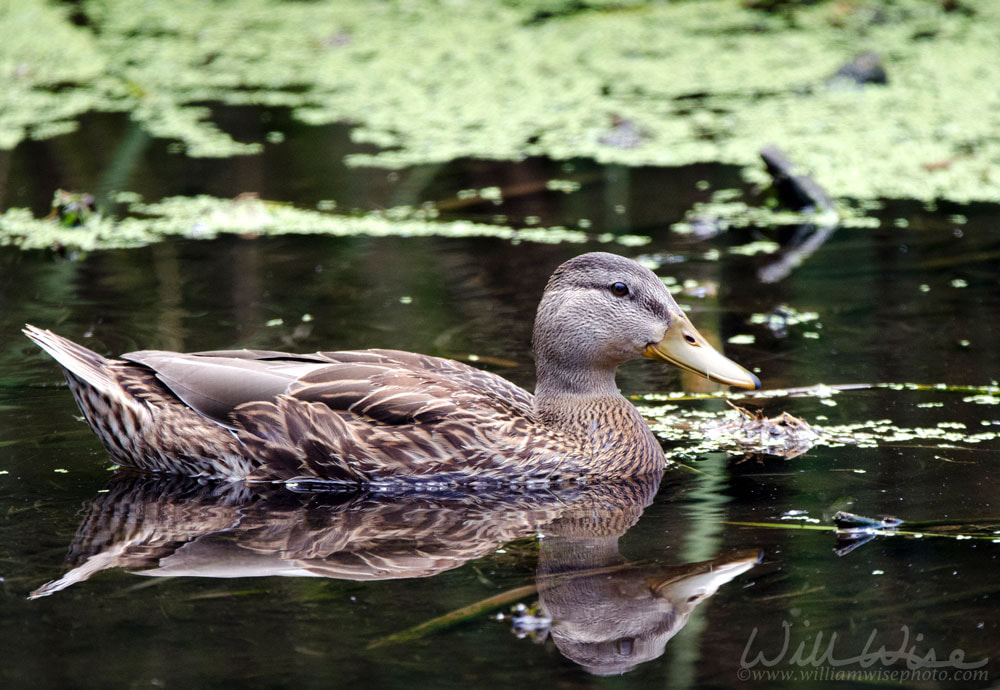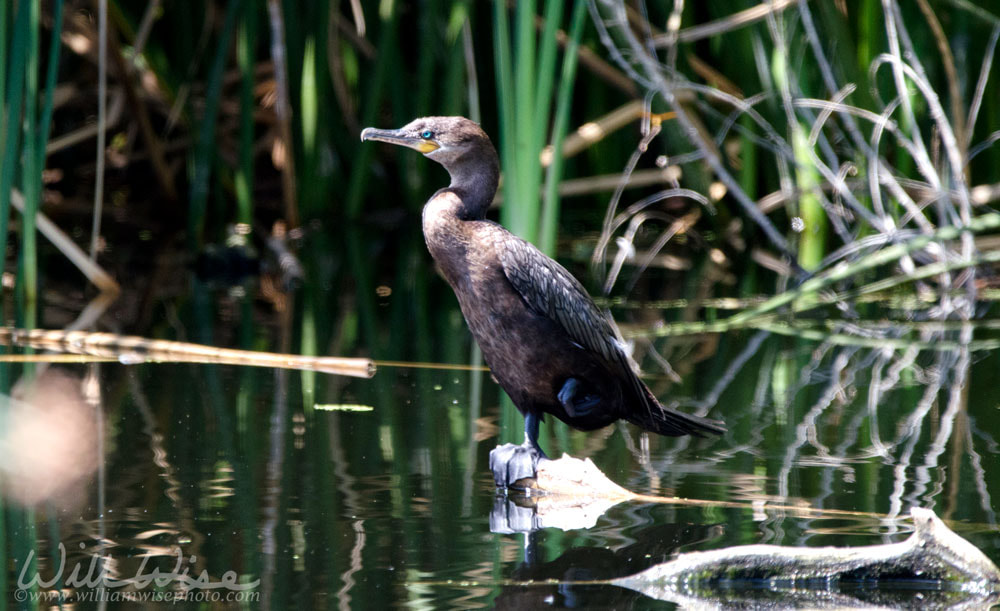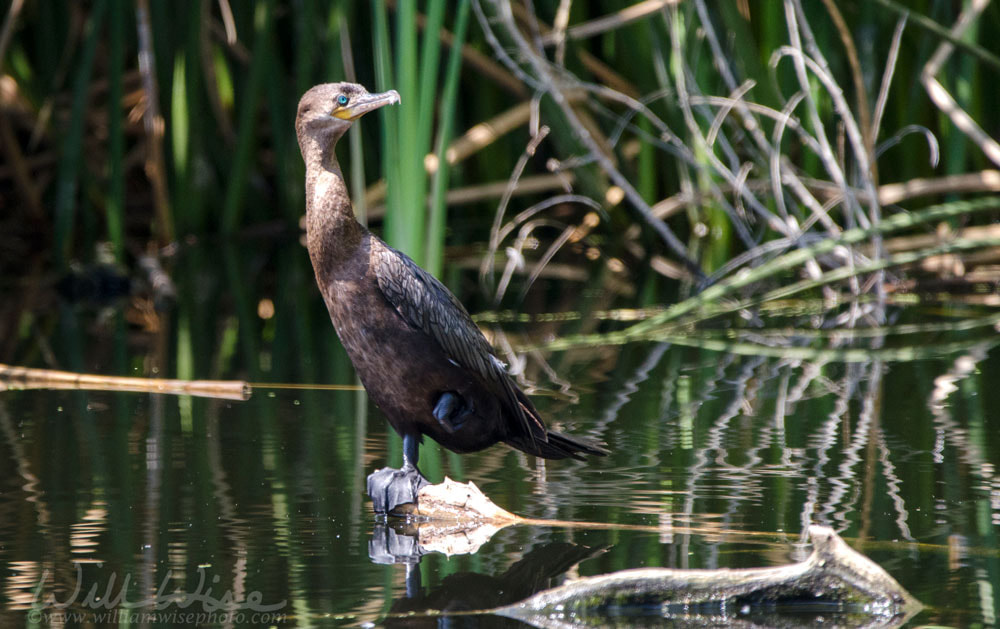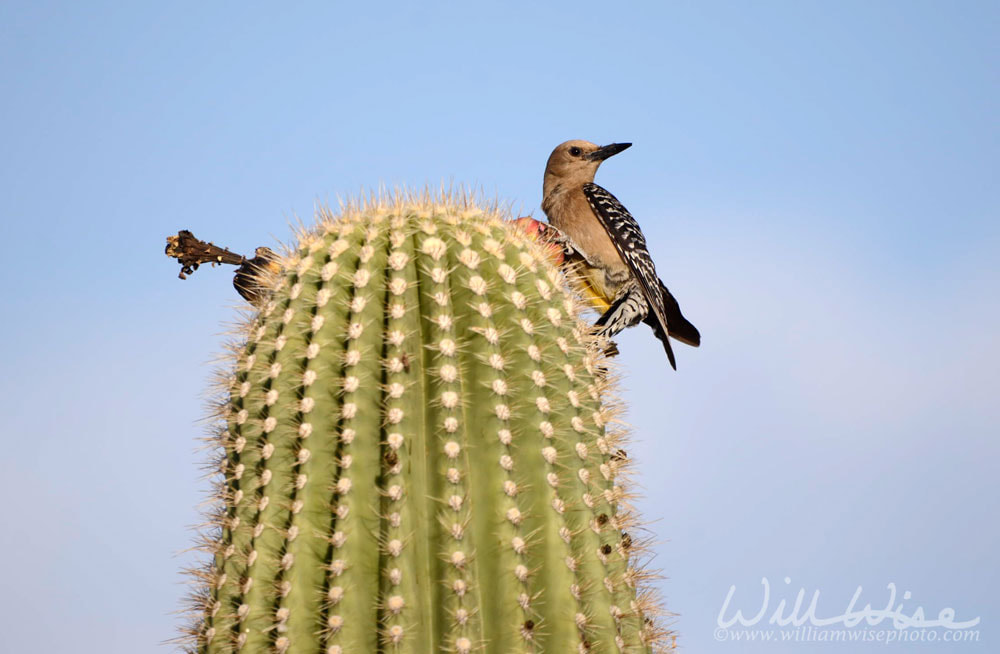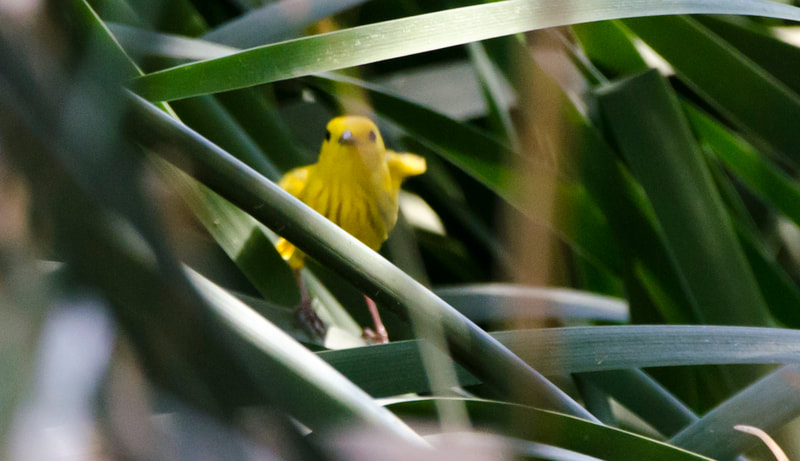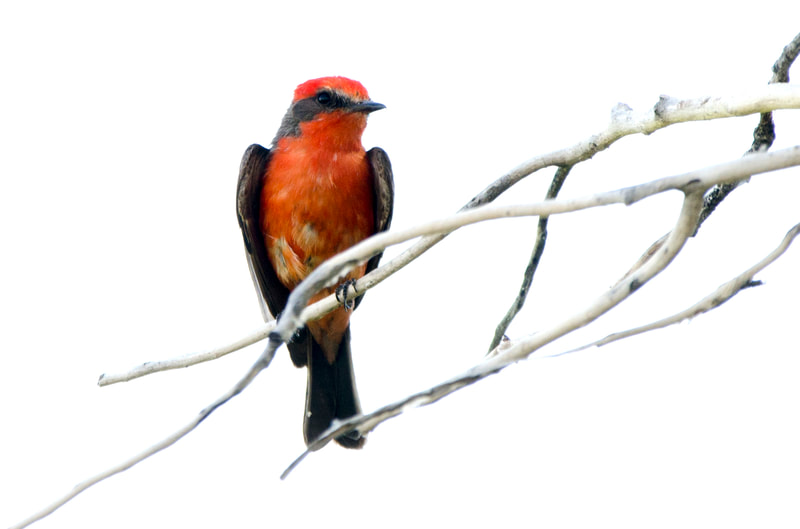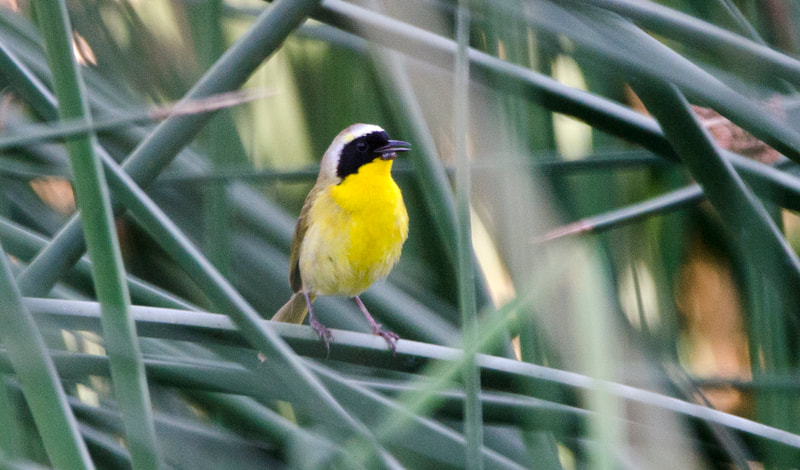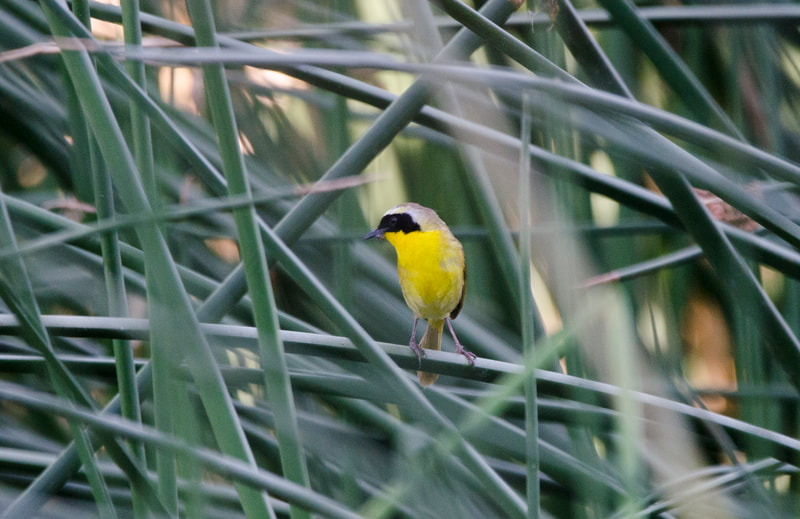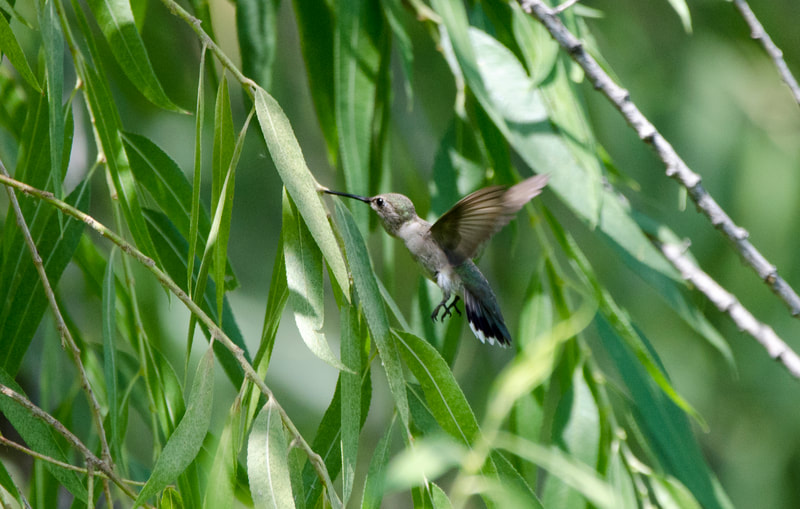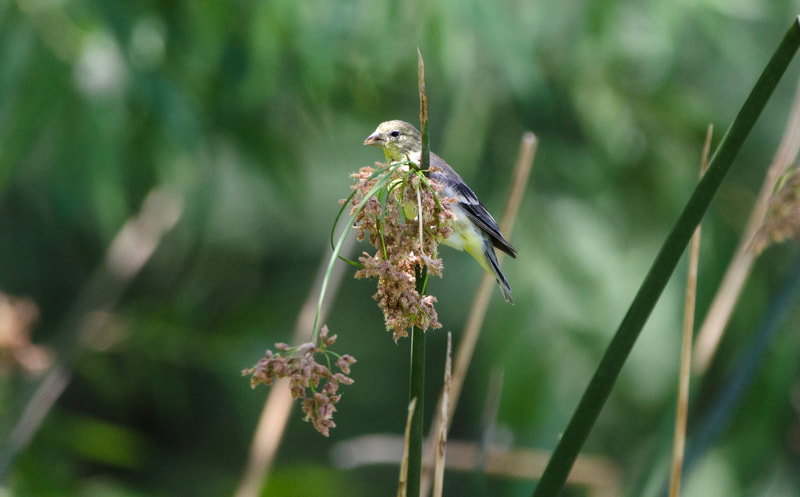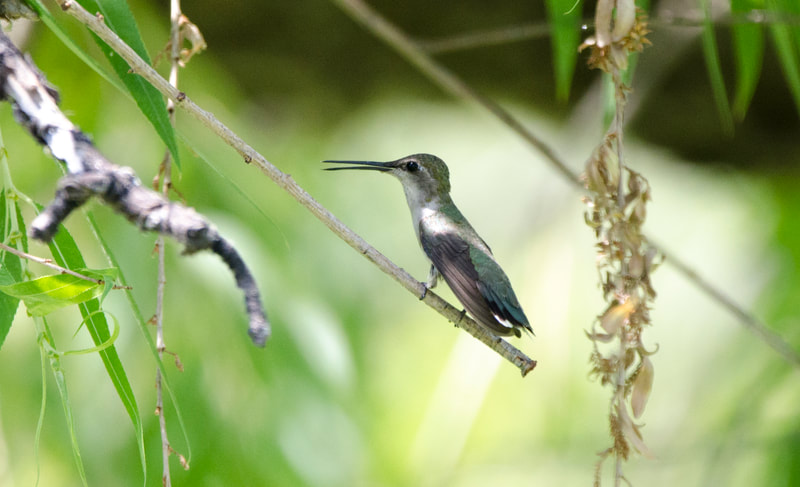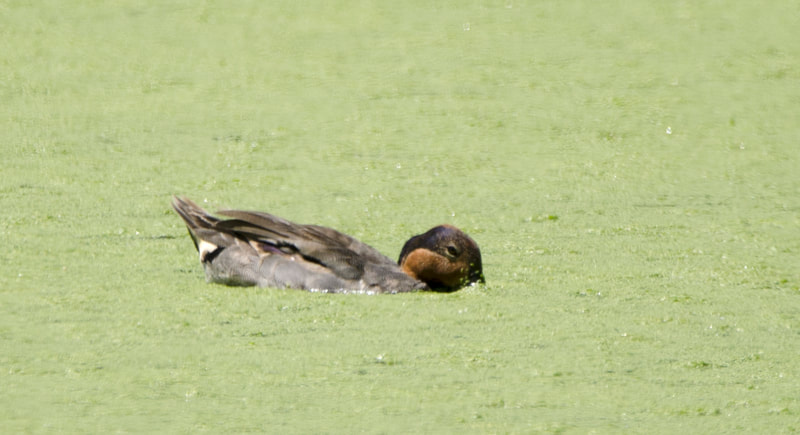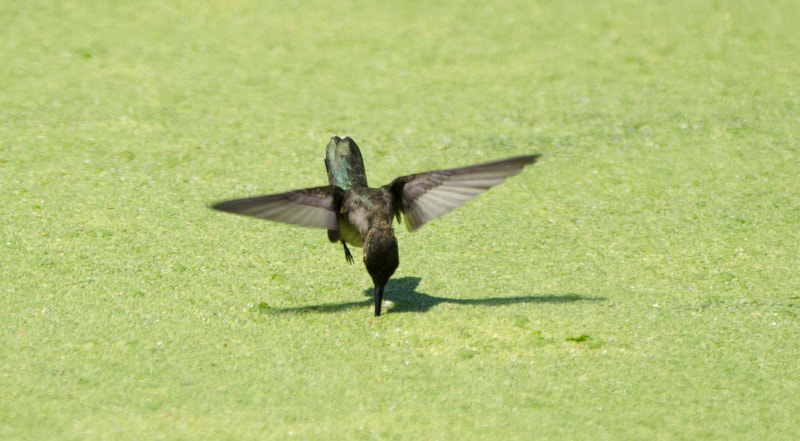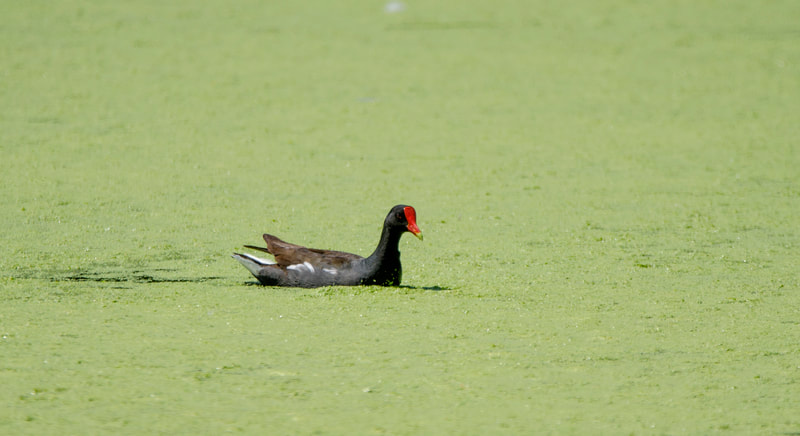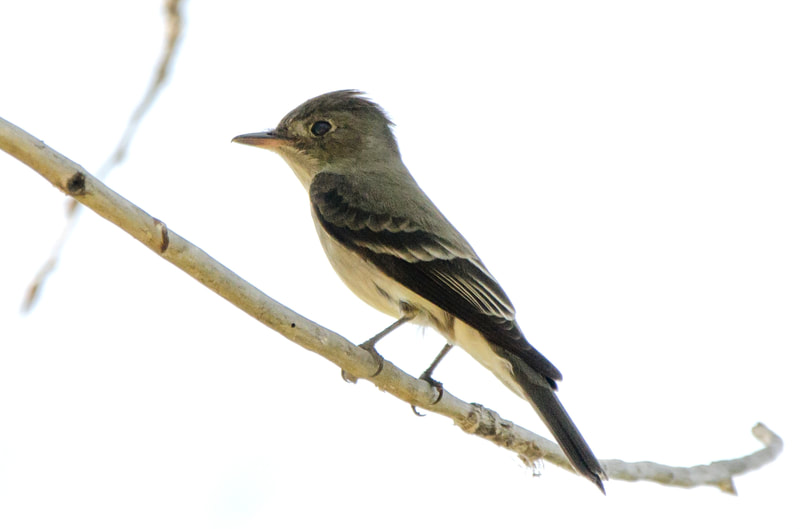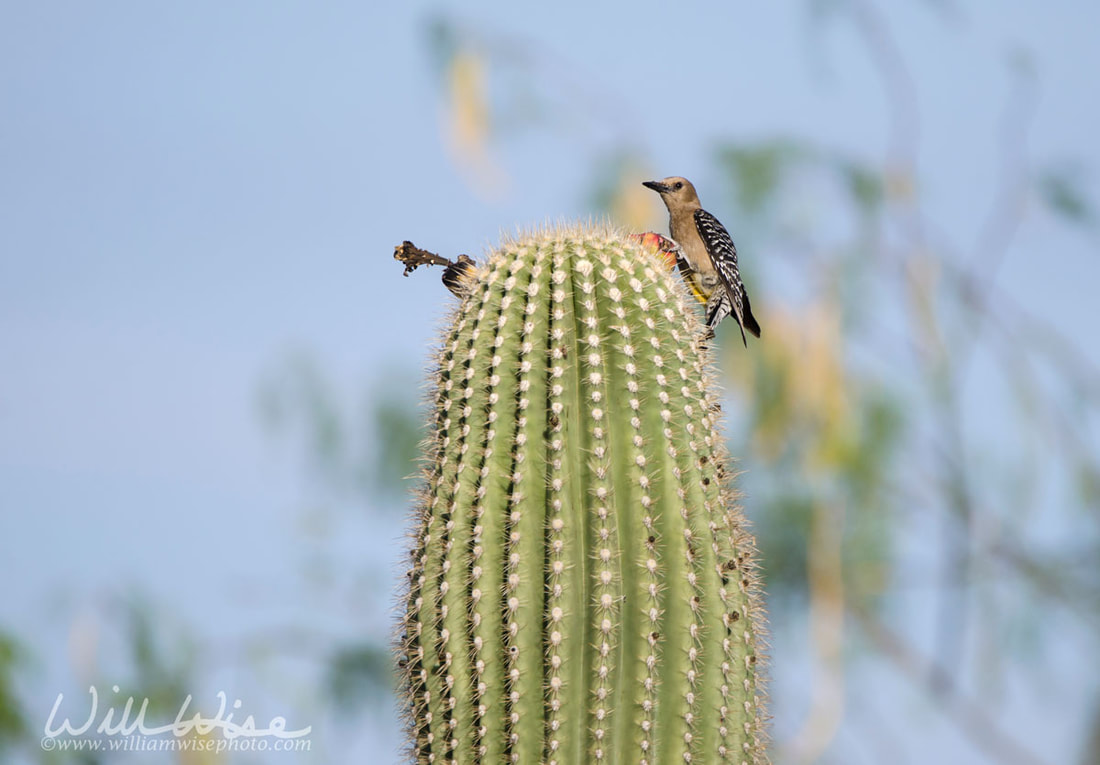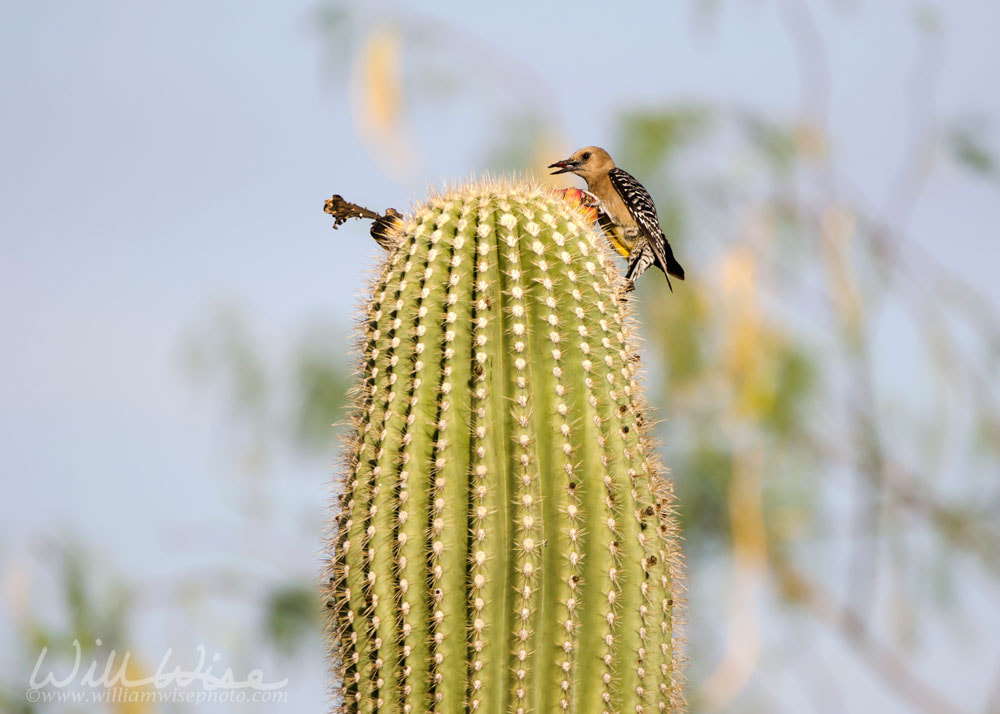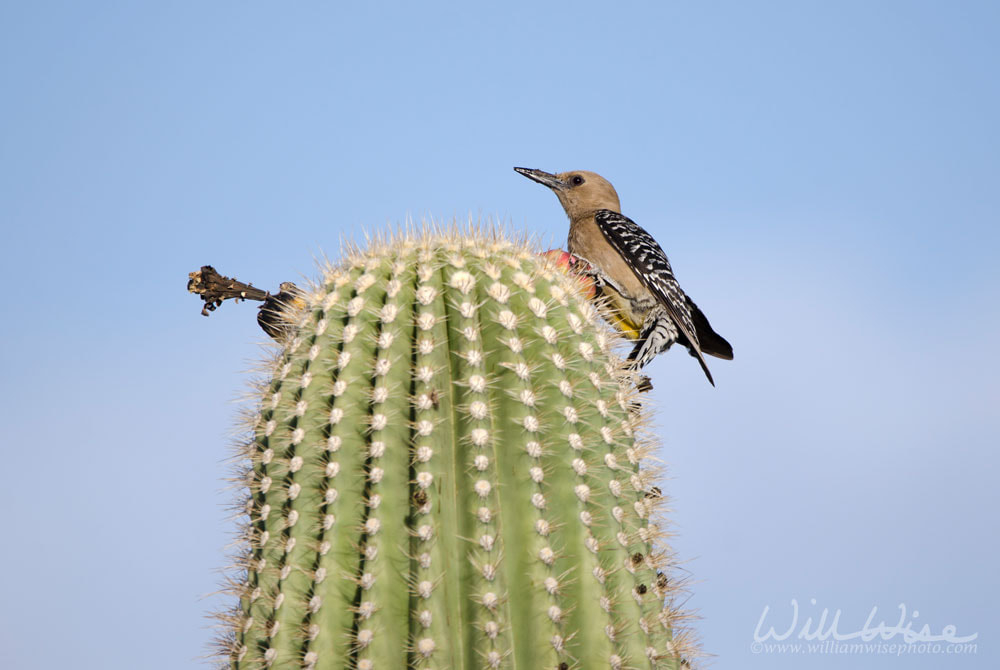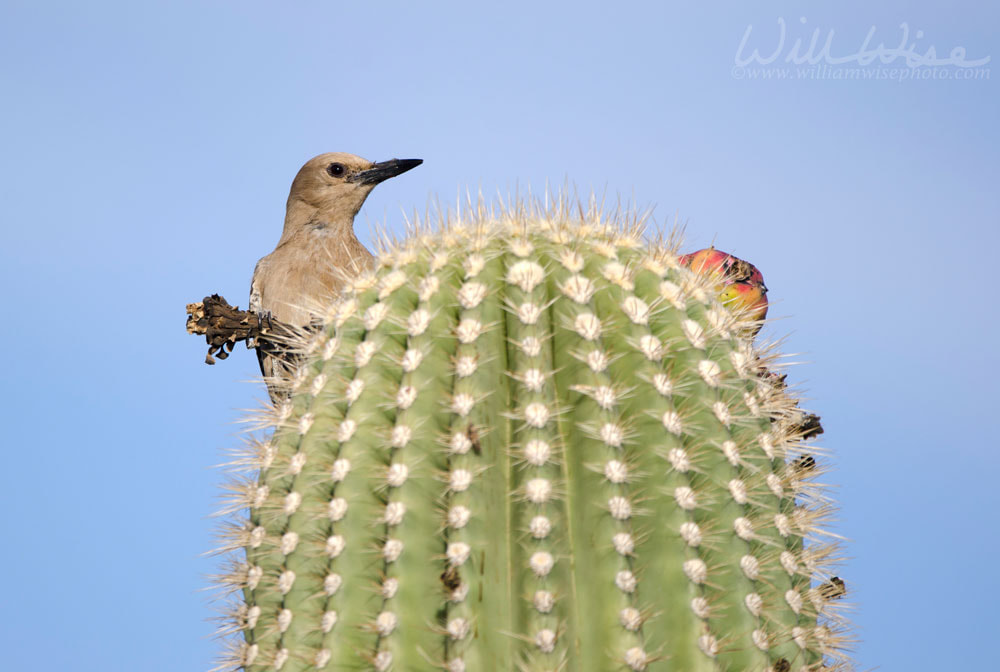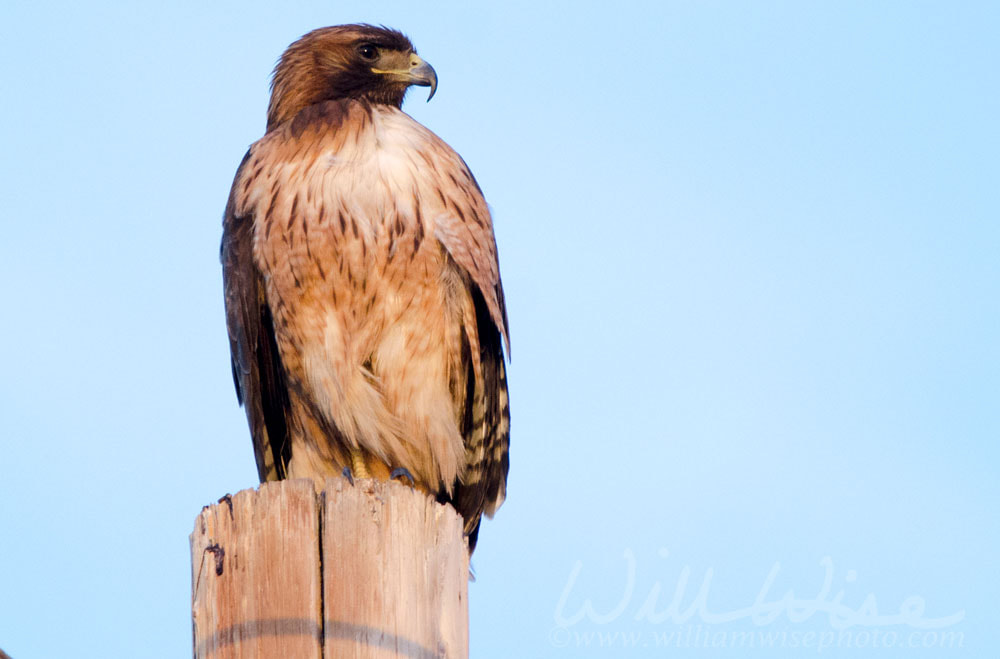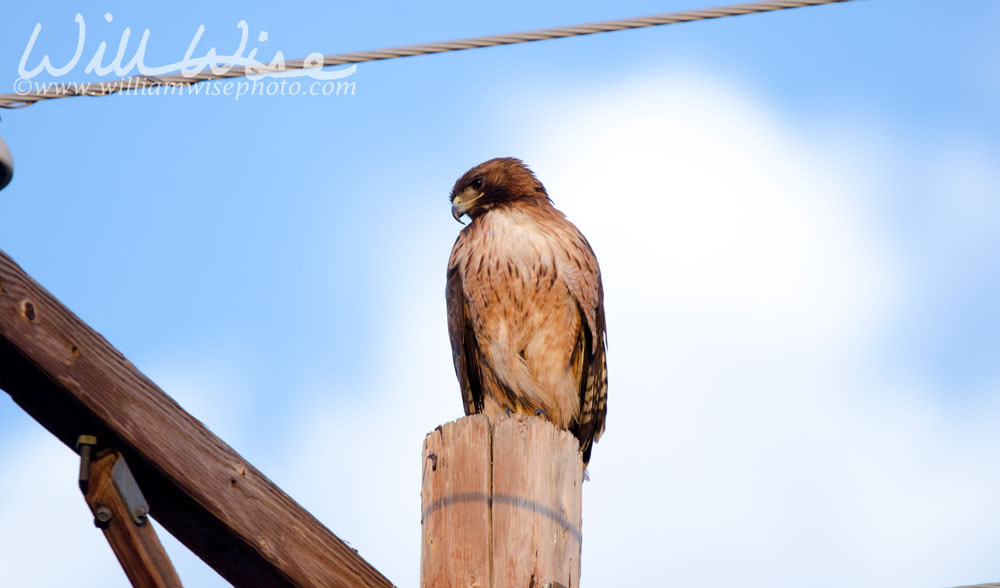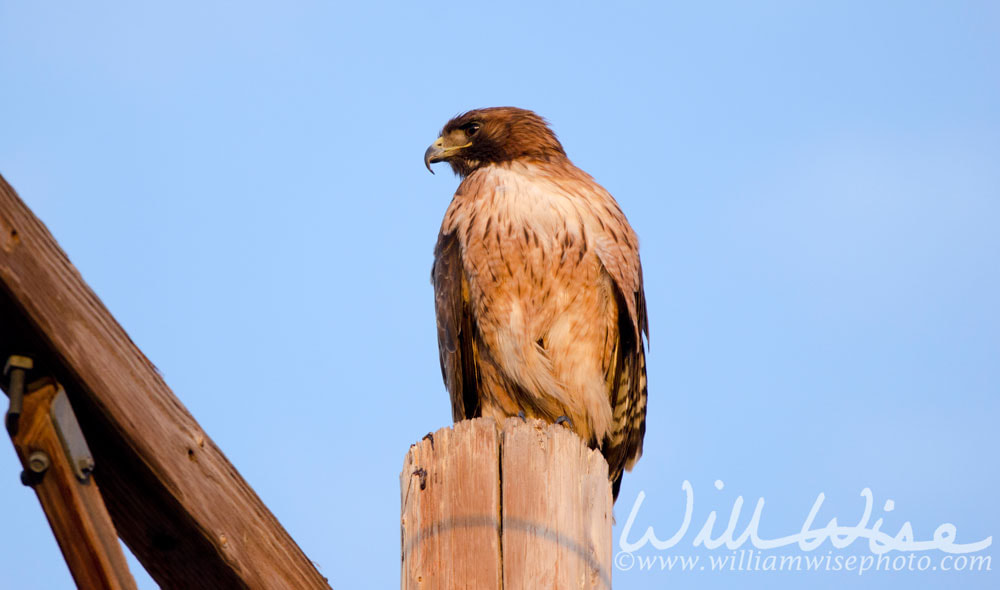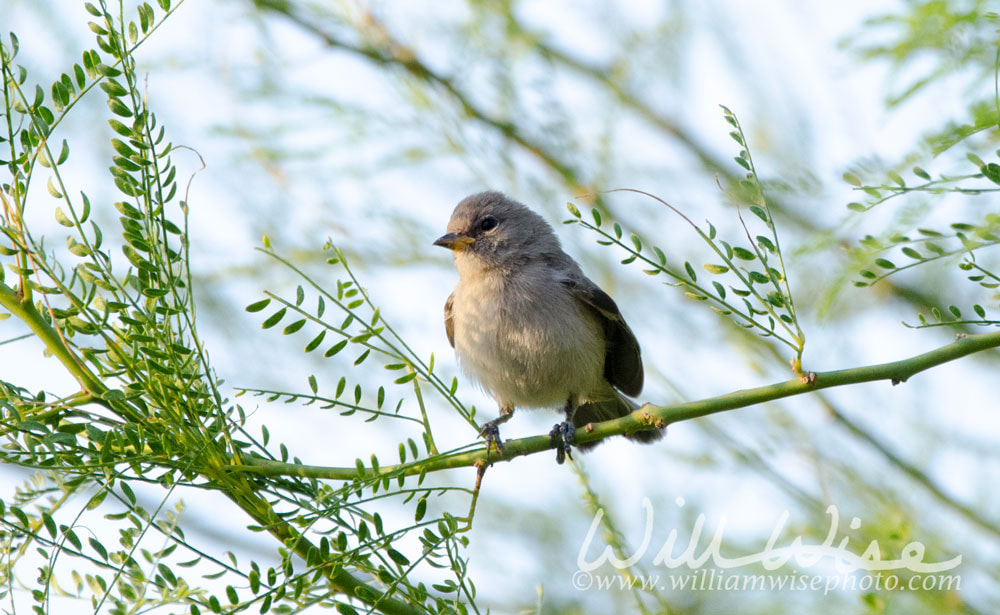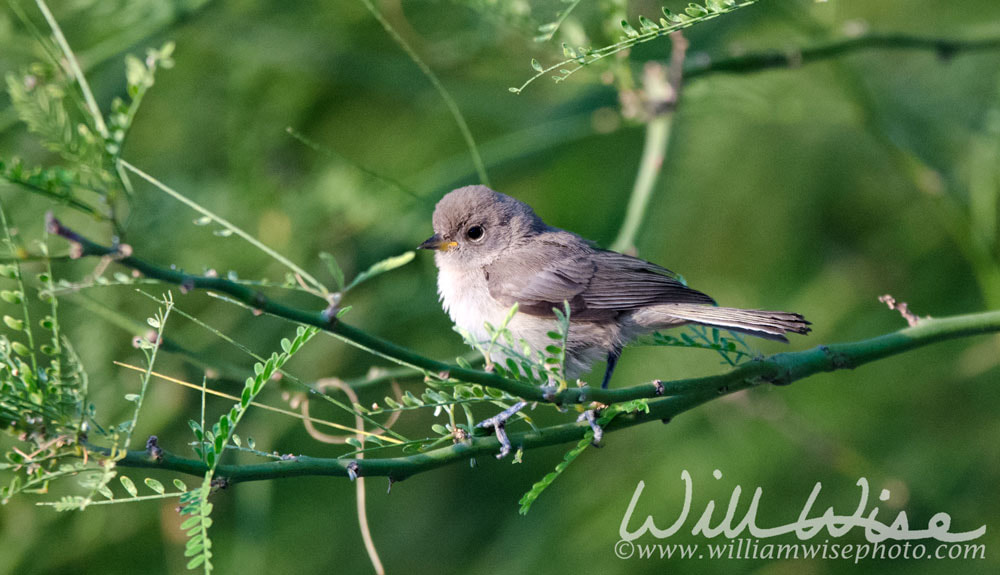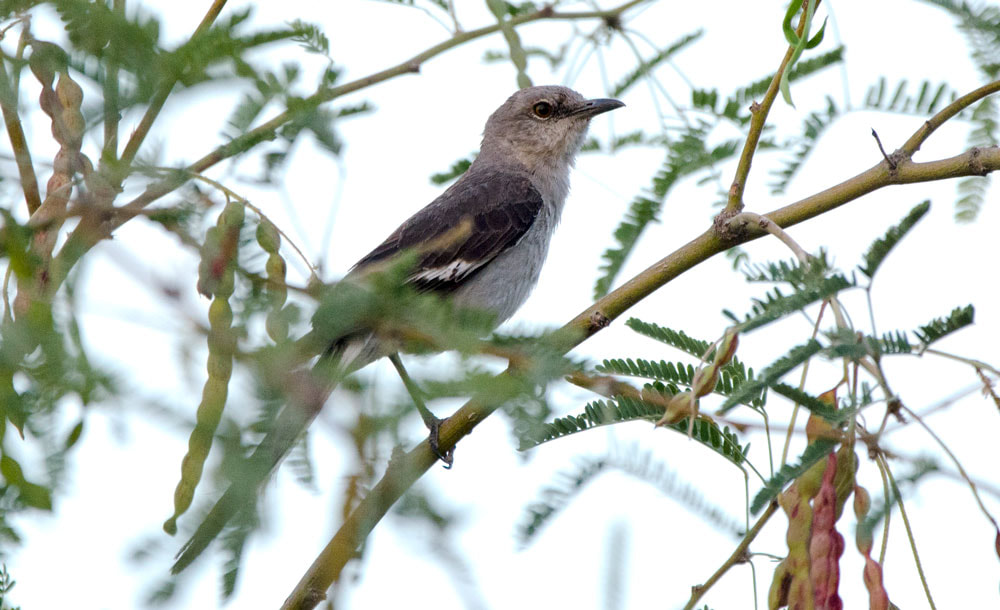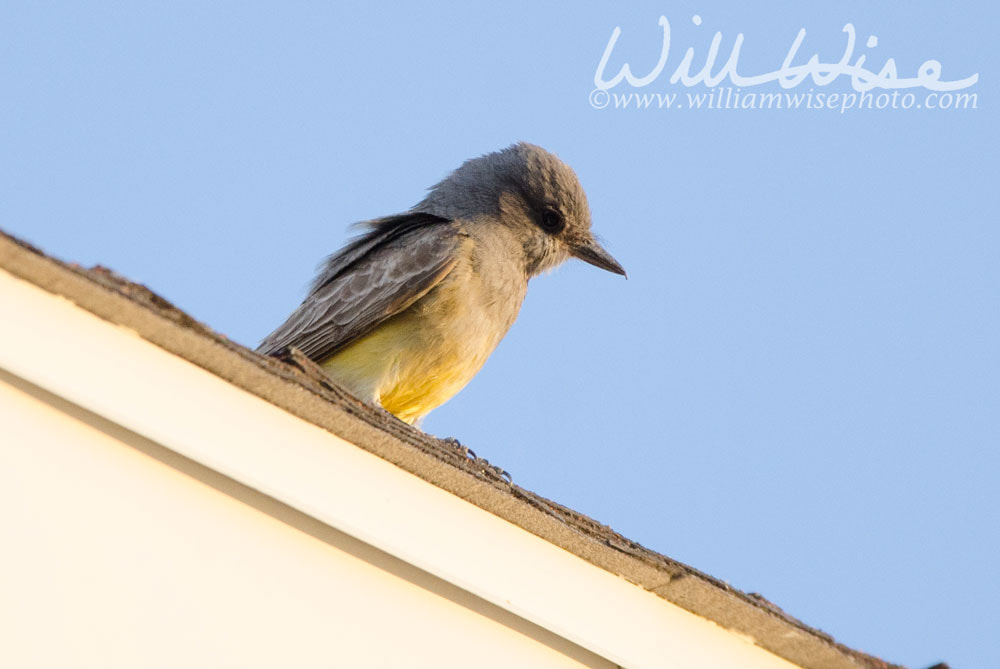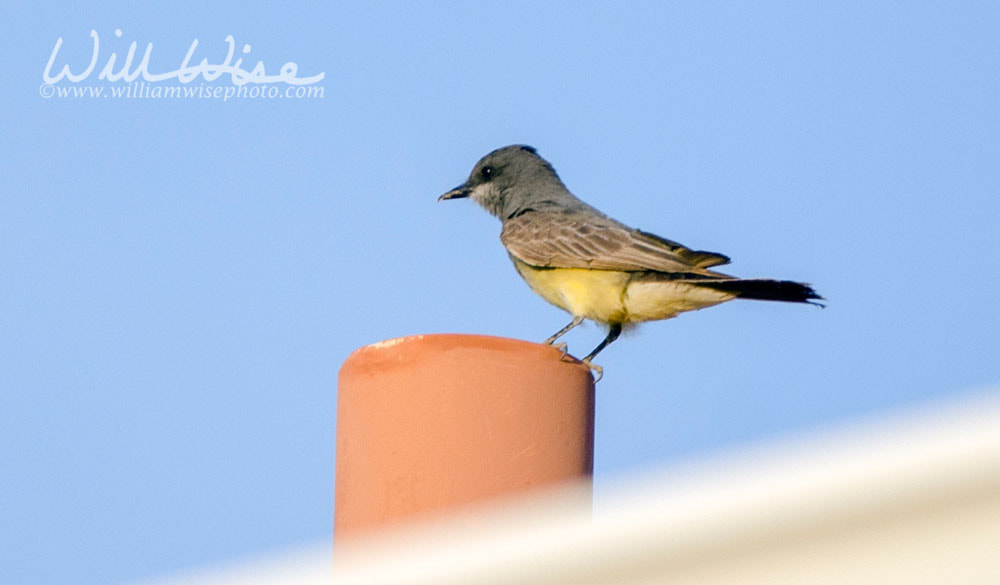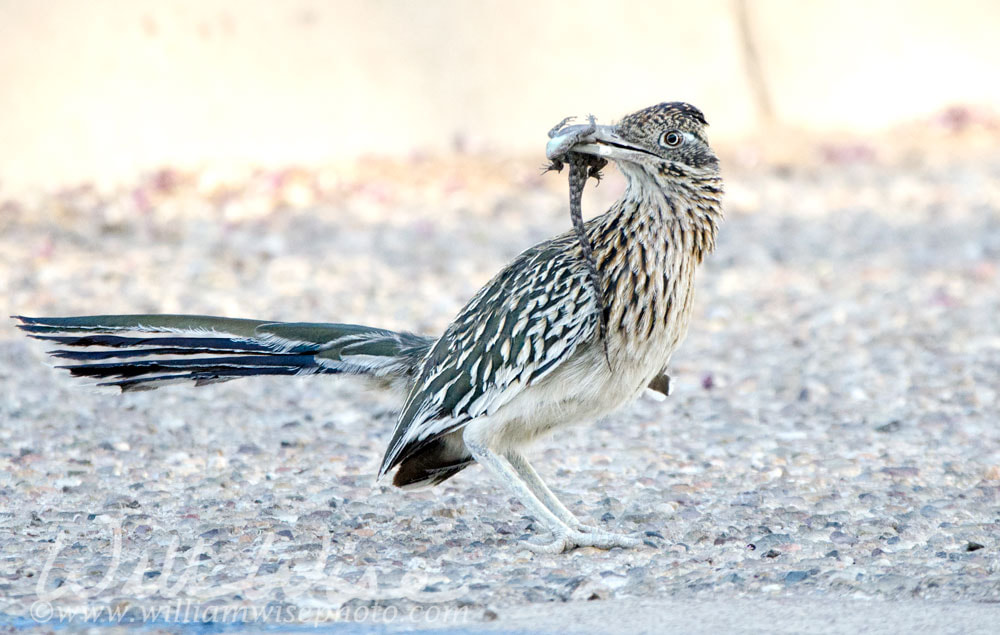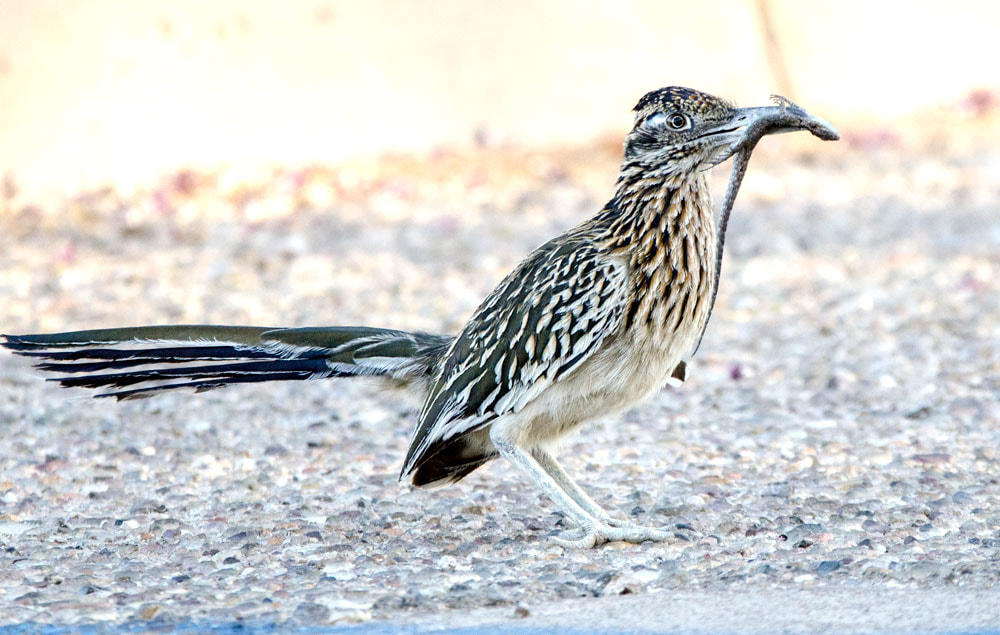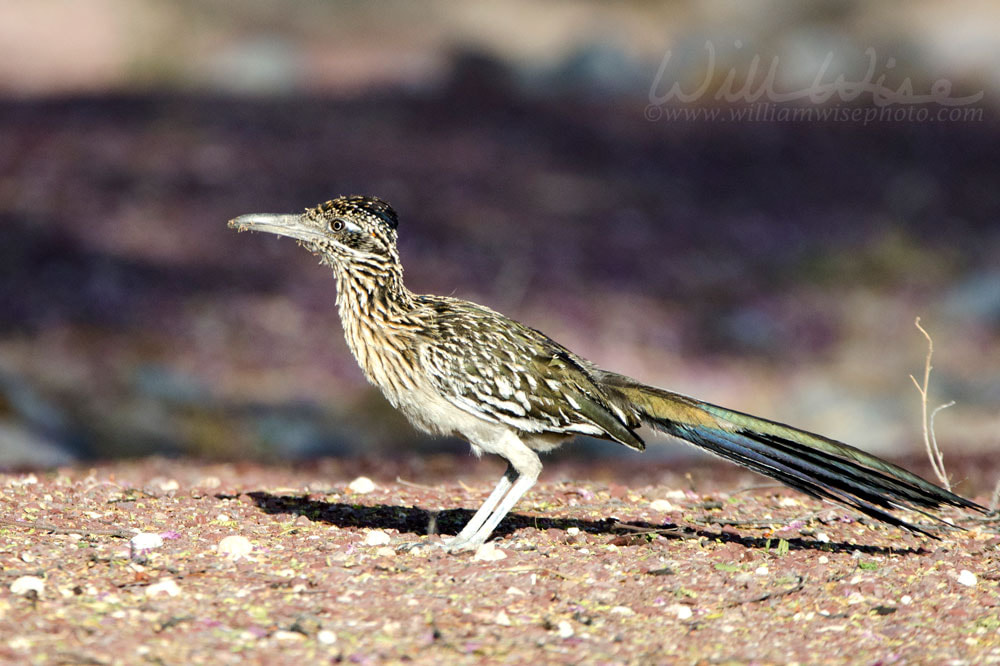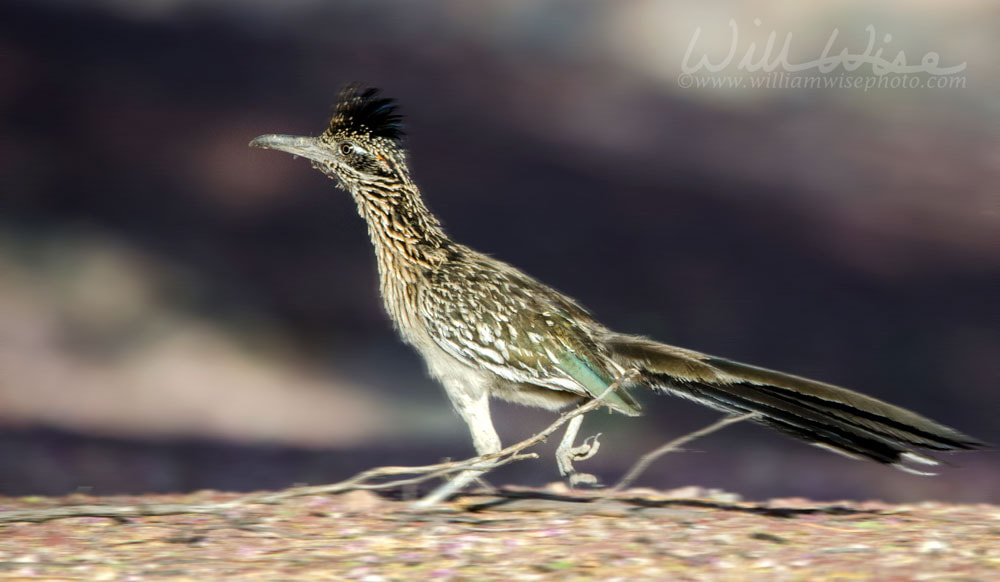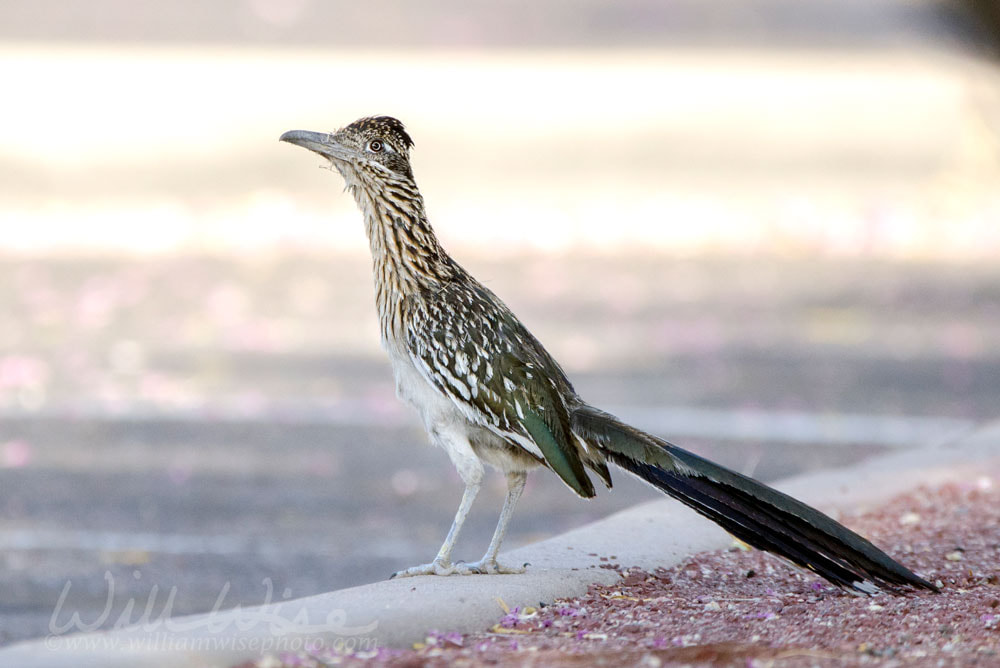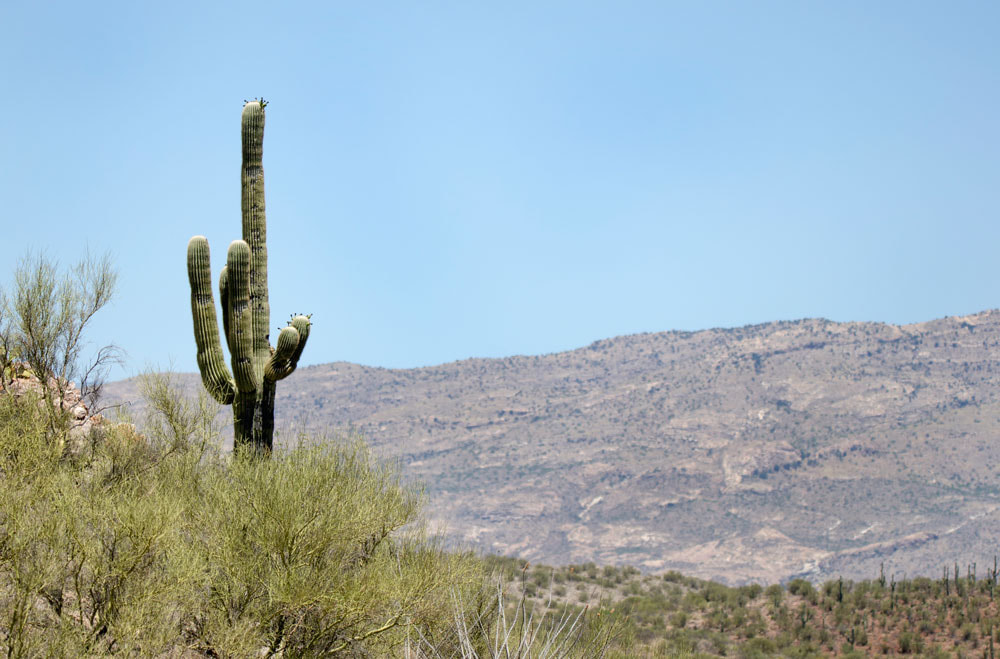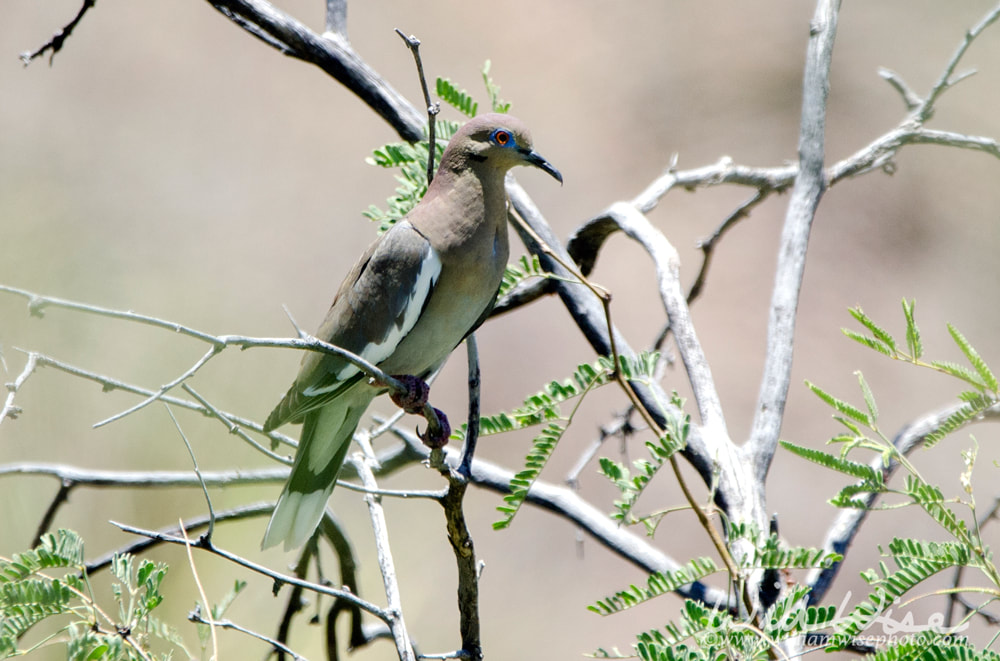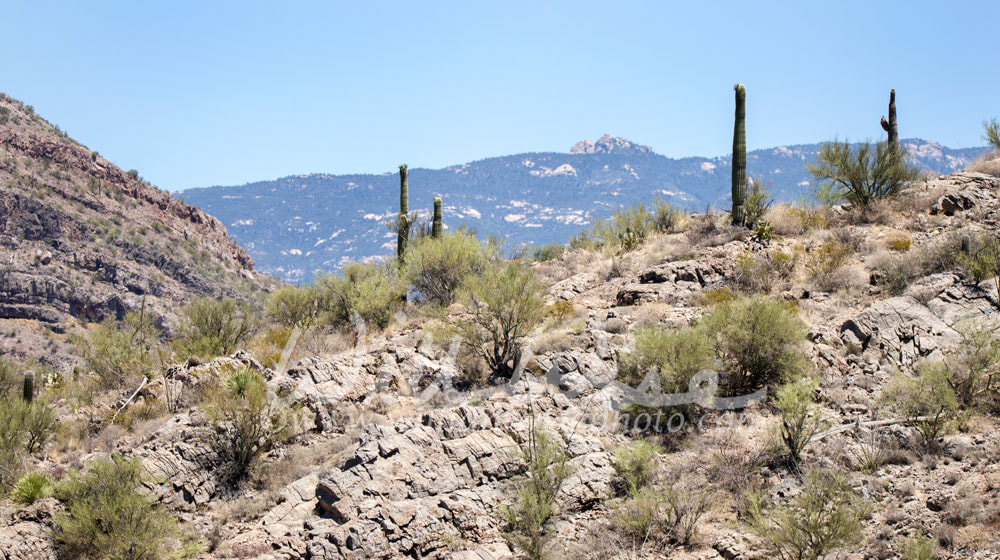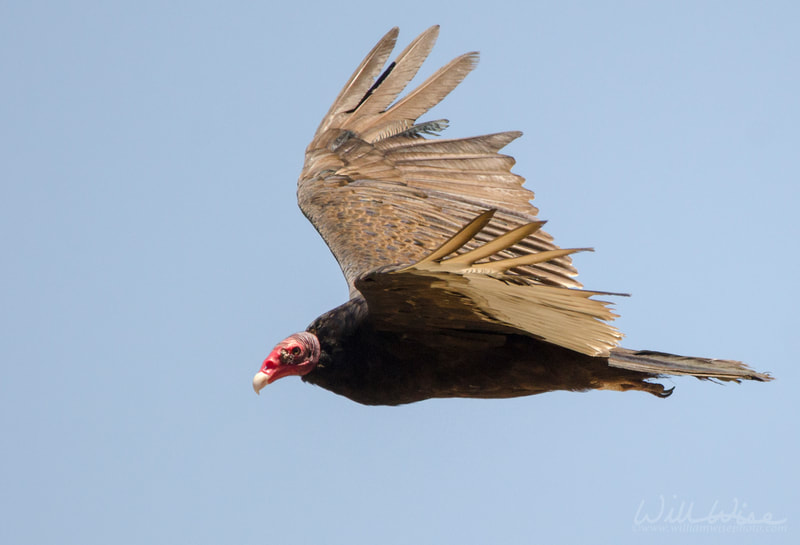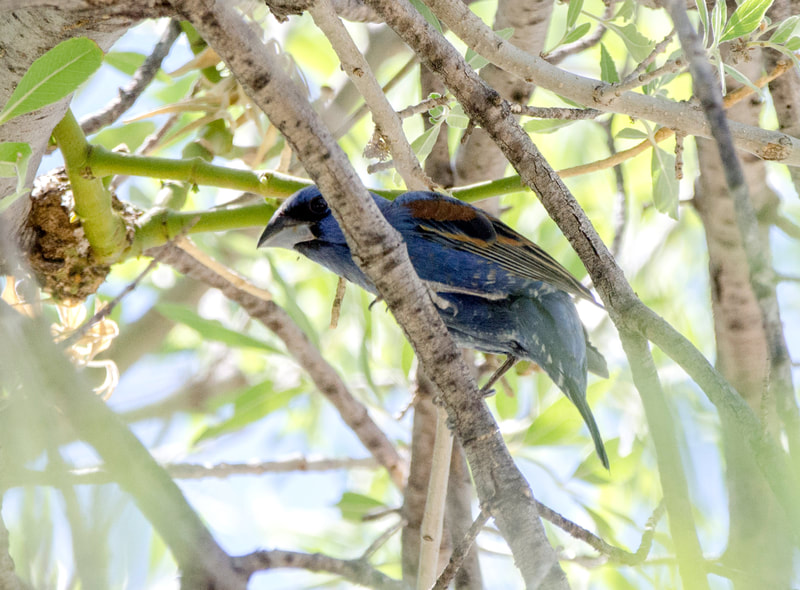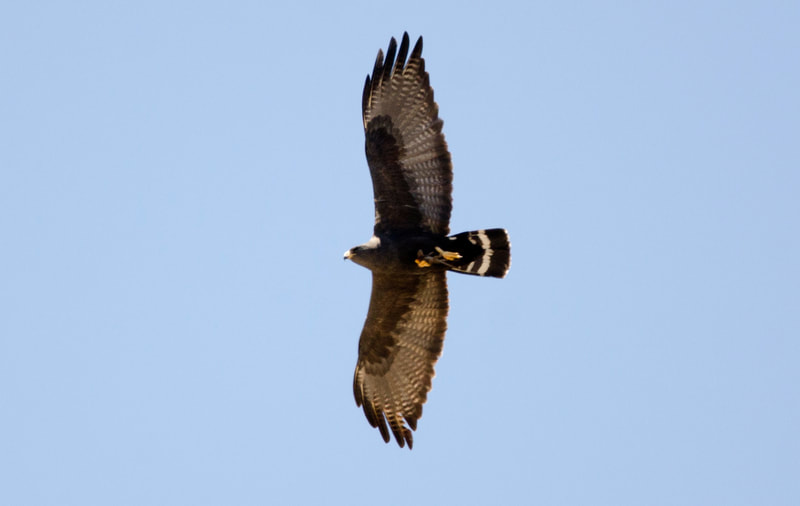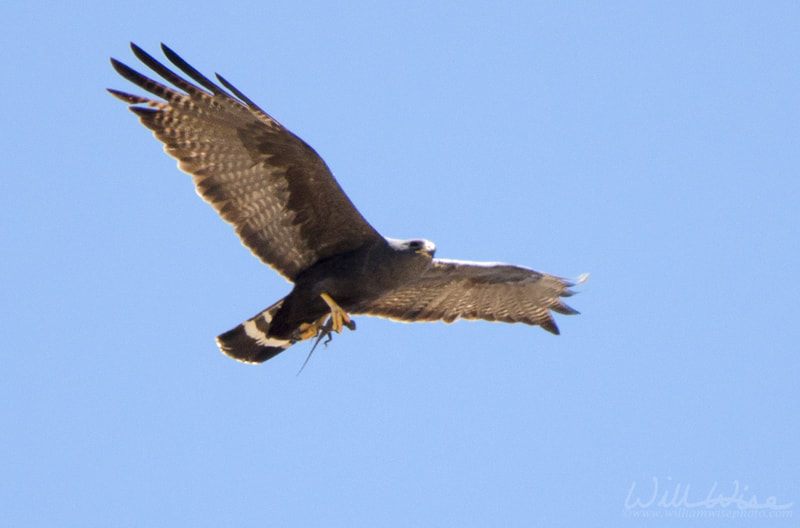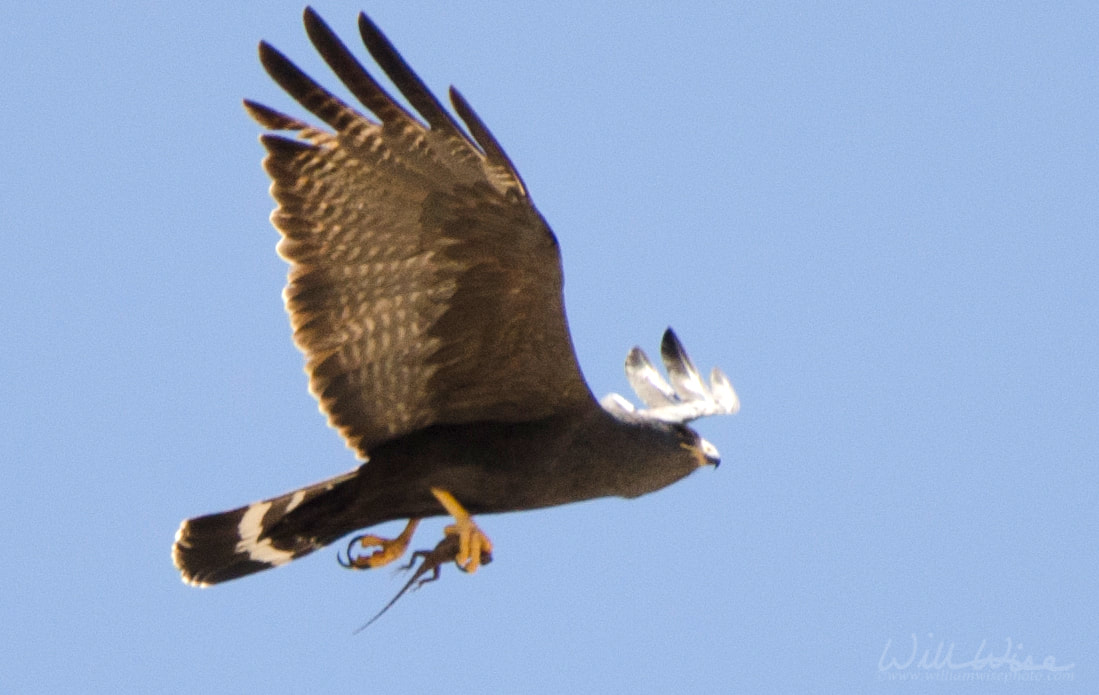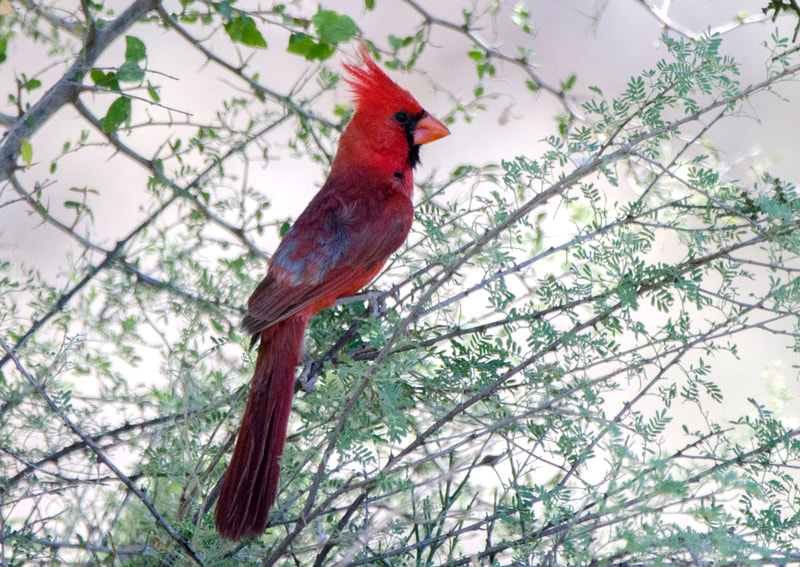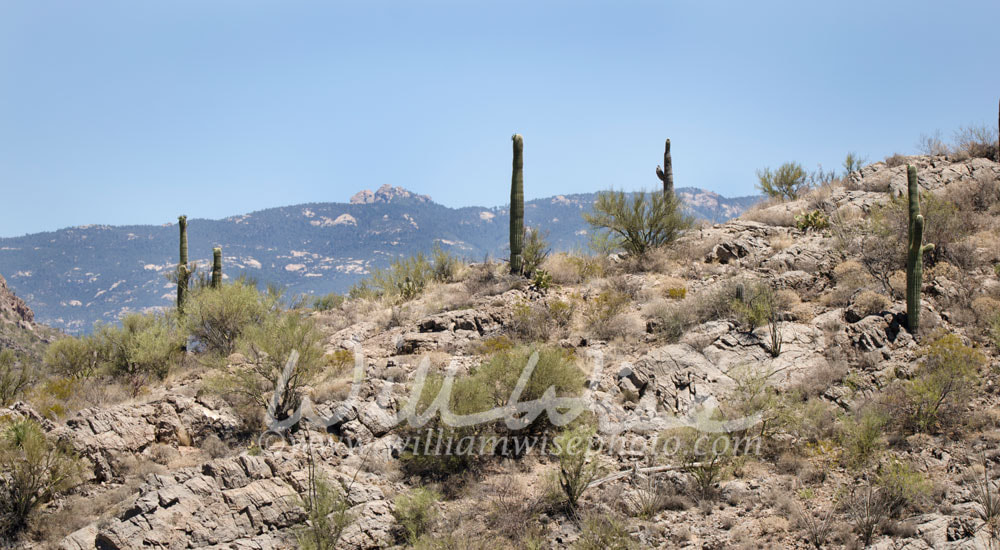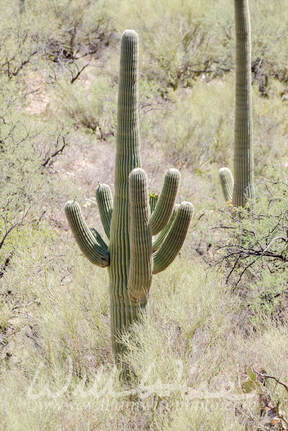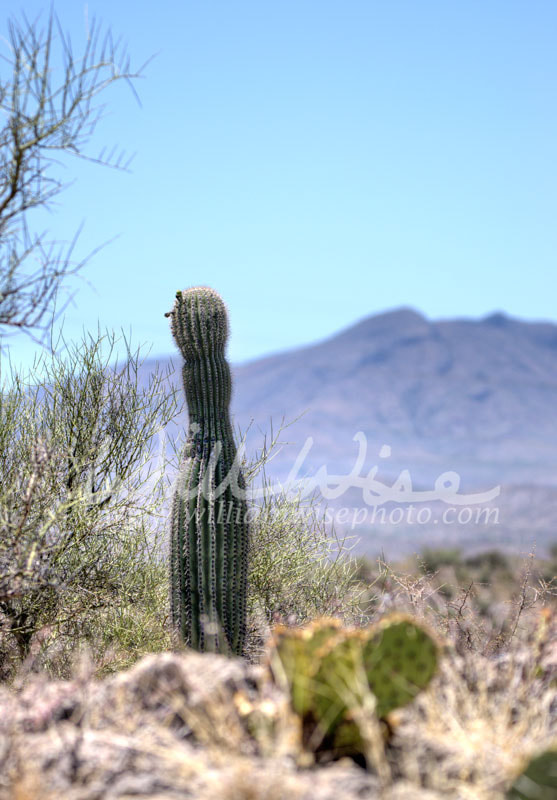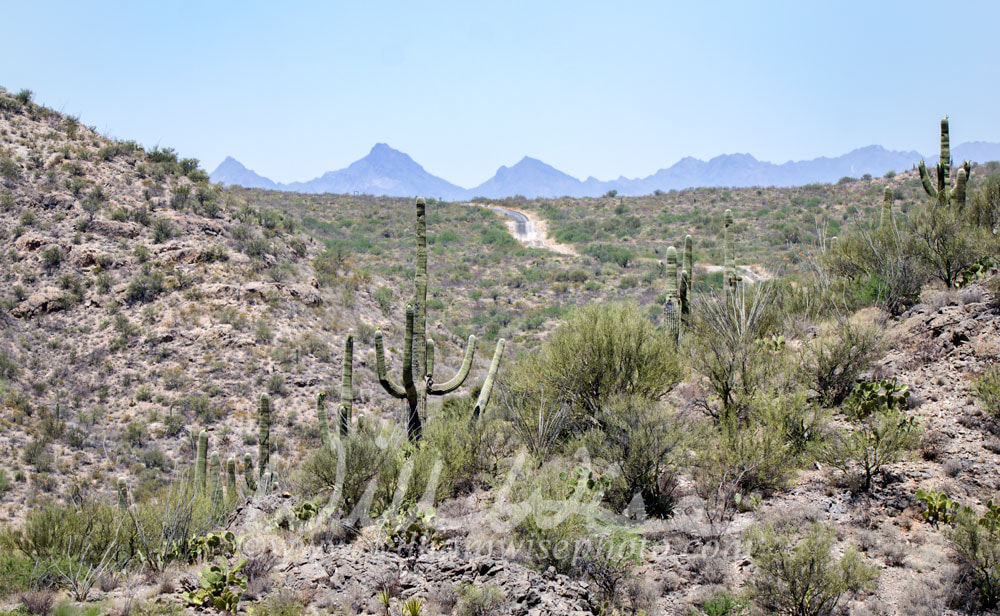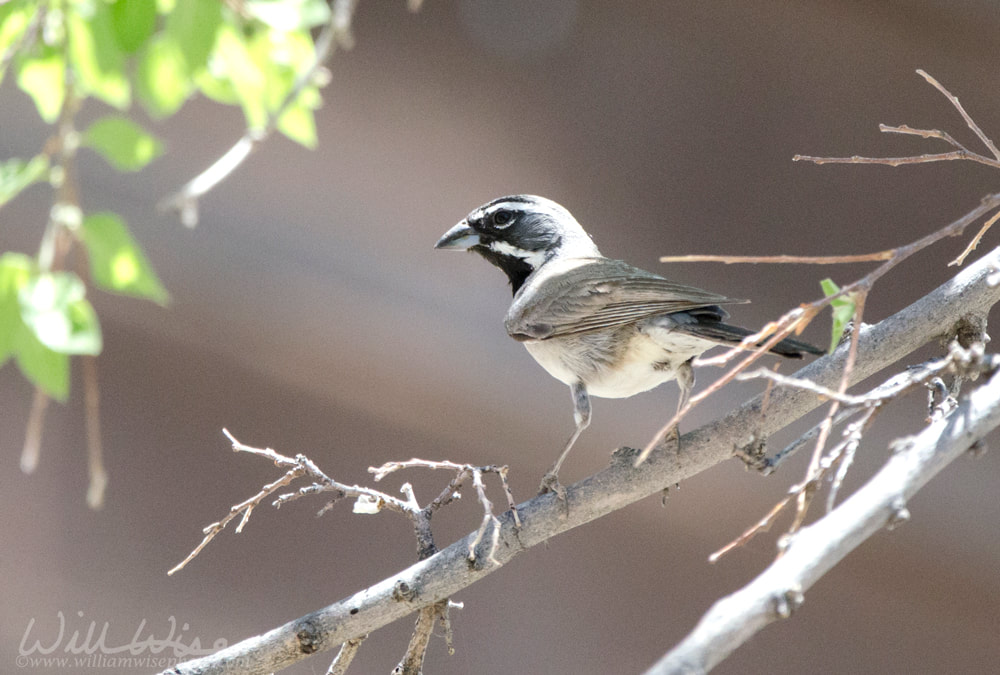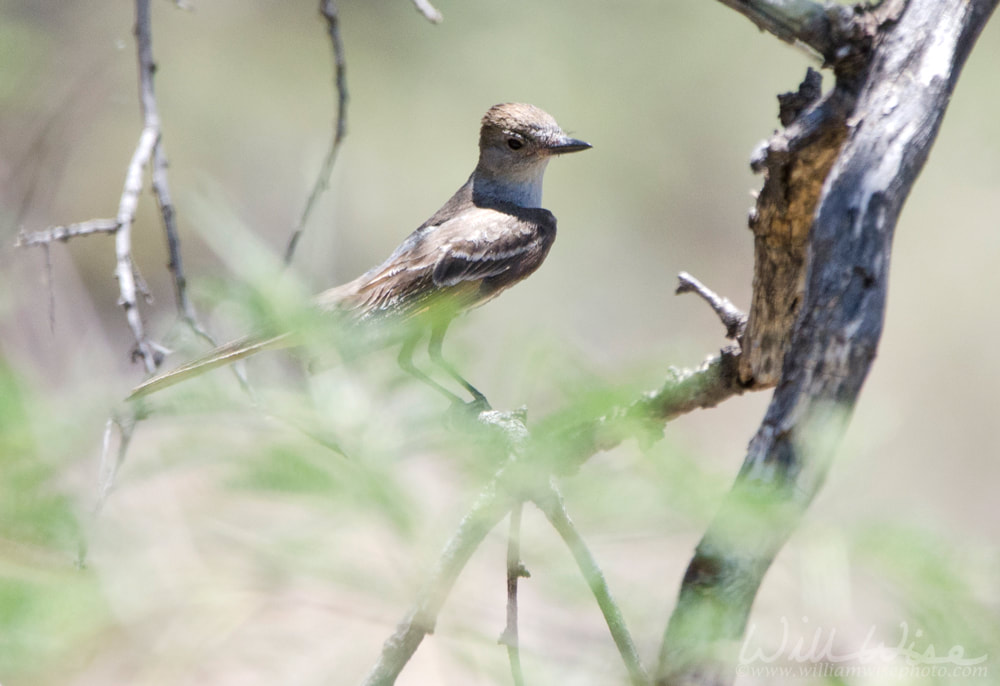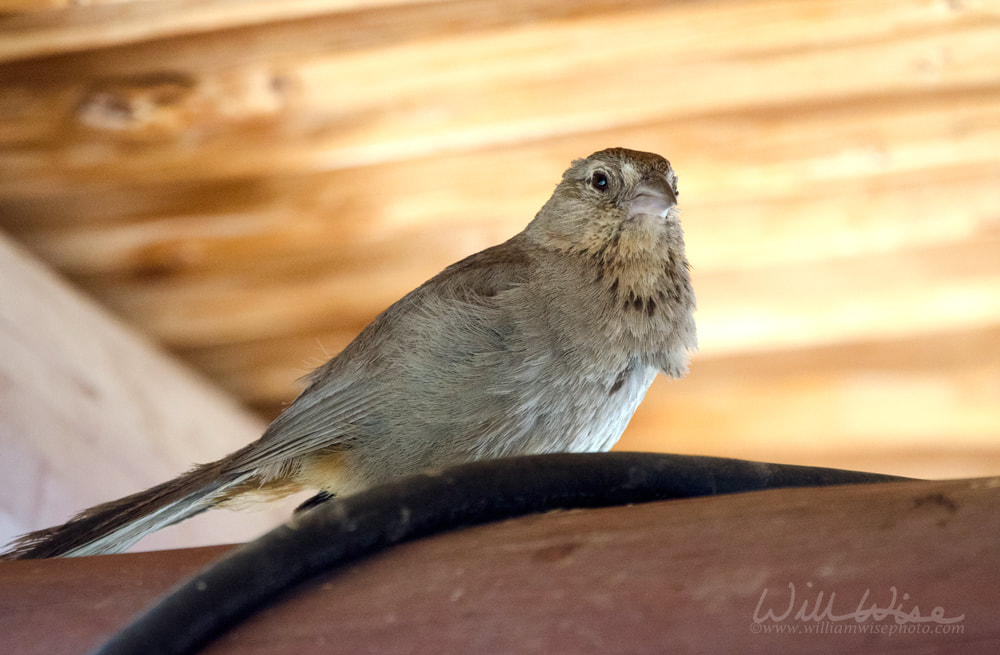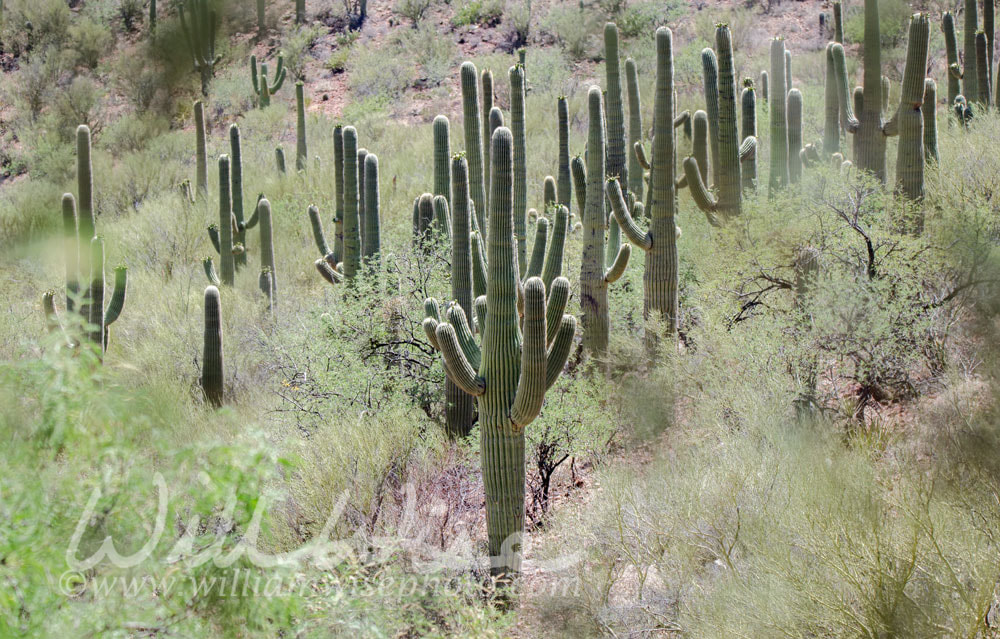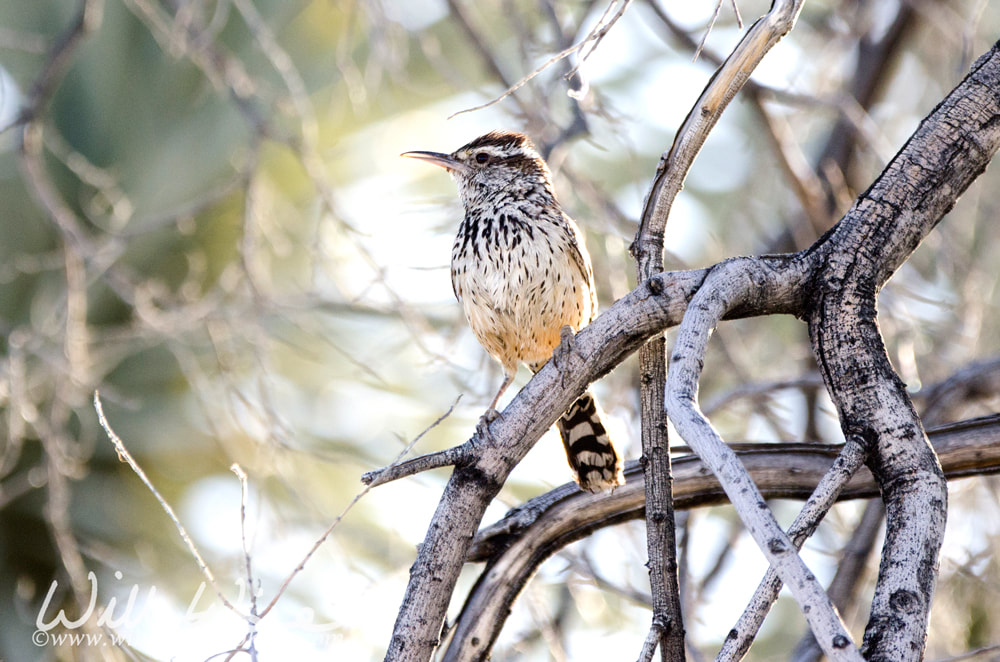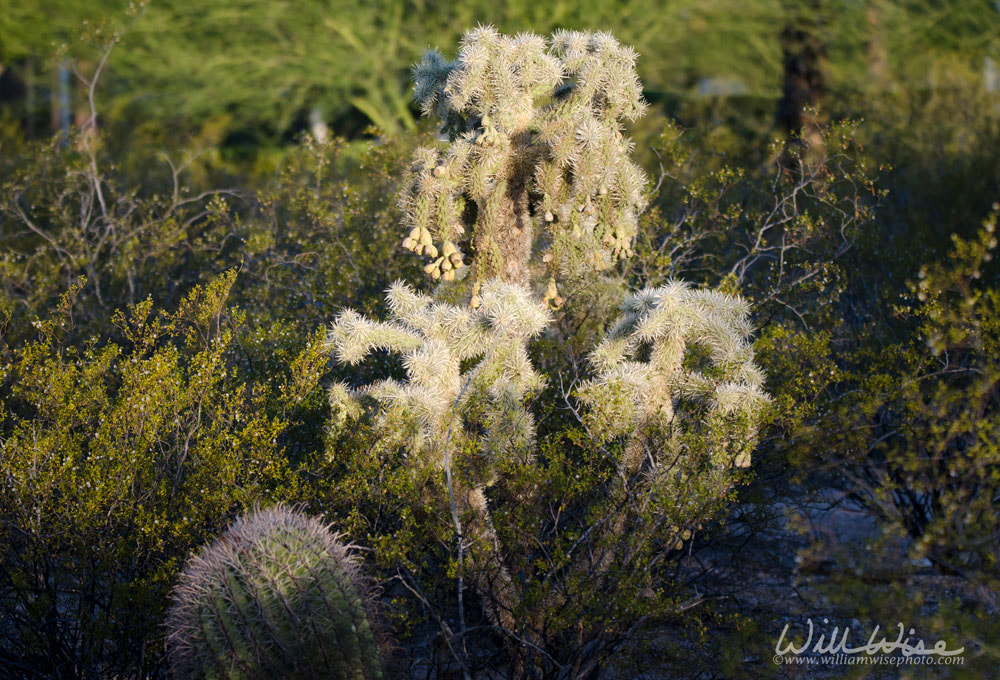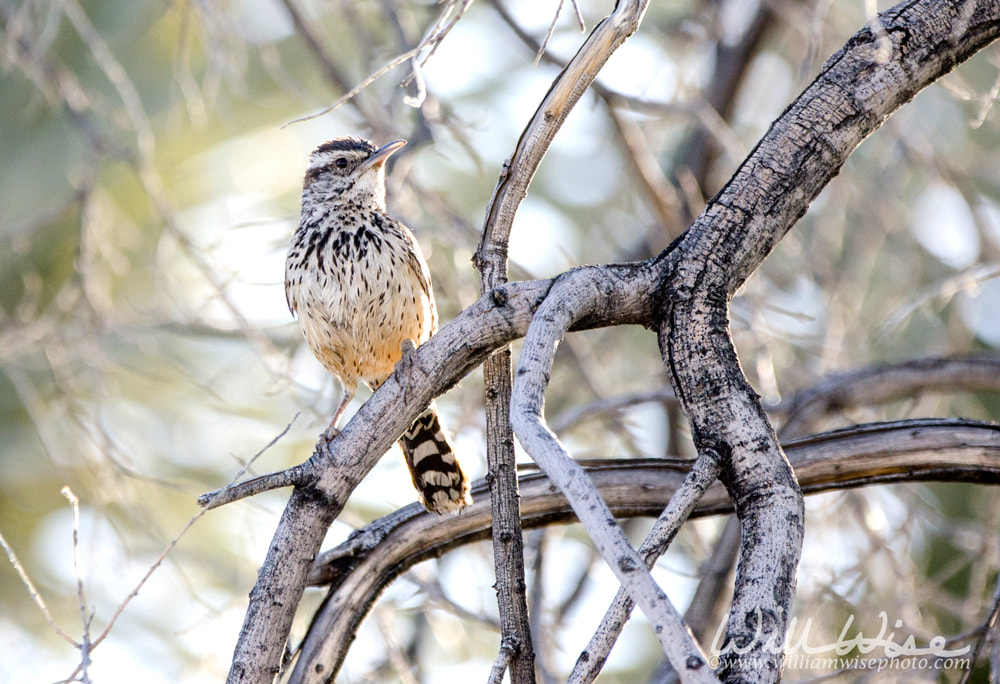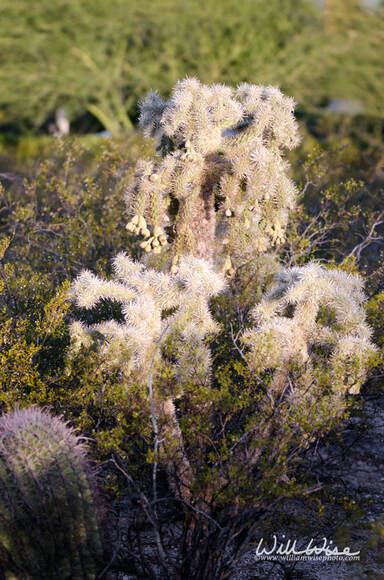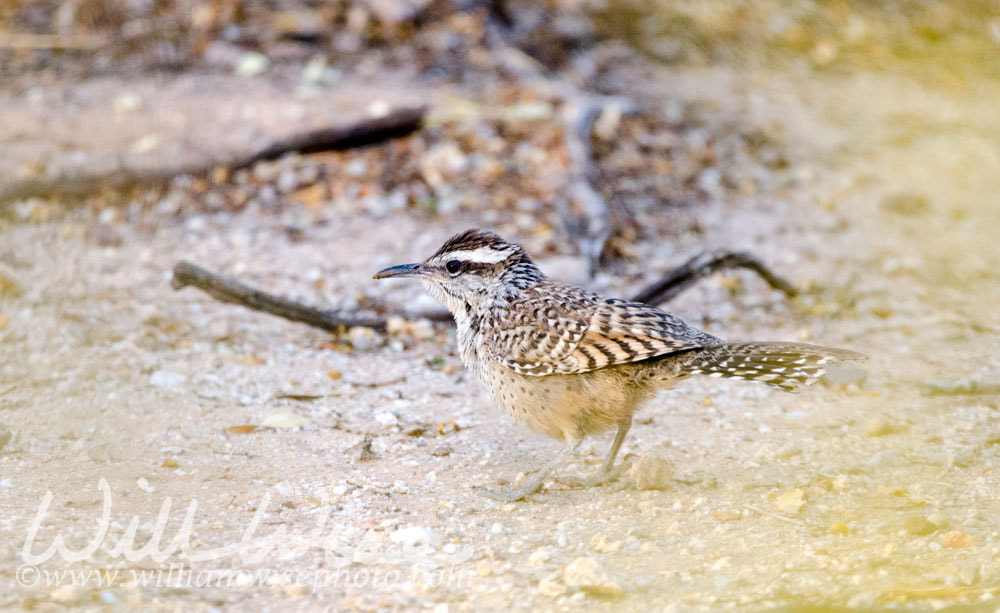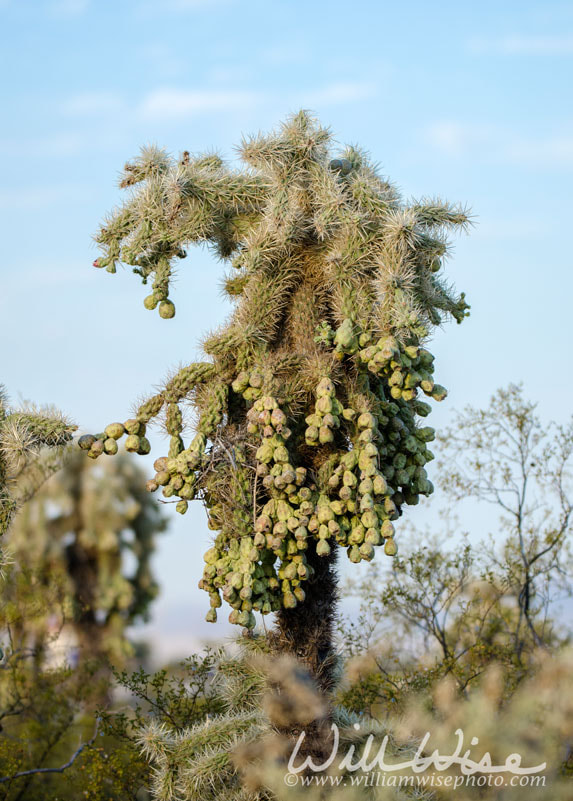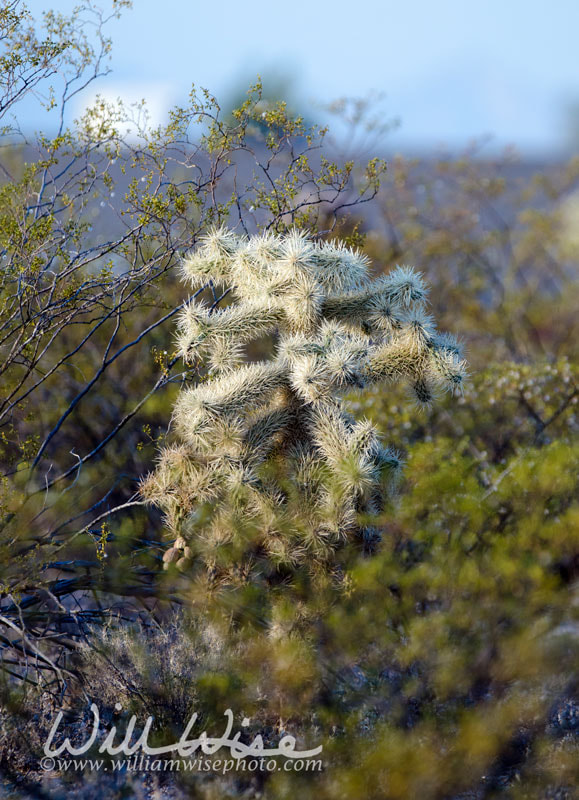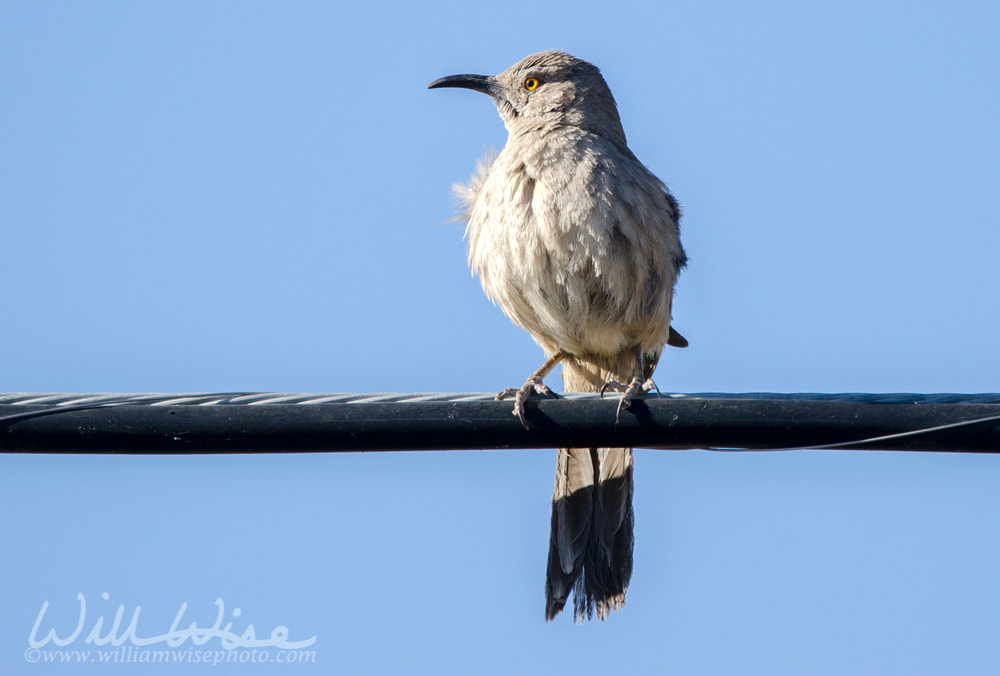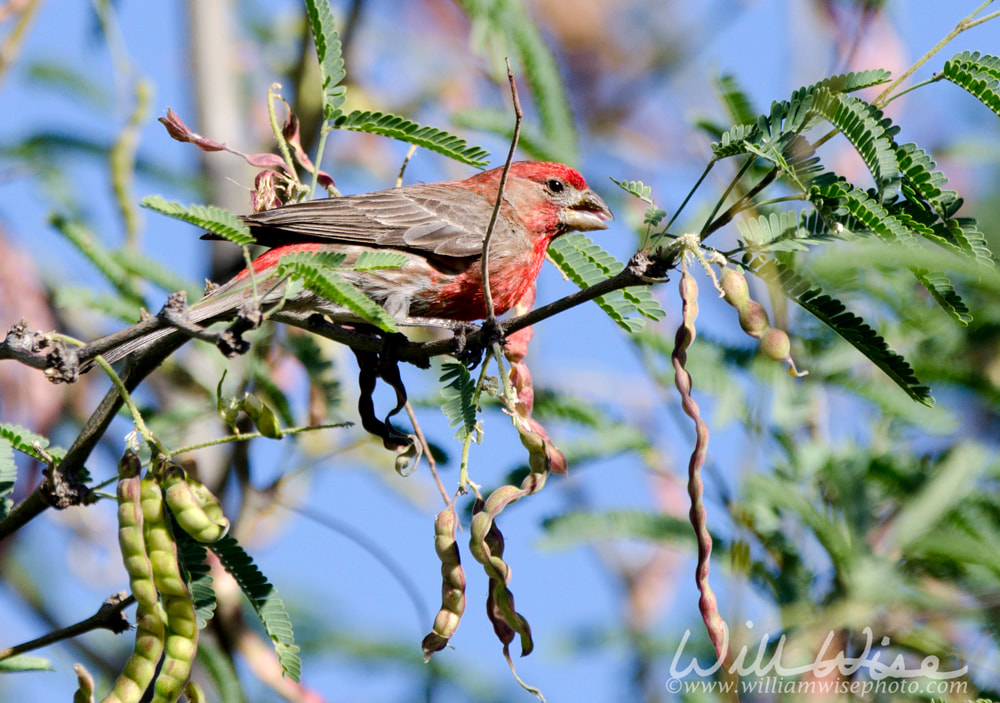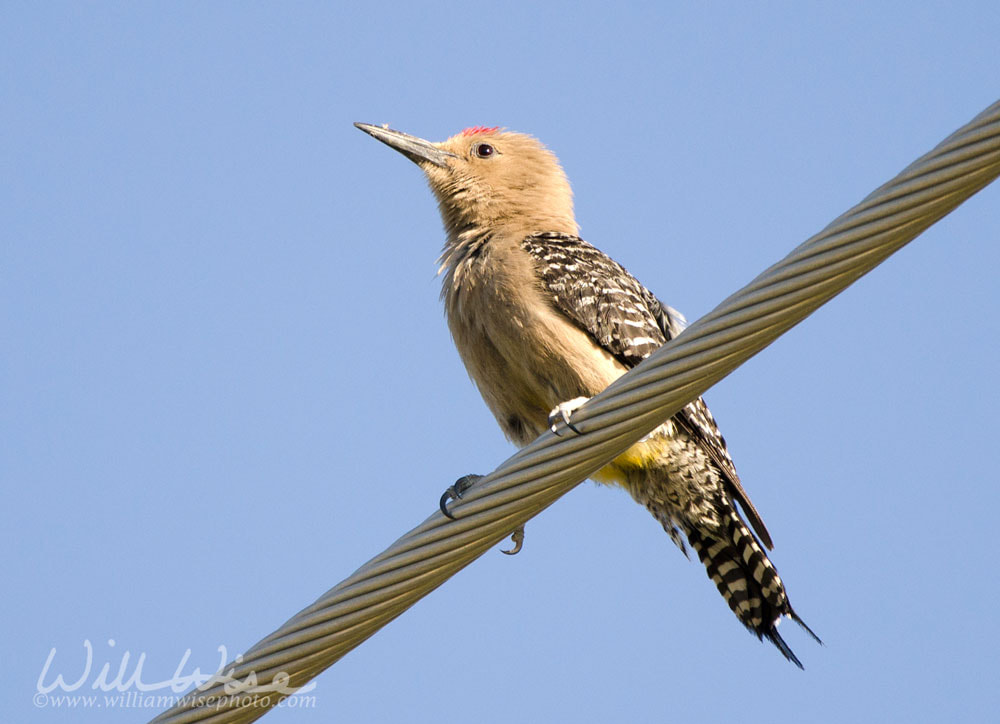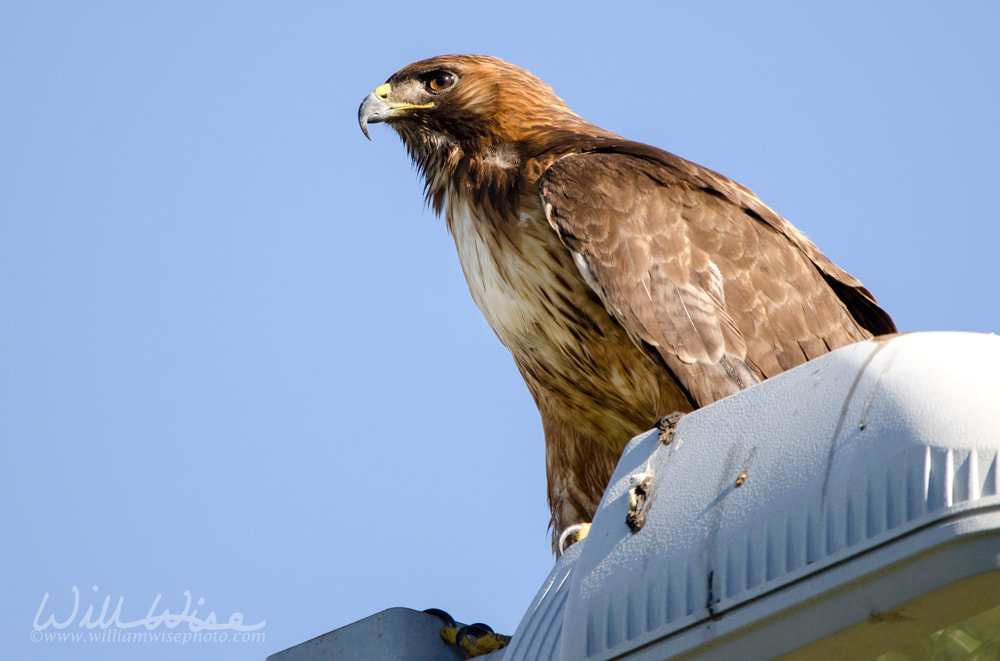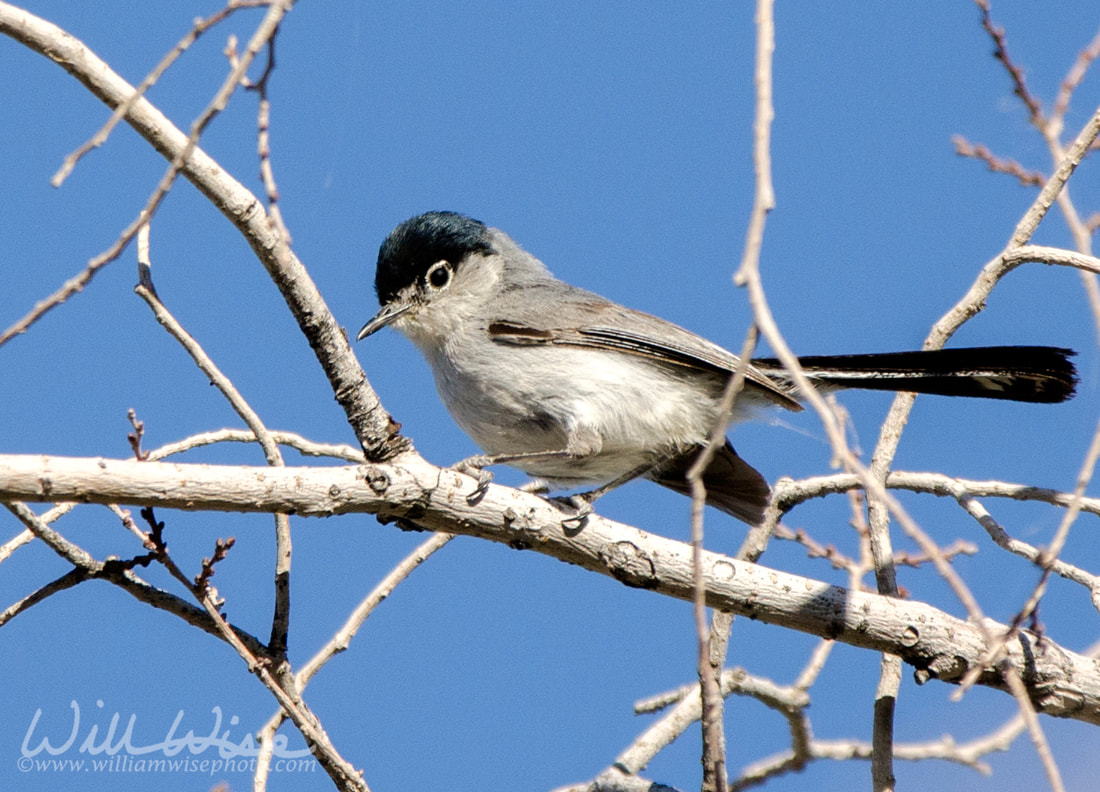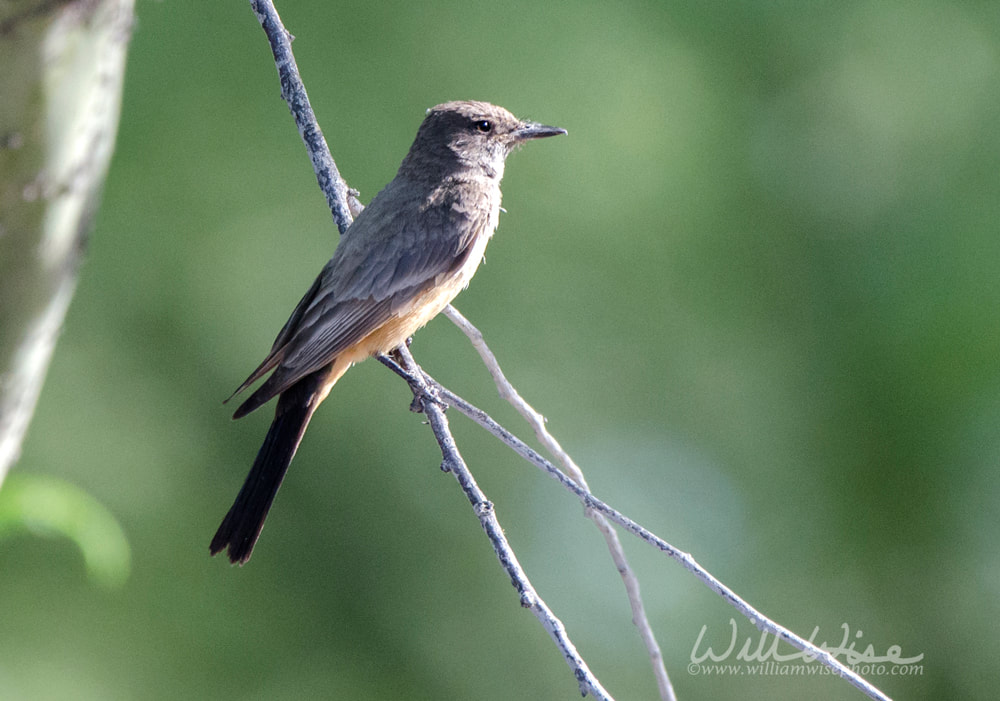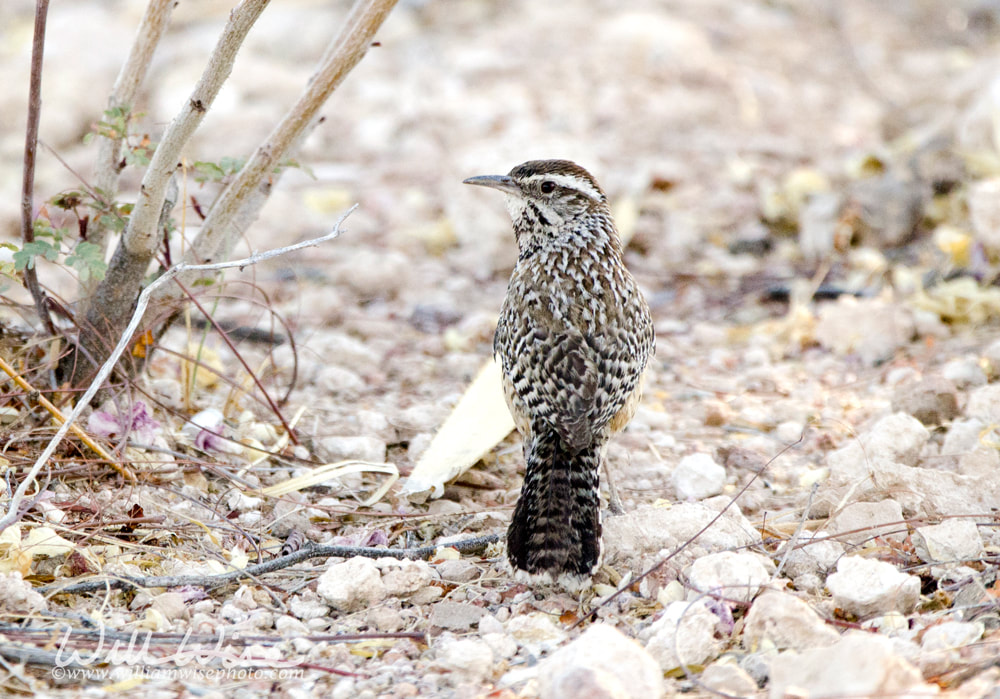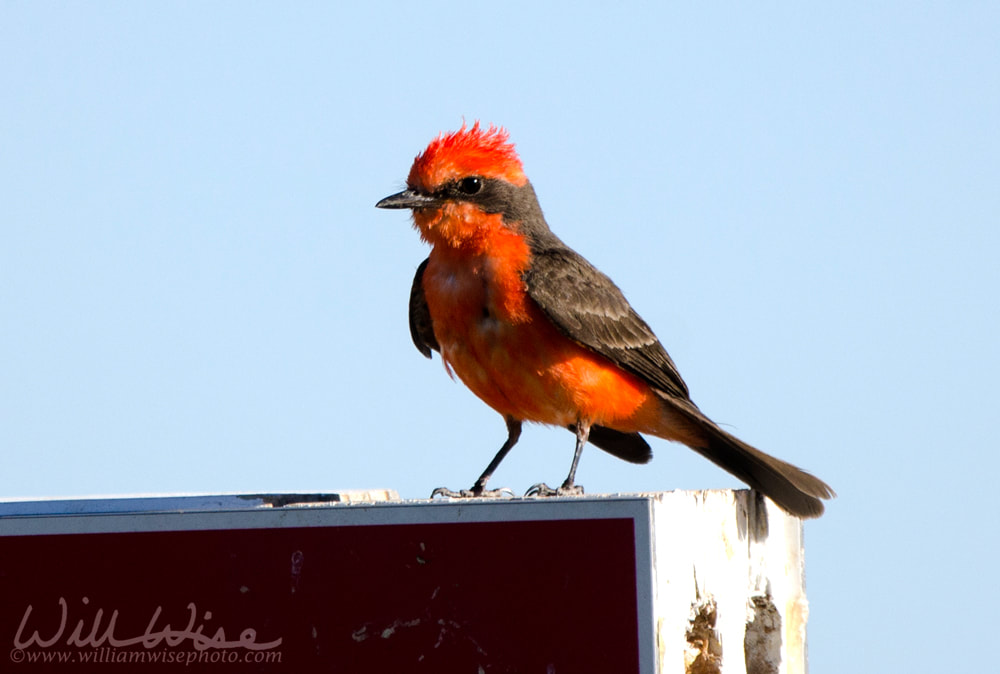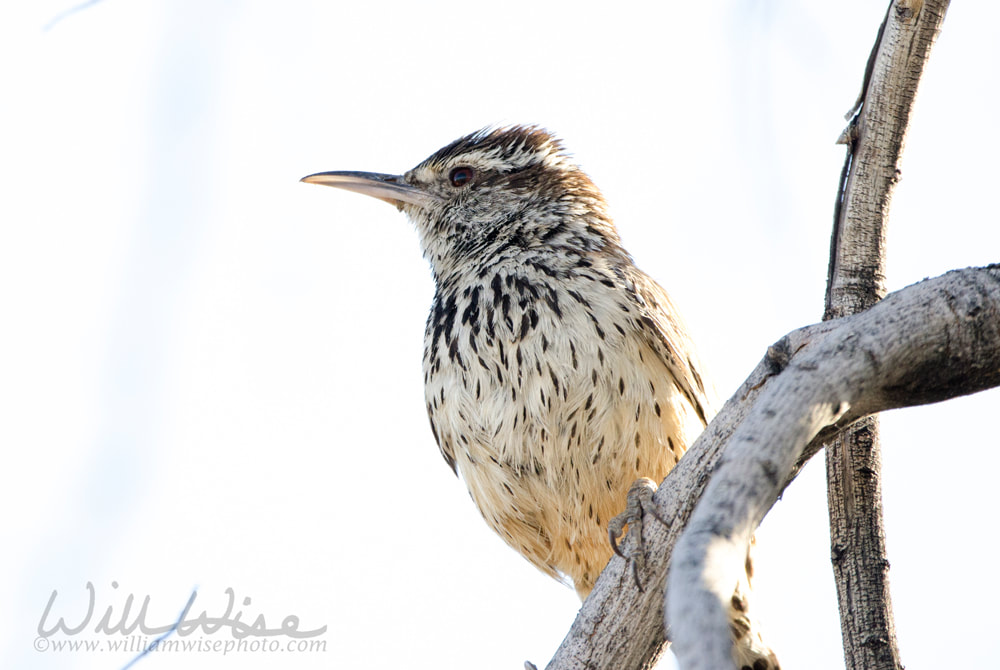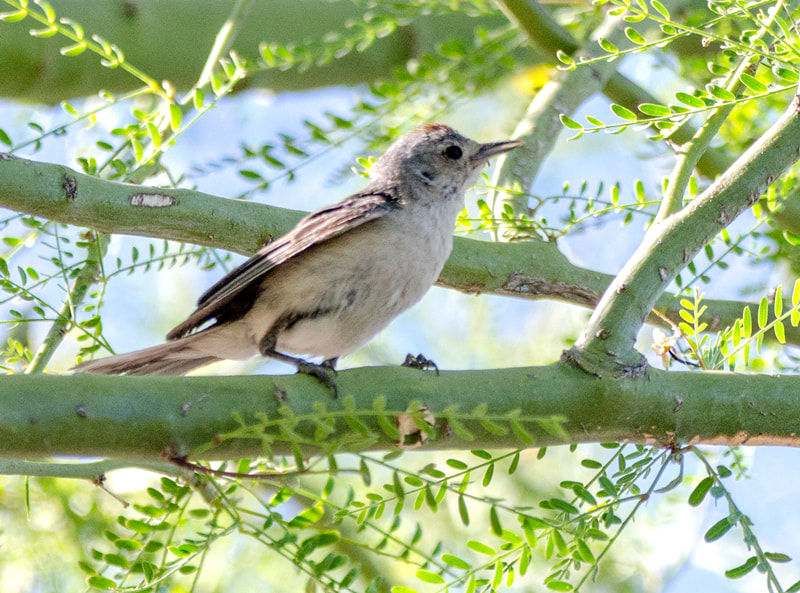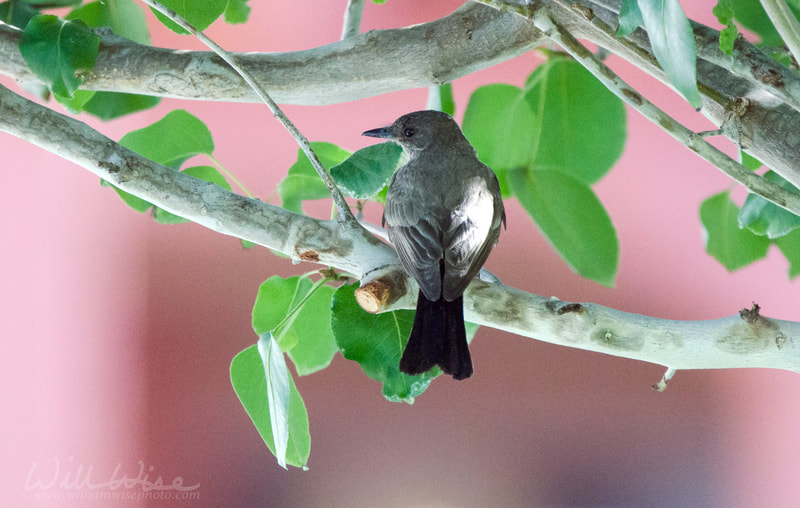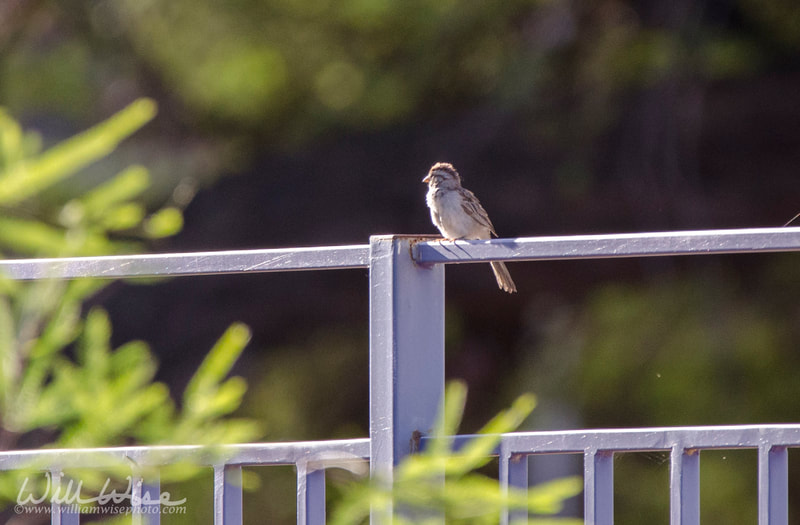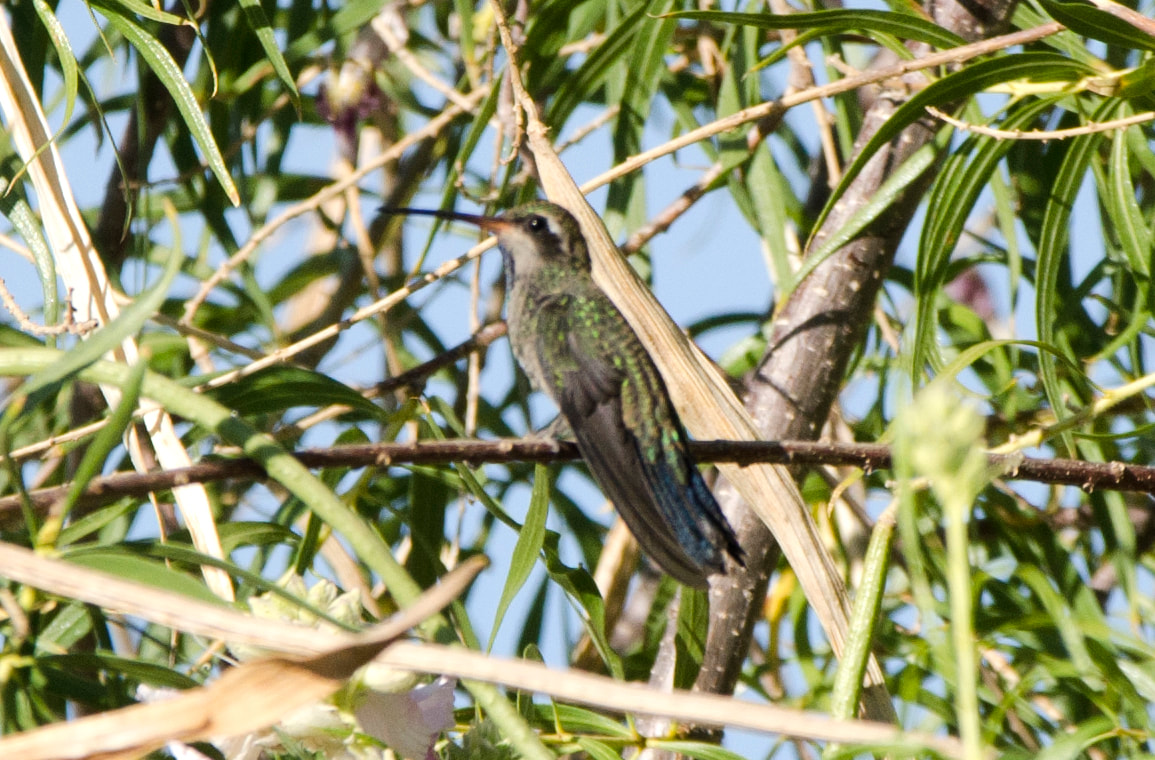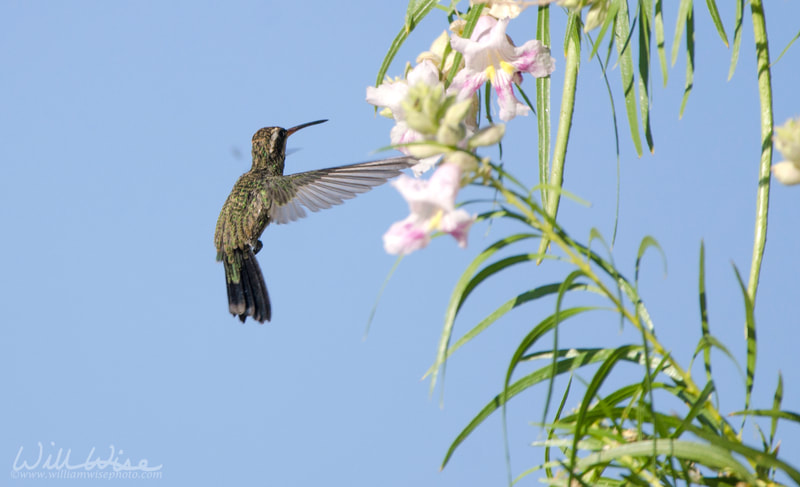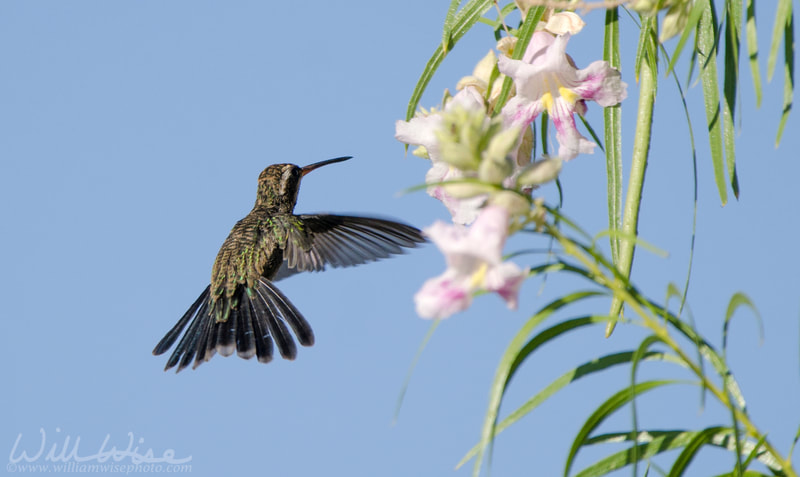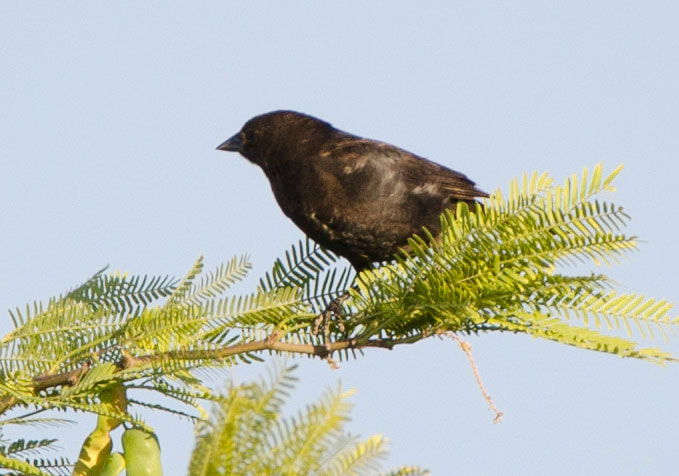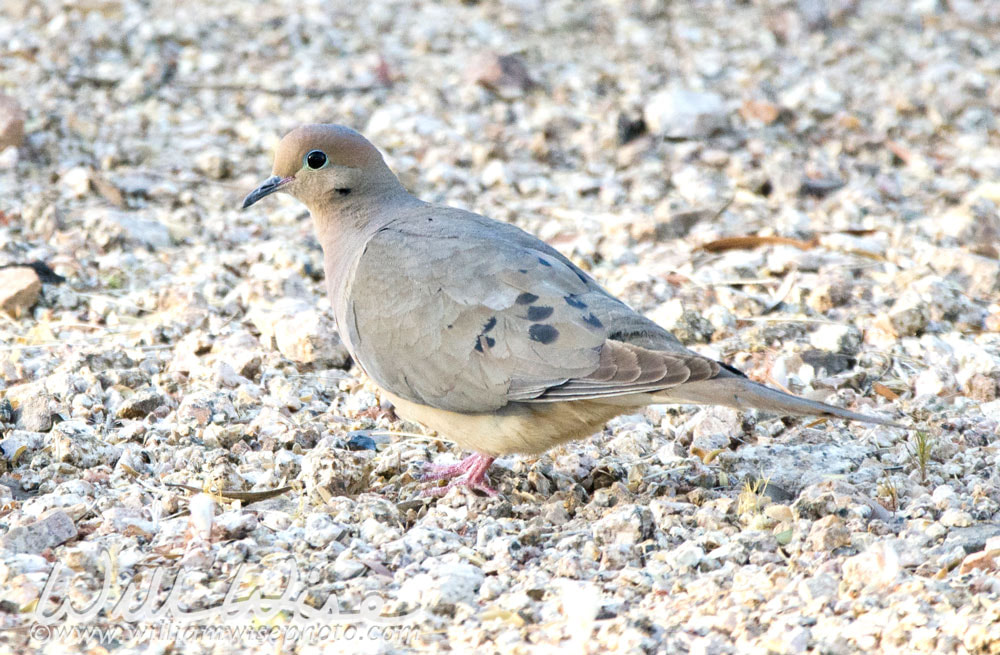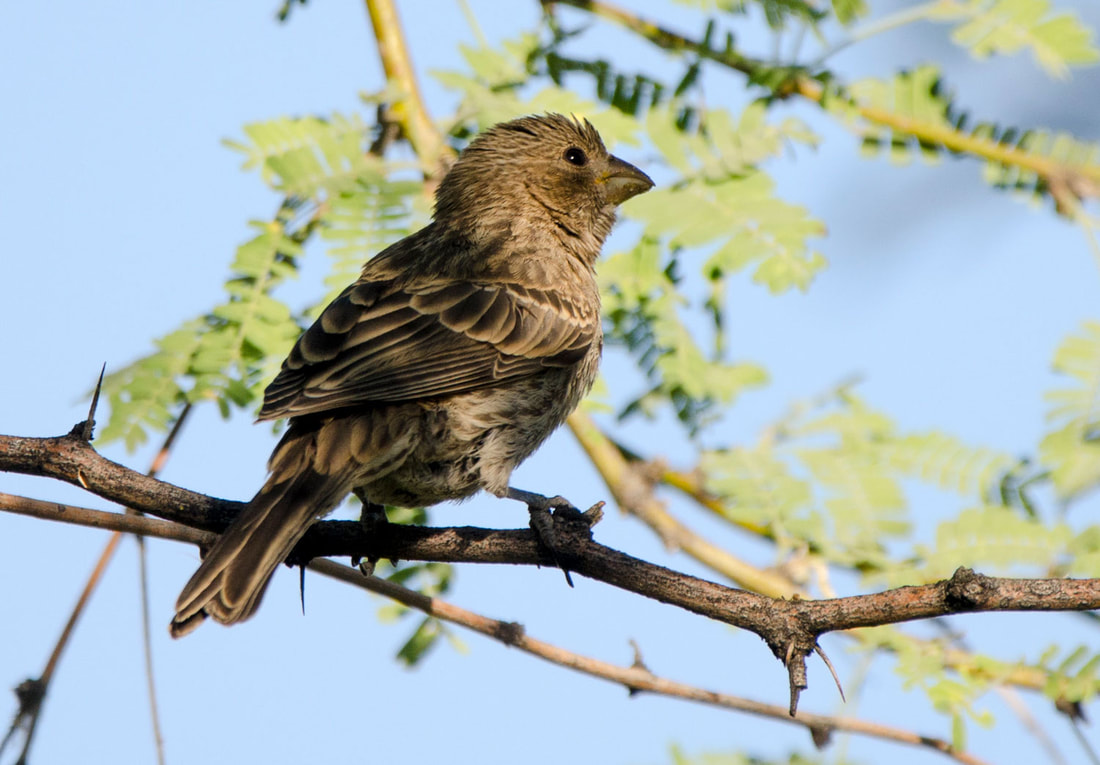Psalms 68:6 "God makes homes for those who are abandoned; He makes free those who are bound with chains." Thursday, 10:47 AM - “Jack” was a 4-month-old Beagle and Terrier mixed puppy that was surrendered by his owner on June 28, 2018. They had surrendered two of his littermates earlier in the summer, but thought they’d keep him. Well, when it “just wasn’t working out”, the shelter had to find a home for “Jack” too. No problem. A super-cute pup like “Jack” just might find a better life elsewhere anyway! Besides being irresistibly cute, he was one-hundred-percent “I wanna play with you!” So, how do you get a 100-mile-an-hour puppy like “Jack” to sit still for photos when he wants to run straight to you? I placed him up on a picnic table. When up higher, the dogs will tend to stay put. But after a few minutes Jack figured out that the jump wasn’t that far, so I tied a short tether just behind him. “Jack” was photographed for the Walton County Animal Control shelter on June 28, 2018 and put on the shelter’s adoption website, www.waltonpets.net.
0 Comments
Psalms 68:6 "God makes homes for those who are abandoned; He makes free those who are bound with chains." Thursday, 8:52 AM - “Gage” was a friendly boy that was picked up by a Walton County Animal Control officer on June 27, 2018. Unfortunately he had no tag or microchip to find his way home and was brought to the animal shelter. “Gage” had a wonderful, happy personality; a cute kind of goofiness. After getting his photos, we were in the exam room together waiting on his heartworm test results. Funny “Gage” kept leaning up against my legs and nudging his nose under my hand looking for some petting! He was a big boy - obviously a German Shepherd mix - and probably over 85 pounds. But with his flopped ears and puffy lips, we guessed maybe there was a bit of Shar-pei mixed in there somewhere. “Gage” was photographed for the Walton County Animal Control shelter in Monroe, GA on June 28, 2018 and put on the shelter’s adoption website, www.waltonpets.net.  William Wise Photo Nature Notes is a wildlife, birding and nature photography blog documenting the beauty, design and wonder of God’s creation. -- "What a wildly wonderful world, God! You made it all, with Wisdom at Your side, made earth overflow with your wonderful creations." Psalms 104 The Message 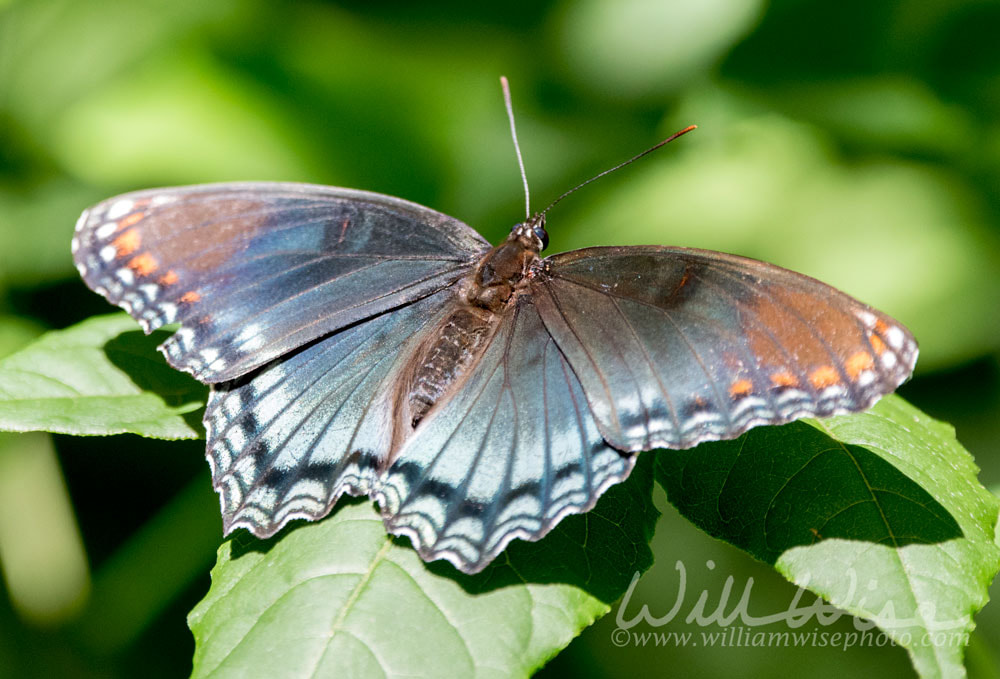 Limenitis arthemis, the red-spotted purple or white admiral, is a North American butterfly species in the cosmopolitan genus Limenitis. Monroe, GA. Common near open water lakes, ponds, rivers and in wetlands over most of North America and Central America. Photographed in June, hot humid summer days.  William Wise Photo Nature Notes is a wildlife, birding and nature photography blog documenting the beauty, design and wonder of God’s creation. -- "What a wildly wonderful world, God! You made it all, with Wisdom at Your side, made earth overflow with your wonderful creations." Psalms 104 The Message 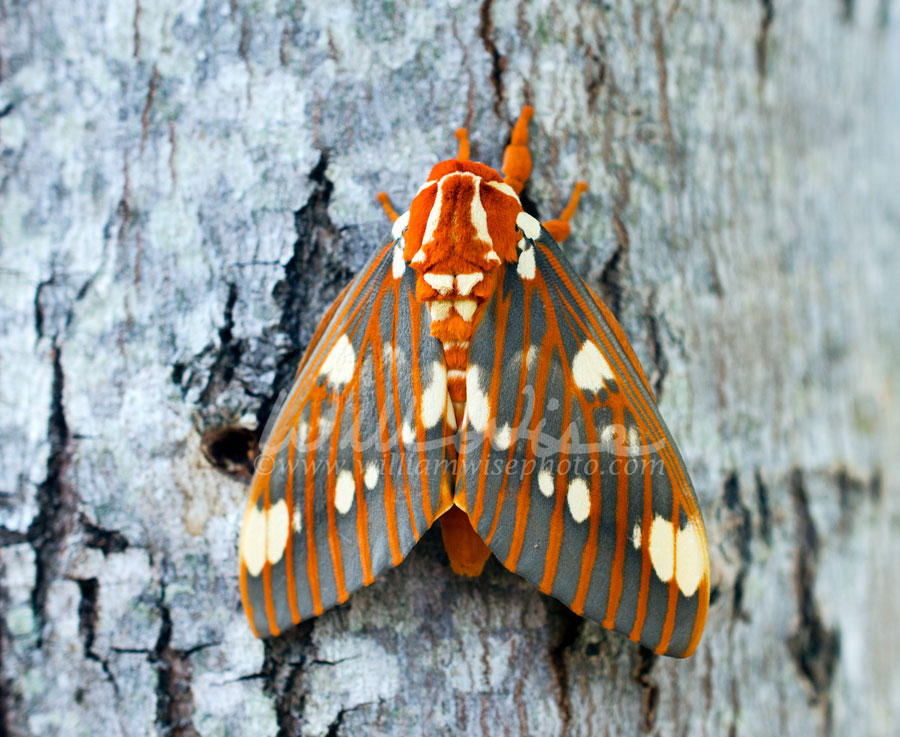 Regal Moth, Citheronia regalis, on tree bark. The regal moth, also called the royal walnut moth, is a North American moth in the family Saturniidae. The caterpillars are called hickory horned devils. The regal moth is found throughout the deciduous forest areas of the eastern United States from New Jersey to Missouri and southward to eastern Texas and central Florida. Photographed in Athens, Clarke County, GA. June 23, 2018. "Mr. Wise!!! Mr. Wise!!! Come outside and see this cool bug!" All the kids in church know that "Mr. Wise" loves this kind of stuff. So they all ran enthusastically into the church to bring me outside to see this Regal Moth clinging to the bark in the shade of a tree in the parking lot. - Partly sunny, with a high near 90. West wind 5 to 10 mph, with gusts as high as 15 mph. Chance of precipitation is 30%.  William Wise Photo Nature Notes is a wildlife, birding and nature photography blog documenting the beauty, design and wonder of God’s creation. -- "What a wildly wonderful world, God! You made it all, with Wisdom at Your side, made earth overflow with your wonderful creations." Psalms 104 The Message 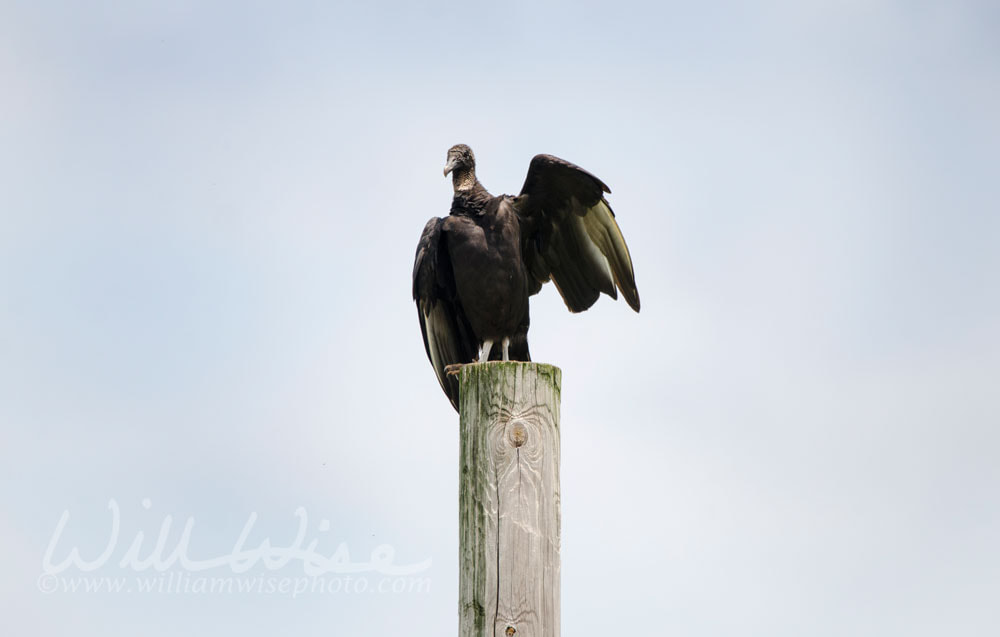 Black Vulture bird, Coragyps atratus, with wing extended perched on a utility pole on Danielsville Highway in Athens, GA. Photographed June 23, 2018. The black vulture, also known as the American black vulture, is a bird in the New World vulture family whose range extends from the southeastern United States to Central Chile and Uruguay in South America. Psalms 68:6 "God makes homes for those who are abandoned; He makes free those who are bound with chains." Friday, 7:51 AM - “Reggie” and I had to get out early this morning! I love the longer days, but summertime poses a challenge to the animal shelter photography. Summer means longer daylight hours. And longer days mean higher volume of animal intake and fewer shady hours to photograph them. The lengthening springtime days trigger most animals to come in season and begin breeding. Then after those 64 days of gestation, puppies and kittens are coming in waves into the shelter. That means a bunch more animals to photograph than we experience in the winter. Summertime also means that kids are out of school and outdoors. This, coupled with the longer daylight hours for strays to roam, means more calls to animal control and thus higher intake. All of these impounds means more heartworm testing, more vaccinating, more photography, and more posting. Preferring to shoot in the shade, I’ve got to get started early in the summer! In the other months, I have until around 10:00 AM to photograph the dogs outdoors. But in the summer, the sun spots pour through the trees and the open shade is lost by 8:30 AM. So, it is busy, busy, busy all summer long. But the rewards of seeing the dogs make into into new homes is worth the extra effort! And “Reggie” the Black Labrador didn’t mind coming out the shelter earlier in the morning…. He really needed to use the bathroom! "Reggie" the Black Labrador was surrendered by his owner to the Walton County Animal Control shelter in Monroe on June 19, 2018. He was photographed and placed on www.waltonpets.net for adoption or rescue. He was sponsored by pledges from Lane, Anne, Alice, Jason, Lorraine, Barbara and Heidi.  William Wise Photo Nature Notes is a wildlife, birding and nature photography blog documenting the beauty, design and wonder of God’s creation. -- "What a wildly wonderful world, God! You made it all, with Wisdom at Your side, made earth overflow with your wonderful creations." Psalms 104 The Message 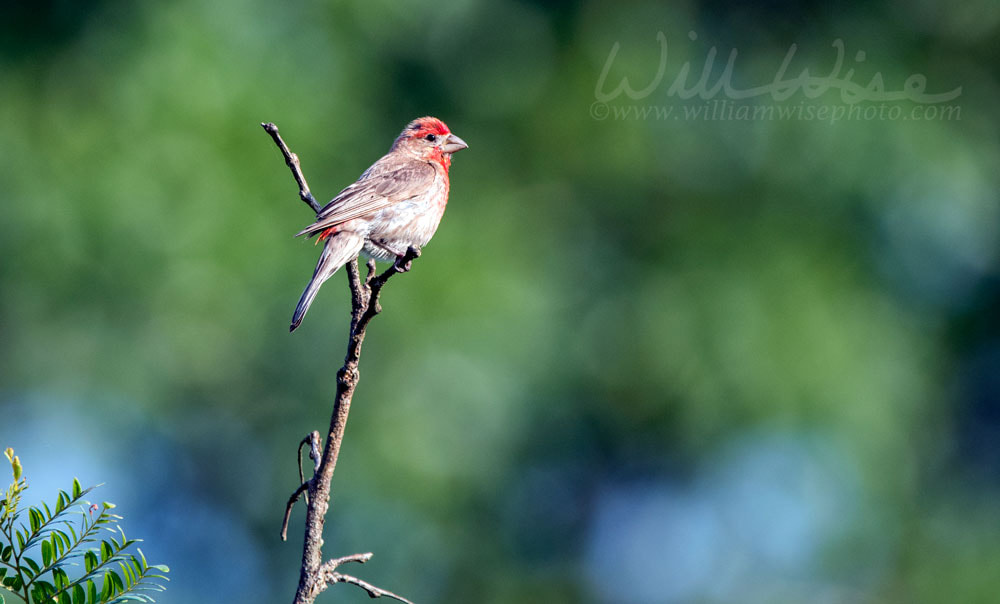 Small House Finch songbird, Haemorhous mexicanus, perched in Mimosa tree. Summer wildlife and birding photography in Monroe, GA. The house finch is a bird in the finch family Fringillidae. It is native to western North America, and has been introduced to the eastern half of the continent and Hawaii. June 28, 2018. 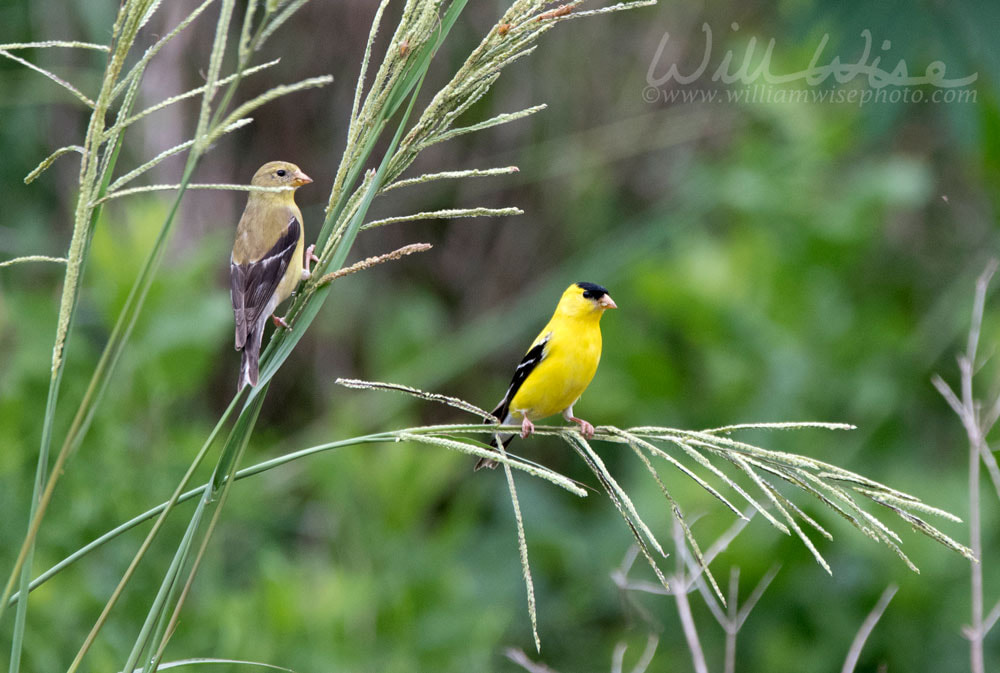 Male and female pale of bright gold American Goldfinch songbirds. Summer wildlife and birding photography in Monroe, GA. The American goldfinch Spinus tristis is a small North American bird in the finch family. It is migratory, ranging from mid-Alberta to North Carolina during the breeding season, and from just south of the Canada–United States border to Mexico during the winter. June 28, 2018.  William Wise Photo Nature Notes is a wildlife, birding and nature photography blog documenting the beauty, design and wonder of God’s creation. -- "What a wildly wonderful world, God! You made it all, with Wisdom at Your side, made earth overflow with your wonderful creations." Psalms 104 The Message 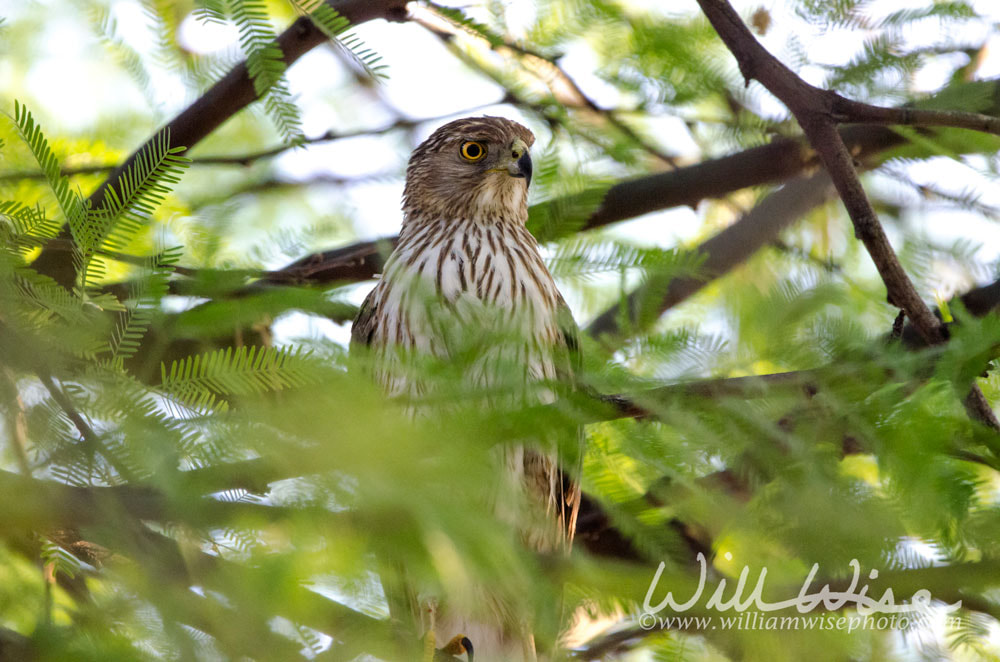 Cooper`s Hawk, Accipiter cooperii, a medium-sized hawk native to the North American continent and found from Southern Canada to Northern Mexico. As in many birds of prey, the male is smaller than the female. Photographed in the arid scrub desert of Tucson in southeastern Arizona, USA. Sonoran desert and Rincon Mountain landscapes. Each morning at 5:30 AM during my weeklong stay in Tucson for our International Bible Conference, I took a walk down Medina Rd near the Tucson airport. Several desert species of birds inhabited the scrub within the vacant industrial lots. Pima County, Arizona. Thursday, June 14, 2018. 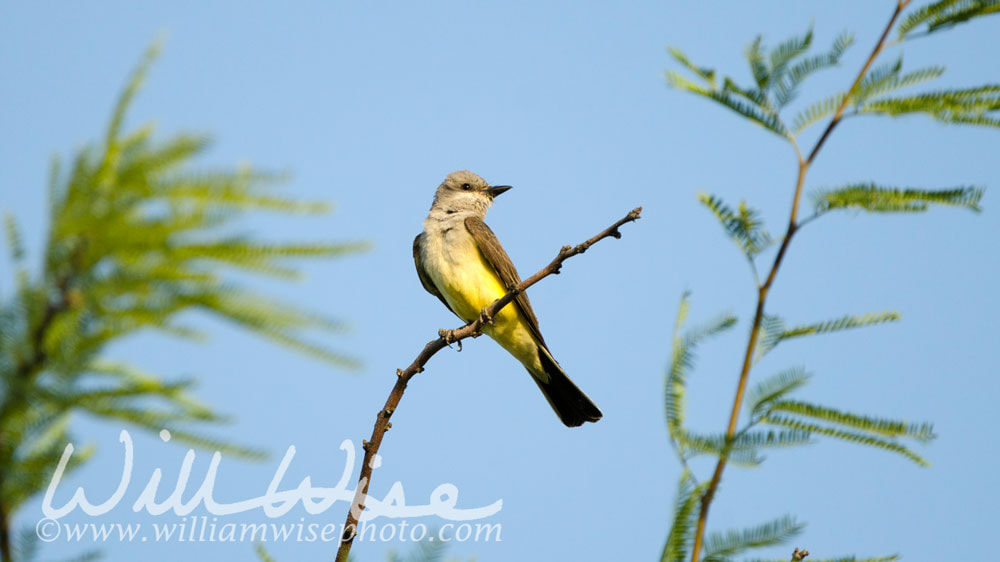 The western kingbird, Tyrannus verticalis, is a large tyrant flycatcher. The Western Kingbird is very similar to and easily confused with Cassin`s kingbird, Couch`s kingbird and the tropical kingbird. Photographed in the arid scrub desert of Tucson in southeastern Arizona, USA. Sonoran desert and Rincon Mountain landscapes. 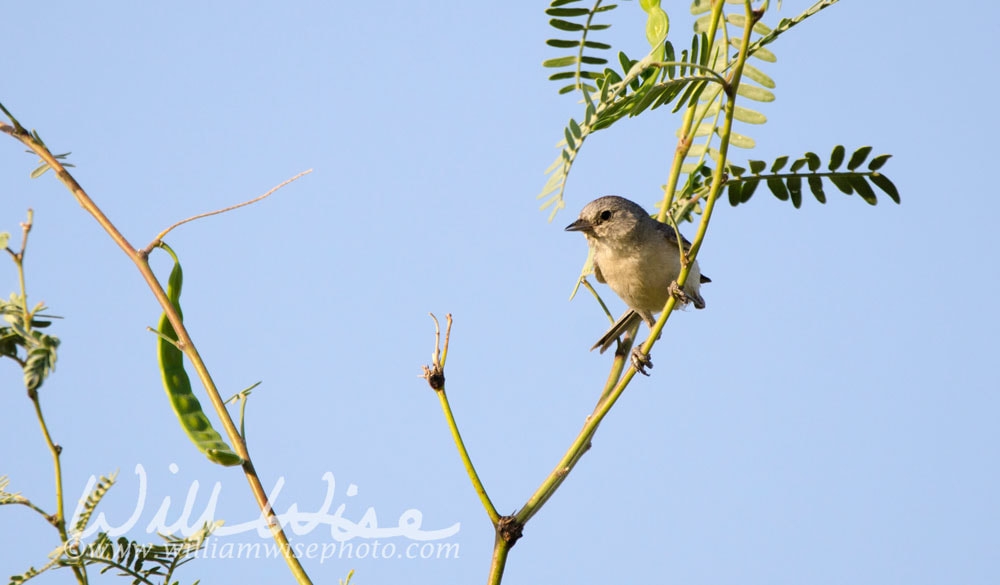 Lucy`s Warbler songbird, Oreothlypis luciae, range includes southwestern United States and northwestern Mexico. One of the smallest warblers, the Lucy`s Warbler is a bird of the hot Sonoran desert. Photographed in the arid scrub desert of Tucson in southeastern Arizona, USA. Sonoran desert and Rincon Mountain landscapes. 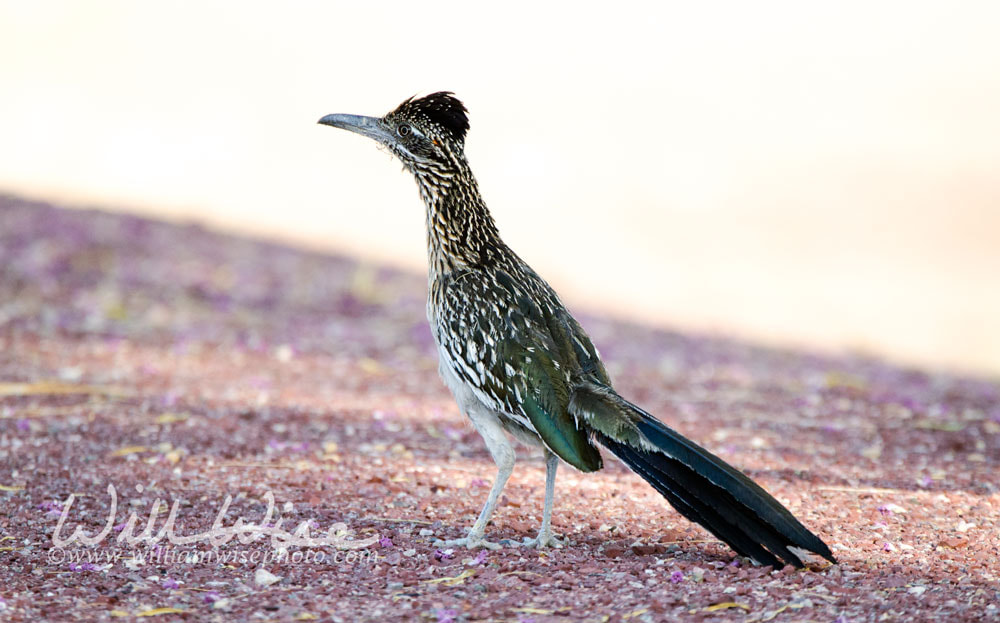 The greater roadrunner, Geococcyx californianus, is a long-legged bird in the cuckoo family, Cuculidae, from Southwestern United States and Mexico. The Latin name means `Californian earth-cuckoo`. Photographed in the arid scrub desert of Tucson in southeastern Arizona, USA. Sonoran desert and Rincon Mountain landscapes. FRIDAY, JUNE 15- Mostly cloudy, with a high near 92. 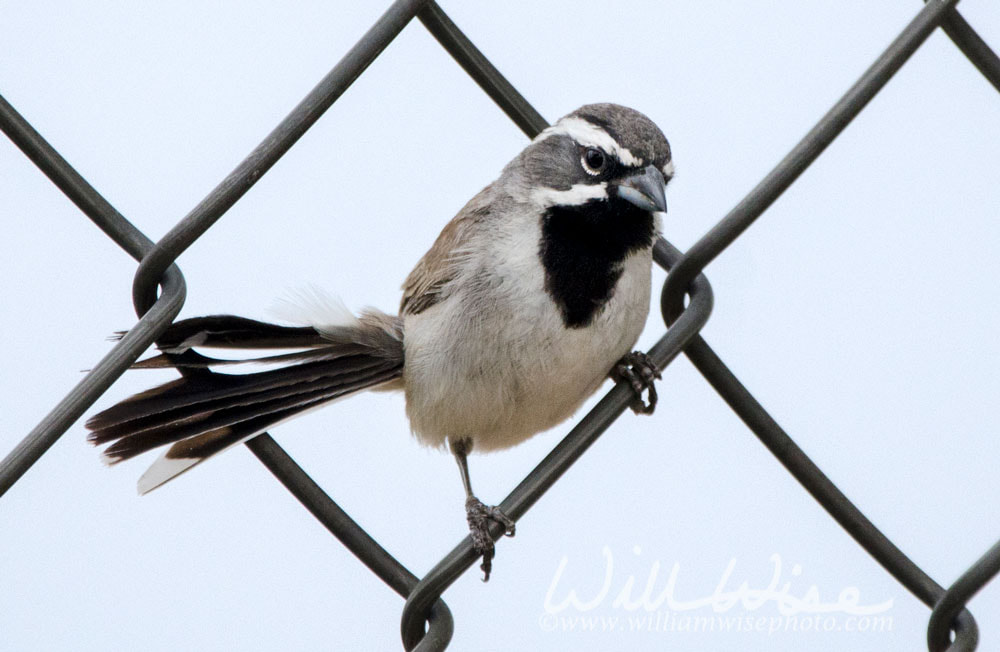 Black-throated Sparrow, Amphispiza bilineata. The black-throated sparrow is a small American sparrow primarily found in the southwestern United States and Mexico. It is sometimes referred to as the desert sparrow, due to its preferred habitat of arid desert hillsides and scrub. Photographed in the arid scrub desert of Tucson in southeastern Arizona, USA. 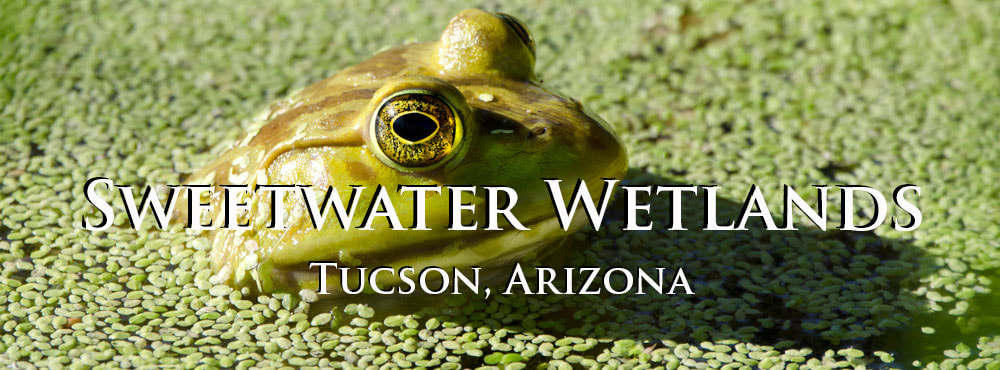 William Wise Photo Nature Notes is a wildlife, birding and nature photography blog documenting the beauty, design and wonder of God’s creation. -- "What a wildly wonderful world, God! You made it all, with Wisdom at Your side, made earth overflow with your wonderful creations." Psalms 104 The Message 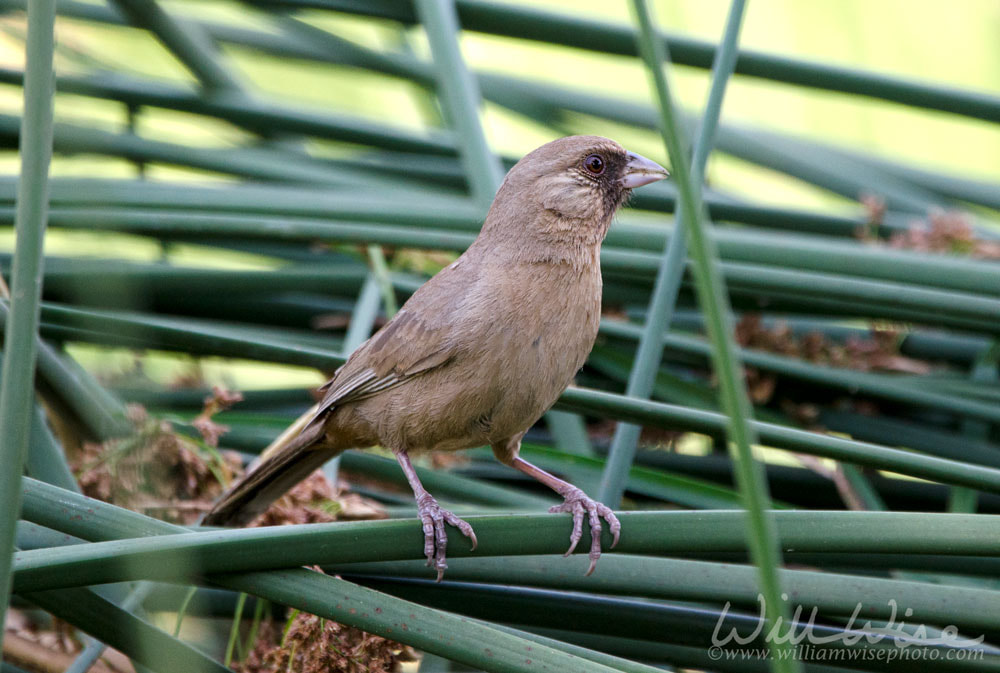 The Abert`s towhee, Pipilo aberti, is a bird of the family Passerellidae, native to a small range in southwestern North America, generally the lower Colorado River and Gila River watersheds, nearly endemic to Arizona. Photographed in Sweetwater Wetlands, a reclaimed wastewater treatment facility managed for wildlife habitat in Tucson, Arizona. It is a stream riparian oasis in the southwestern desert. Duckweed filled ponds are surrounded by Cottonwood, Willow, Saltbush, Bulrush, Cattail, Mesquite and Wolfberry. Photographed in June 2018. Thursday, June 14 - Having some time in the afternoon, I made another visit to Sweetwater in the heat of the day. Although it was 106 degrees, the vegetation and the pools at this oasis kept it feeling cool in the shade. Most of the birds were hiding in the shady vegetation. 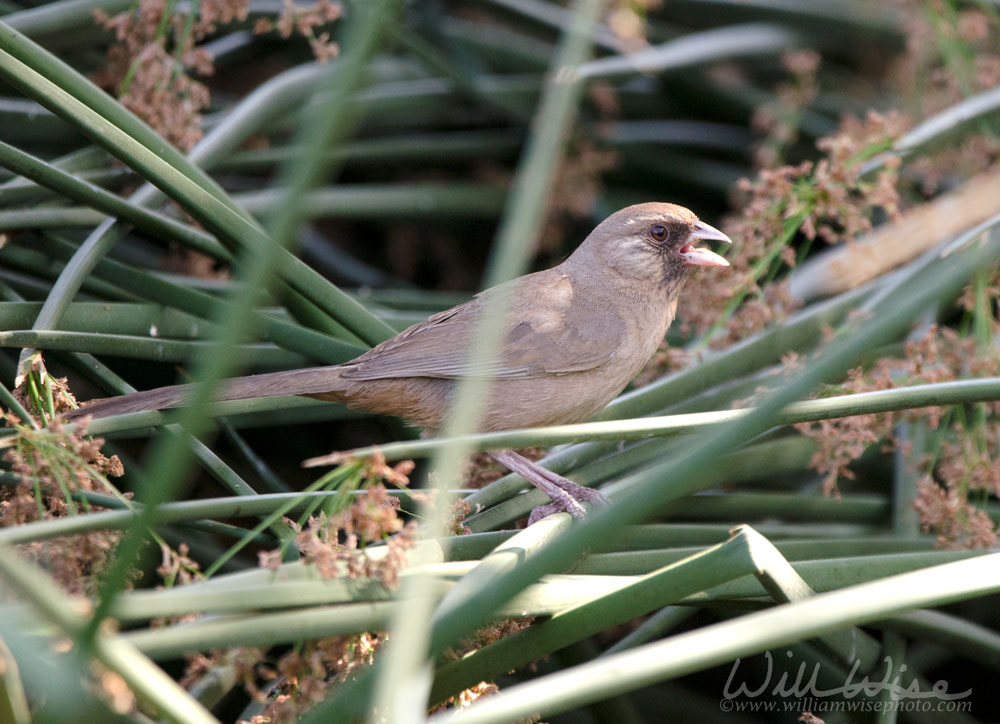 The Abert`s towhee, Pipilo aberti, is a bird of the family Passerellidae, native to a small range in southwestern North America, generally the lower Colorado River and Gila River watersheds, nearly endemic to Arizona. Photographed in Sweetwater Wetlands, a reclaimed wastewater treatment facility managed for wildlife habitat in Tucson, Arizona. 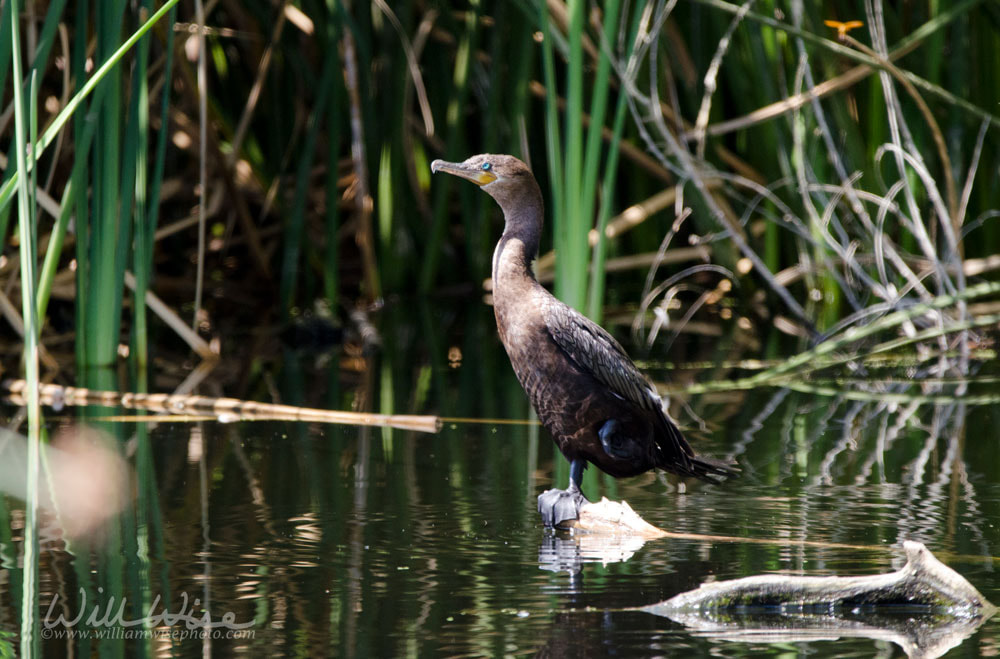 Neotropic Cormorant, Phalacrocorax brasilianus, on driftwood in a pond. A bird of the tropical waterways of Central and South America, the Neotropic Cormorant reaches the upper limits of its range in Texas and occasionally, the Great Plains. Although it superficially resembles North America`s other freshwater cormorant, the Double-crested Cormorant, the Neotropic Cormorant stands apart in various aspects of behavior, as well as range. Sweetwater Wetlands is a reclaimed wastewater treatment facility managed for wildlife habitat in Tucson, Arizona. 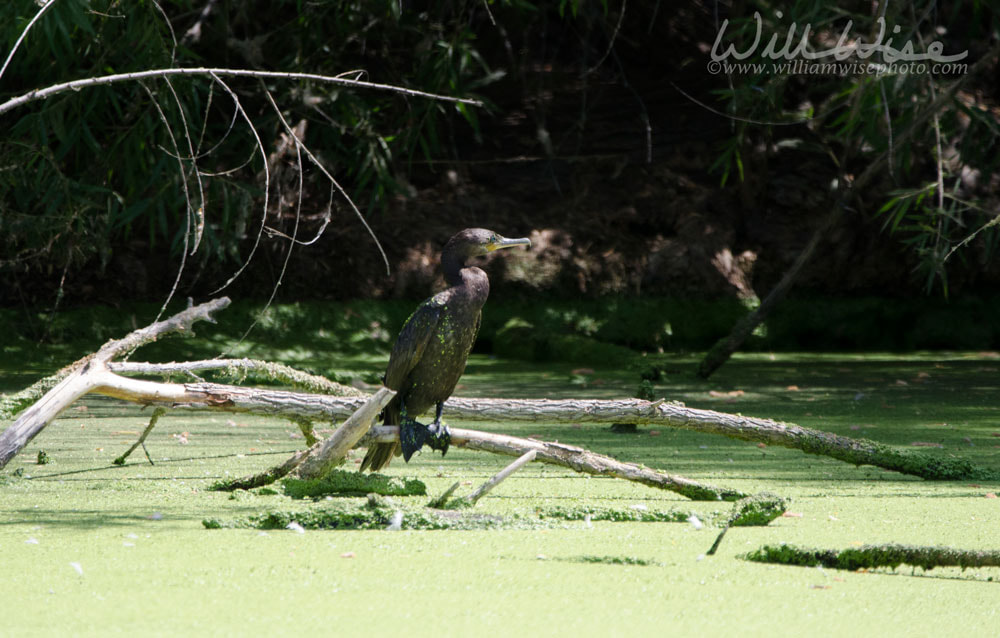 Neotropic Cormorant, Phalacrocorax brasilianus, on driftwood in a pond. A bird of the tropical waterways of Central and South America, the Neotropic Cormorant reaches the upper limits of its range in Texas and occasionally, the Great Plains. Although it superficially resembles North America`s other freshwater cormorant, the Double-crested Cormorant, the Neotropic Cormorant stands apart in various aspects of behavior, as well as range. Sweetwater Wetlands is a reclaimed wastewater treatment facility managed for wildlife habitat in Tucson, Arizona.  William Wise Photo Nature Notes is a wildlife, birding and nature photography blog documenting the beauty, design and wonder of God’s creation. -- "What a wildly wonderful world, God! You made it all, with Wisdom at Your side, made earth overflow with your wonderful creations." Psalms 104 The Message Each morning at 5:30 AM during my weeklong stay in Tucson for our International Bible Conference, I took a walk down Medina Rd near the Tucson airport. Several desert species of birds inhabited the scrub within the vacant industrial lots. Pima County, Arizona; Wednesday, June 13, 2018. 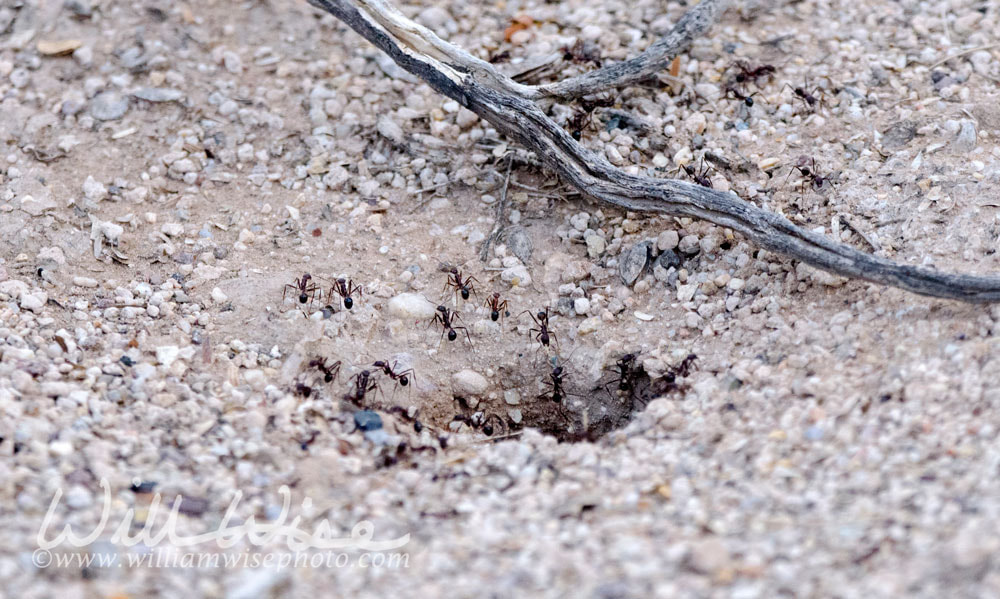 Harvester ants crawling into a hole in the dirt. Aphaenogaster are called `harvester ants` because they gather and eat seeds. Aphaenogaster are most common in less disturbed areas outside the city of Tucson, but they also occur within the city itself. They tolerate high temperatures and can be found foraging on very hot days. Look for single workers collecting seeds, or for their nest entrances, which are large holes in the ground surrounded by pebbles. These ants can bite, but do not sting.  William Wise Photo Nature Notes is a wildlife, birding and nature photography blog documenting the beauty, design and wonder of God’s creation. -- "What a wildly wonderful world, God! You made it all, with Wisdom at Your side, made earth overflow with your wonderful creations." Psalms 104 The Message Each morning at 5:30 AM during my weeklong stay in Tucson for our International Bible Conference, I took a walk down Medina Rd near the Tucson airport. Several species of desert birds inhabited the scrub even within these urban, vacant industrial lots. 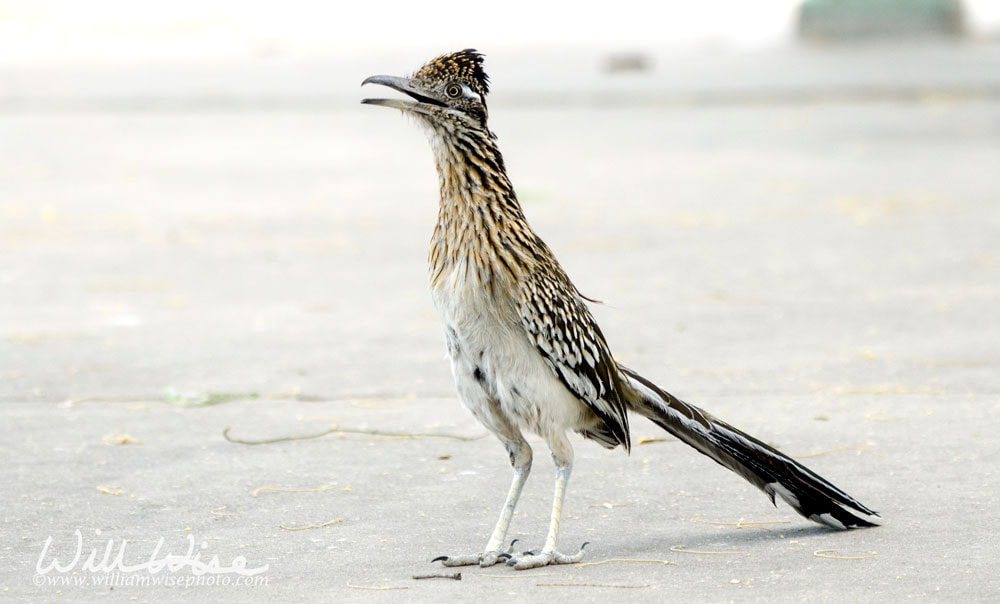 The greater roadrunner, Geococcyx californianus, is a long-legged bird in the cuckoo family, Cuculidae, from Southwestern United States and Mexico. The Latin name means `Californian earth-cuckoo`. Photographed in Sweetwater Wetlands, a reclaimed wastewater treatment facility managed for wildlife habitat in Tucson, Arizona. It is a stream riparian oasis in the southwestern desert. Duckweed filled ponds are surrounded by Cottonwood, Willow, Saltbush, Bulrush, Cattail, Mesquite and Wolfberry. Photographed in June 2018.  William Wise Photo Nature Notes is a wildlife, birding and nature photography blog documenting the beauty, design and wonder of God’s creation. -- "What a wildly wonderful world, God! You made it all, with Wisdom at Your side, made earth overflow with your wonderful creations." Psalms 104 The Message 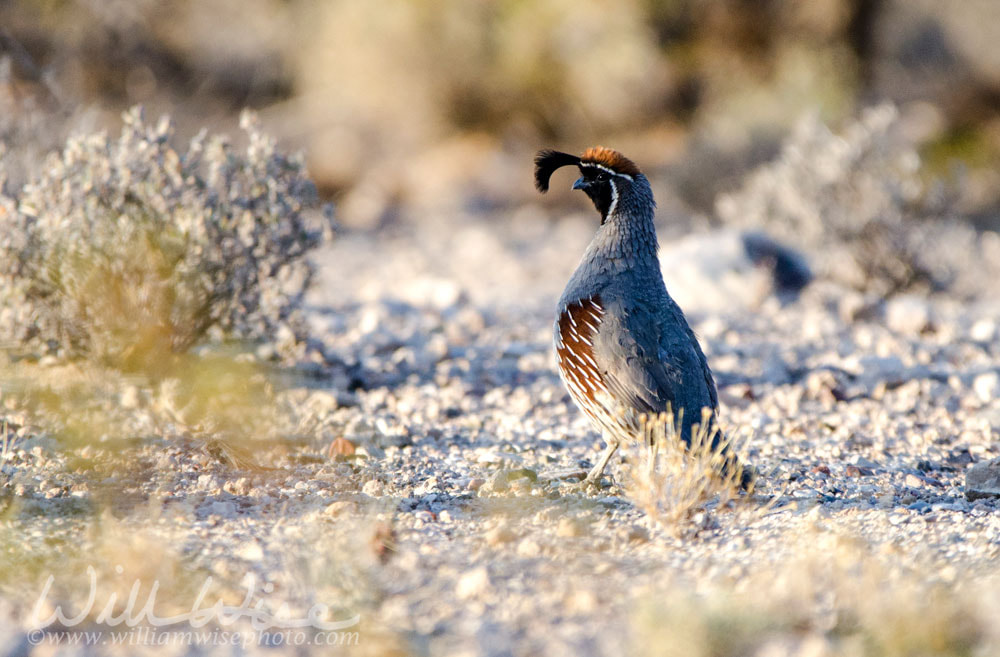 The Gambel`s quail, Callipepla gambelii, is a small ground-dwelling bird in the desert regions of Arizona, California, Colorado, New Mexico, Nevada, Utah, Texas, and Sonora. Photographed in the arid scrub Desert of Tucson in Pima County in southeastern Arizona, USA. Sonoran desert and Rincon Mountain landscapes. Each morning at 5:30 AM during my weeklong stay in Tucson for our International Bible Conference, I took a walk down Medina Rd near the Tucson airport. Several desert species of birds inhabited the scrub within the vacant industrial lots. Pima County, Arizona; Tuesday, June 12, 2018. 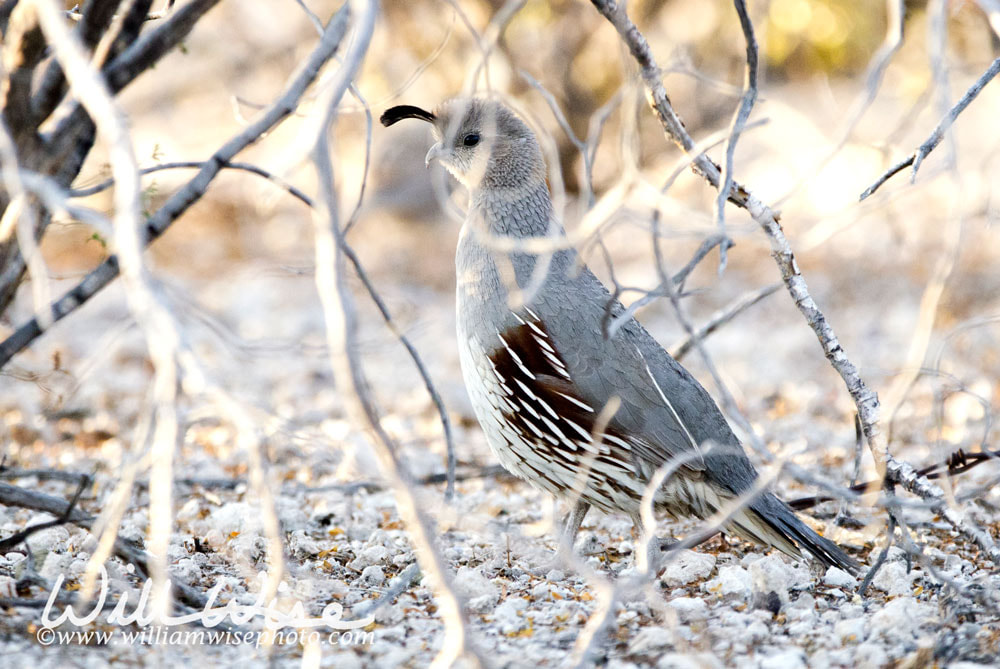 The Gambel`s quail, Callipepla gambelii, is a small ground-dwelling bird in the desert regions of Arizona, California, Colorado, New Mexico, Nevada, Utah, Texas, and Sonora. Photographed in the arid scrub Desert of Tucson in Pima County in southeastern Arizona, USA. Sonoran desert and Rincon Mountain landscapes. 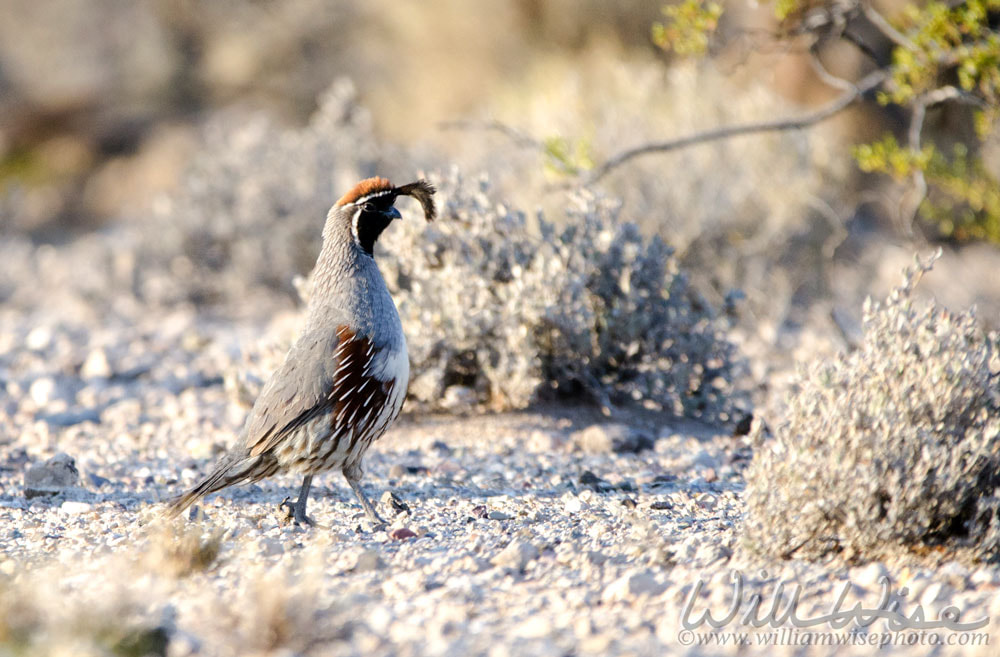 The Gambel`s quail, Callipepla gambelii, is a small ground-dwelling bird in the desert regions of Arizona, California, Colorado, New Mexico, Nevada, Utah, Texas, and Sonora. Photographed in the arid scrub Desert of Tucson in Pima County in southeastern Arizona, USA. Sonoran desert and Rincon Mountain landscapes. 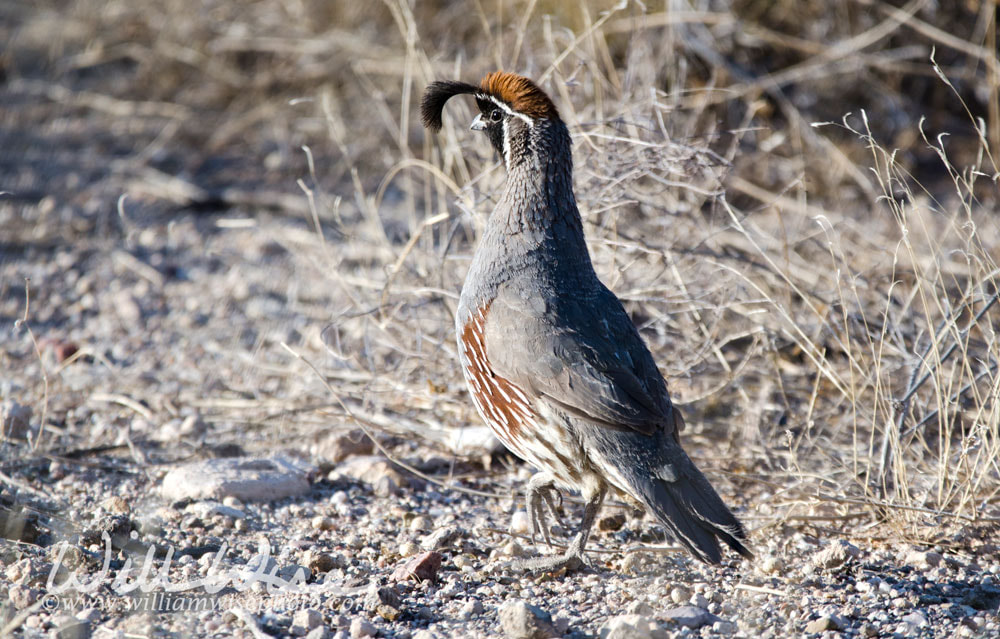 The Gambel`s quail, Callipepla gambelii, is a small ground-dwelling bird. It inhabits the desert regions of Arizona, California, Colorado, New Mexico, Nevada, Utah, Texas, and Sonora. Photographed in the arid scrub desert of Tucson in southeastern Arizona, USA. Sonoran desert and Rincon Mountain landscapes. Saguaro National Park. 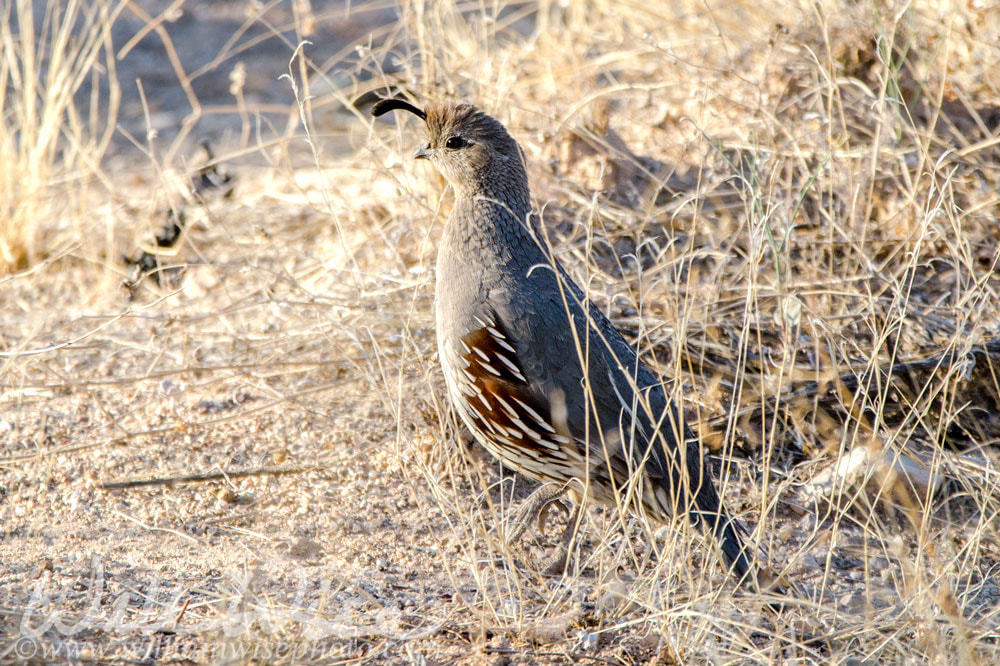 The Gambel`s quail, Callipepla gambelii, is a small ground-dwelling bird. It inhabits the desert regions of Arizona, California, Colorado, New Mexico, Nevada, Utah, Texas, and Sonora. Photographed in the arid scrub desert of Tucson in southeastern Arizona, USA. Sonoran desert and Rincon Mountain landscapes. Saguaro National Park. 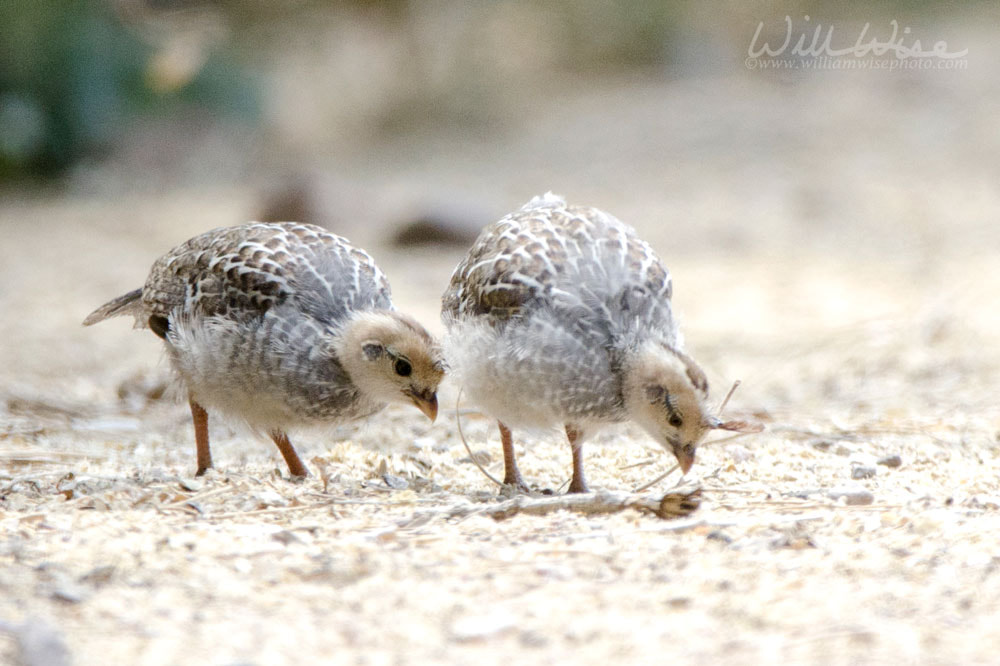 The Gambel`s quail, Callipepla gambelii, is a small ground-dwelling bird. It inhabits the desert regions of Arizona, California, Colorado, New Mexico, Nevada, Utah, Texas, and Sonora. nnPhotographed in Sweetwater Wetlands Park, a reclaimed wastewater treatment facility managed for wildlife habitat in Tucson, Arizona. It is a stream riparian oasis in the southwestern desert. Photographed in June 2018.  William Wise Photo Nature Notes is a wildlife, birding and nature photography blog documenting the beauty, design and wonder of God’s creation. -- "What a wildly wonderful world, God! You made it all, with Wisdom at Your side, made earth overflow with your wonderful creations." Psalms 104 The Message At 11:00 AM, we arrived at Colossal Cave Mountain park about an hour-and-a-half ahead of the rest of our friends from church. So we took a short mountain desert hike up the Arizona Trail. It was such a stereotypical southwestern desert scene! A hot, bright high noon sun overhead; burning sand and rocks underneath our feet; parched lips and not a spot of shade to be found. The desert mountains stretched off into the distance and a Turkey Vulture soared overhead. In this high heat, not a creature was stirring, not even a mouse! We hiked about a mile and turned back to meet our group. In a dry creek bed near the trail-head, I spotted a Blue Grosbeak singing in the scrub. I was sort of taken aback, for it was odd to see a regular visitor in my green Georgia backyard out in this dry, brown desert. Up at Colossal Cave entrance we met up with our friends. Our group being so large, my wife and I stayed back from touring the cave (which we had both been into before). More time for photography on the short nature trail! 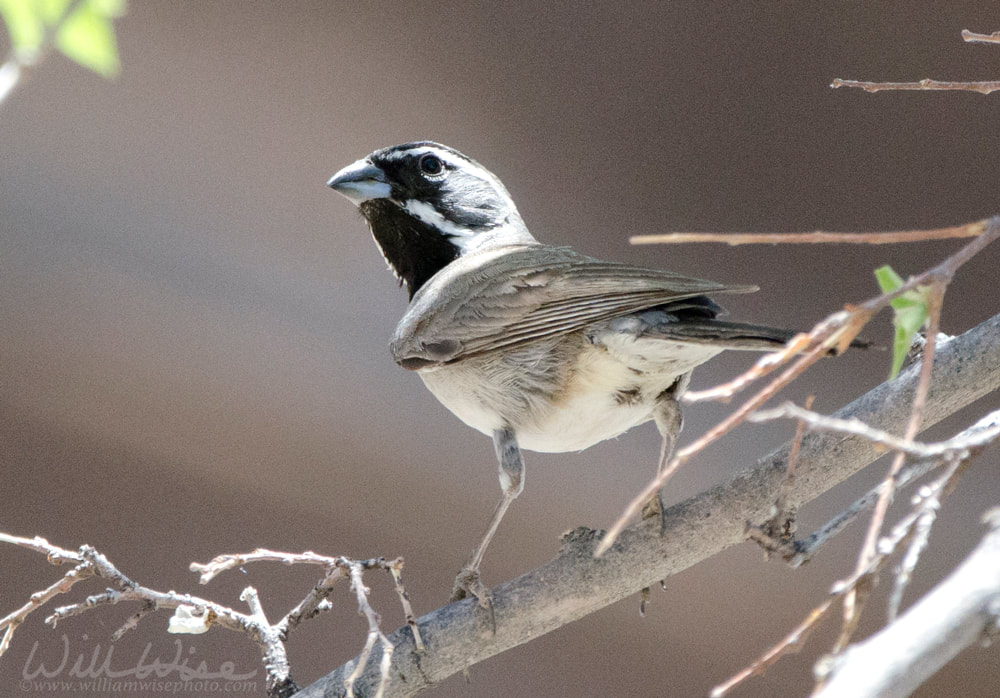 Black-throated Sparrow, Amphispiza bilineata. The black-throated sparrow is a small American sparrow primarily found in the southwestern United States and Mexico. It is sometimes referred to as the desert sparrow, due to its preferred habitat of arid desert hillsides and scrub. Photographed in Colossal Cave Mountain Park in the arid scrub desert of Tucson in southeastern Arizona, USA. On all my last visits to the Tucson International Bible Conference over the last 25 years of my salvation, reptiles were the focus of my desert treks, if time allowed for any treks at all. But with birding being my “new thing”, the afternoon was filled with excitement. So many Life Birds! One special shot in particular was of a Zone-tailed Hawk soaring overhead. A zoomed in display on the Nikon view screen showed a small lizard in the grip of his talons. 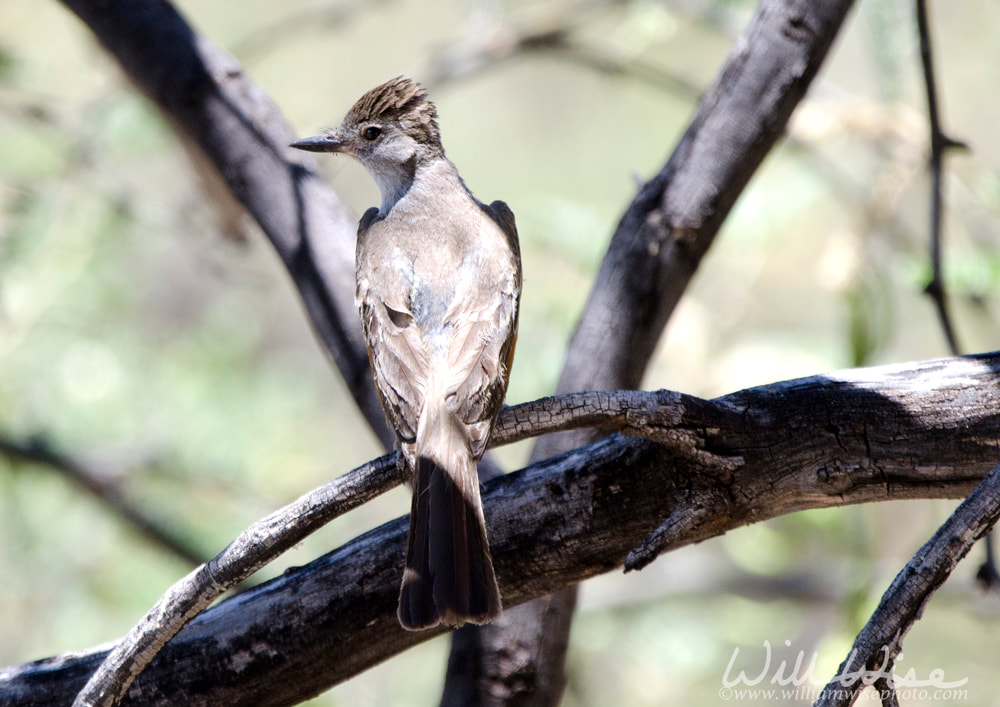 The ash-throated flycatcher, Myiarchus cinerascens, is a passerine bird in the tyrant flycatcher family. It breeds in desert scrub, riparian forest, brushy pastures and open woodland from the western United States to central Mexico. Photographed in Colossal Cave Mountain Park in the arid scrub desert of Tucson in southeastern Arizona, USA. The desert landscapes of Arizona are a different world than what I’m used to in the lush, green forests of Georgia. I especially love the varieties of cactus. And on this trip, I discovered another species that favors the cacti, and is aptly named the Cactus Wren, and is the state bird of Arizona. The Cactus Wren, Campylorhynchus brunneicapillus, is endemic to the southwest and northern Mexico. It can build its nest on the treacherous Jumping Cholla. I myself have been stuck by this formidable cactus and had to pull many tiny, well-planted spines out of my skin. But the Cactus Wren somehow knows how to avoid the spines of the Jumping Cholla. The cactus wren seems much larger than the wrens I’m used to in the southeastern United States. But like our wrens, they co-exist well with humans and often reside in their immediate vicinity, using man-made materials and structures for nesting. - Sunny and hot, with a high near 105. Light and variable wind becoming west northwest 5 to 7 mph in the afternoon.  William Wise Photo Nature Notes is a wildlife, birding and nature photography blog documenting the beauty, design and wonder of God’s creation. -- "What a wildly wonderful world, God! You made it all, with Wisdom at Your side, made earth overflow with your wonderful creations." Psalms 104 The Message 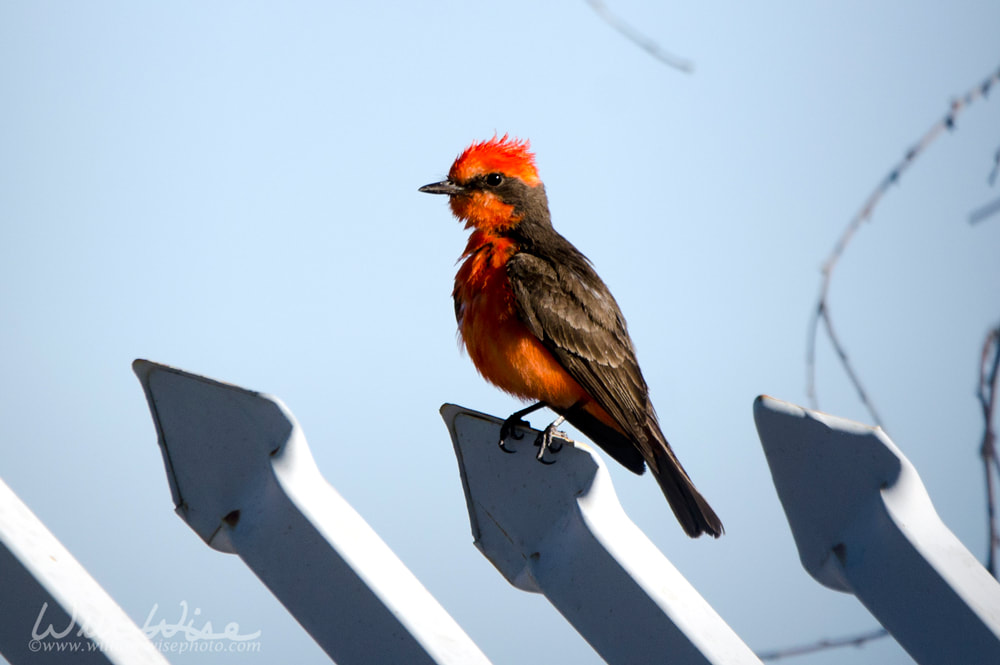 Vermilion flycatchers, Pyrocephalus obscurus, generally prefer somewhat open areas, and are found in trees or shrubs in savannah, scrub, agricultural areas, riparian woodlands, and desert as well, but usually near water. Their range includes almost all of Mexico; it extends north into the southwestern United States Monday, June 11I have increasingly become more and more addicted to birding. Why? What is the appeal? Perhaps it is because birding can be done anytime and anywhere. Unlike snakes (my first love) and the larger critters, birds can be found anywhere. Even on a stretch of industrial properties behind my hotel in Tucson, Arizona! Each morning at 5:30 AM during my weeklong stay in Tucson for our International Bible Conference, I took a walk down Medina Rd near the Tucson airport. Every walk yielded up new Life Birds and plenty of great photo opportunities. Although it would have been fun, I didn’t need to wander out into Saguaro National Park to find all these desert delights! - Walking down Medina Rd between Tucson Boulevard and Palo Verde Rd. Tuesday, June 12- Sunny and hot, high near 108. |
Categories
All
Archives
January 2025
|
|
All content is ©williamwisephoto.com. Please don't steal images. My images are available at dreamstime.com. Stock sales go into the shelter photography program.
|
In December 1993 I came to know the Designer and Creator of this wonderful planet and its creatures: Jesus Christ.
|
Donations help support the animal shelter adoption photography equipment and adoption website hosting and domain fees. Thanks for your support!
|





